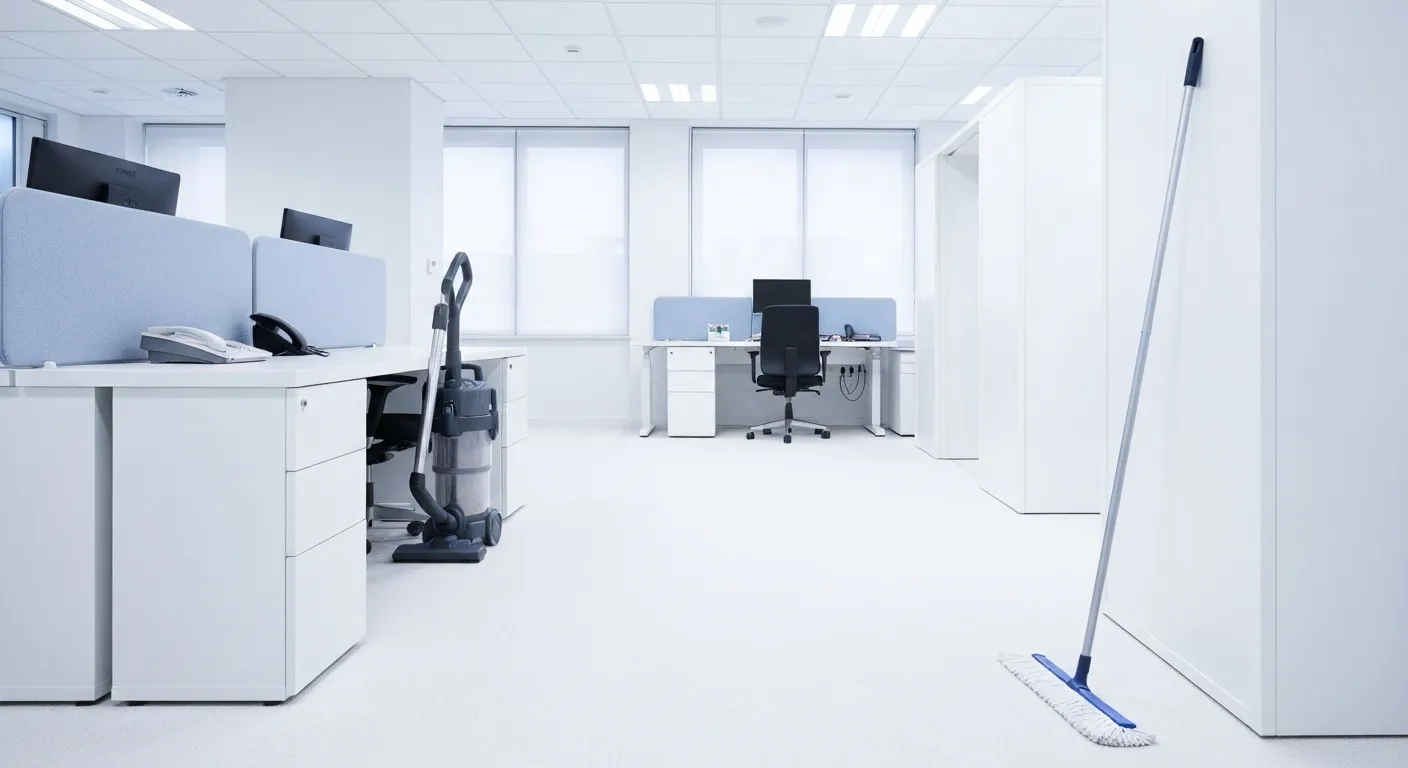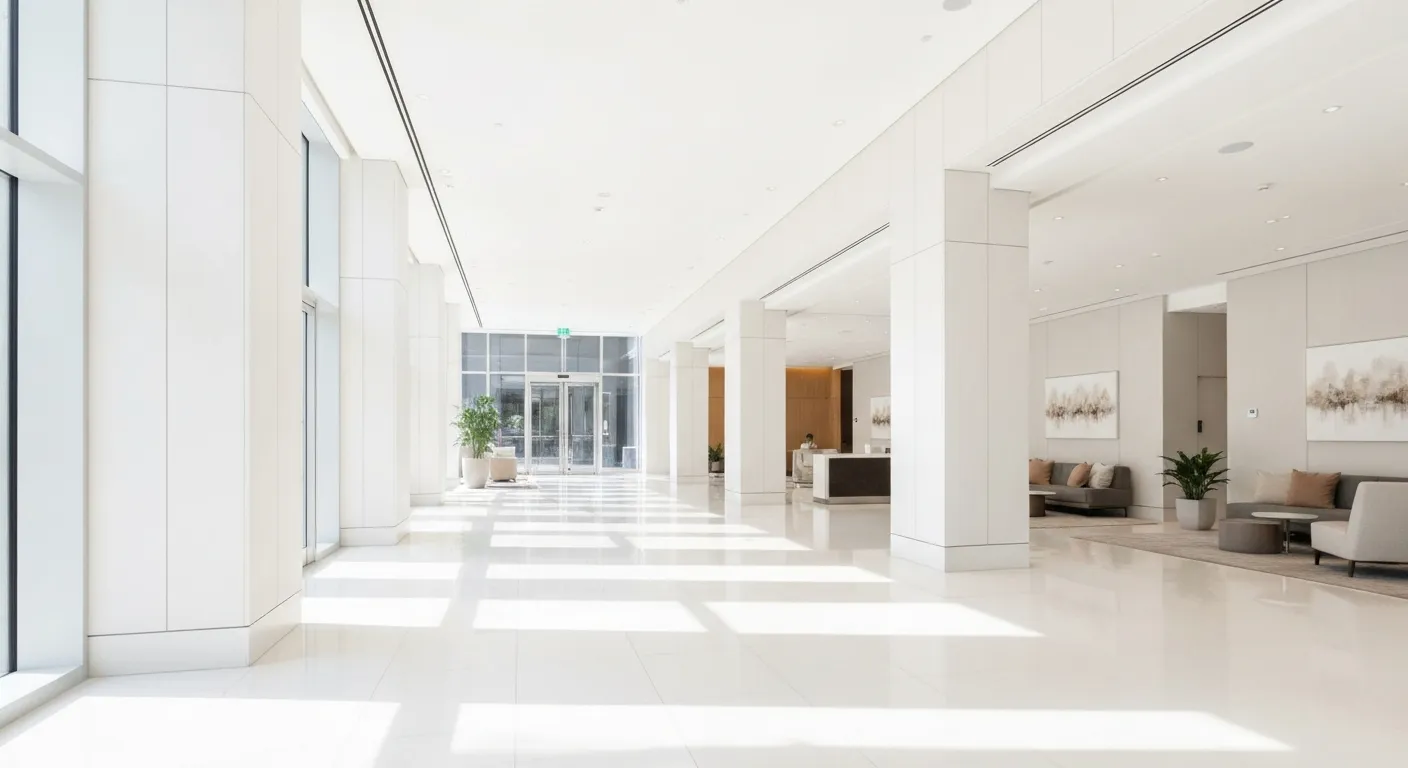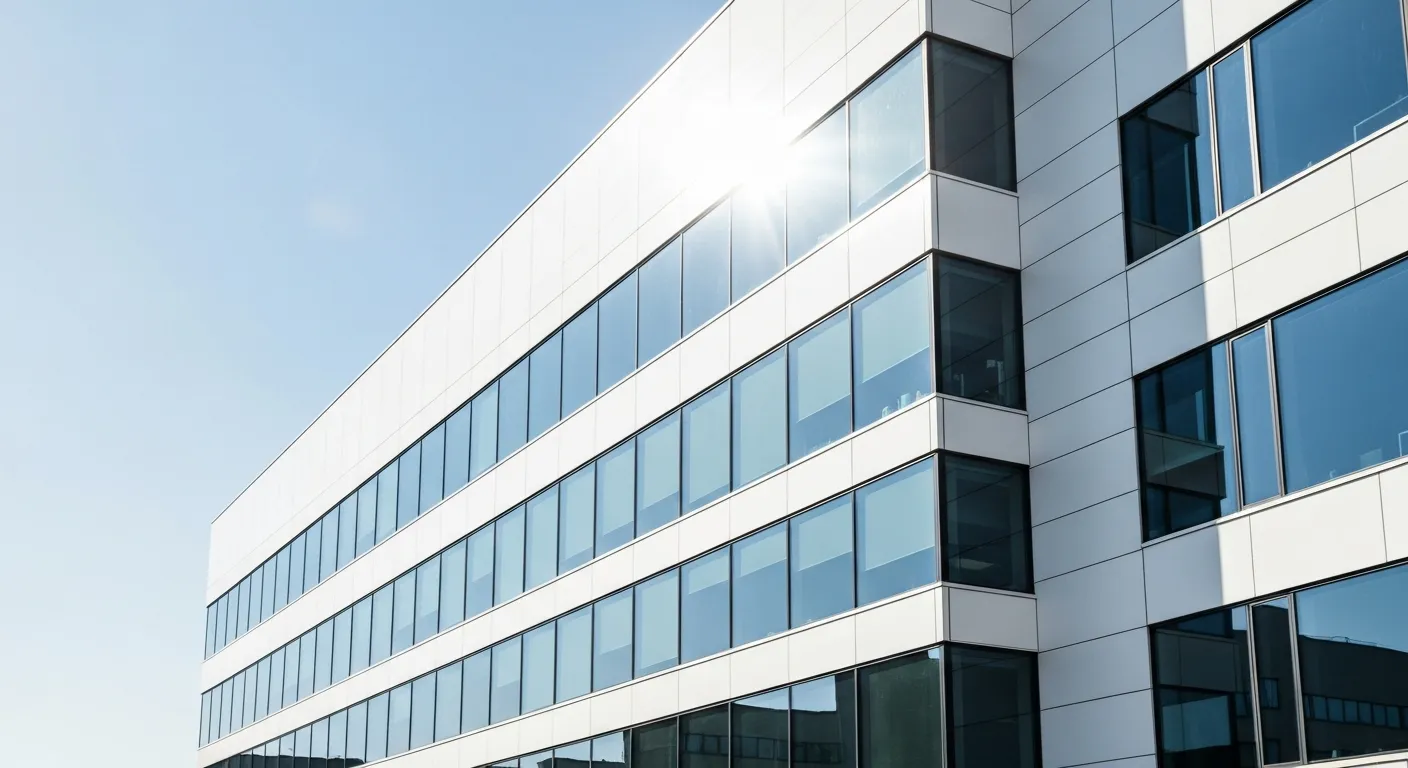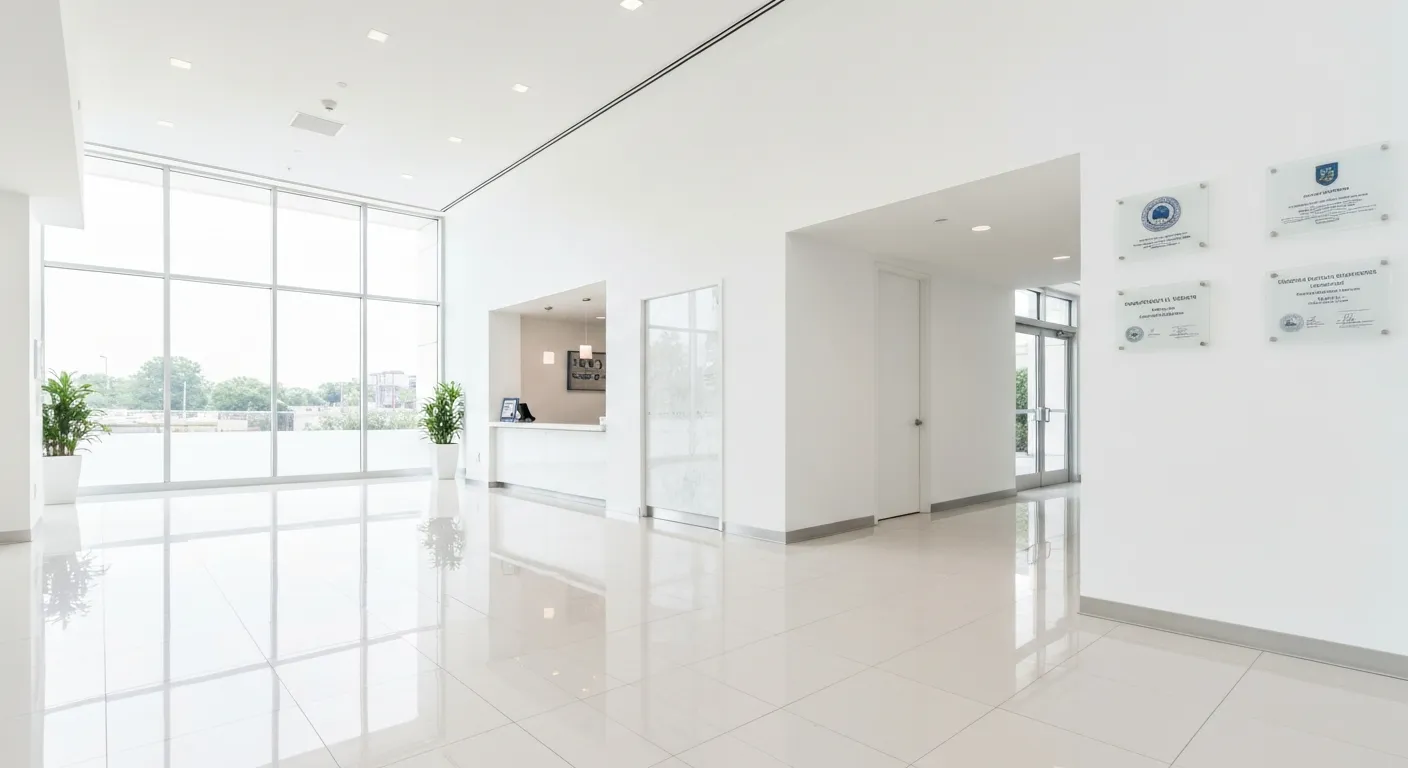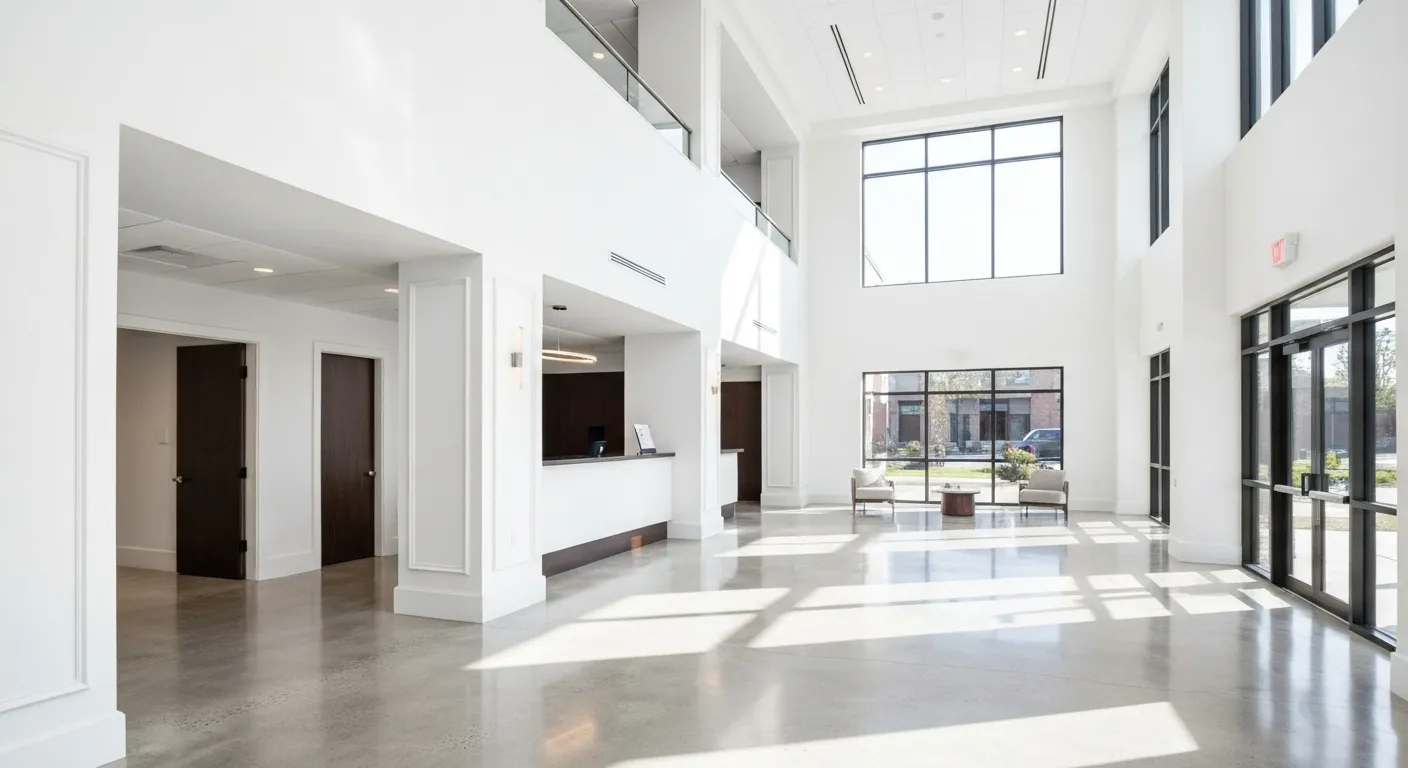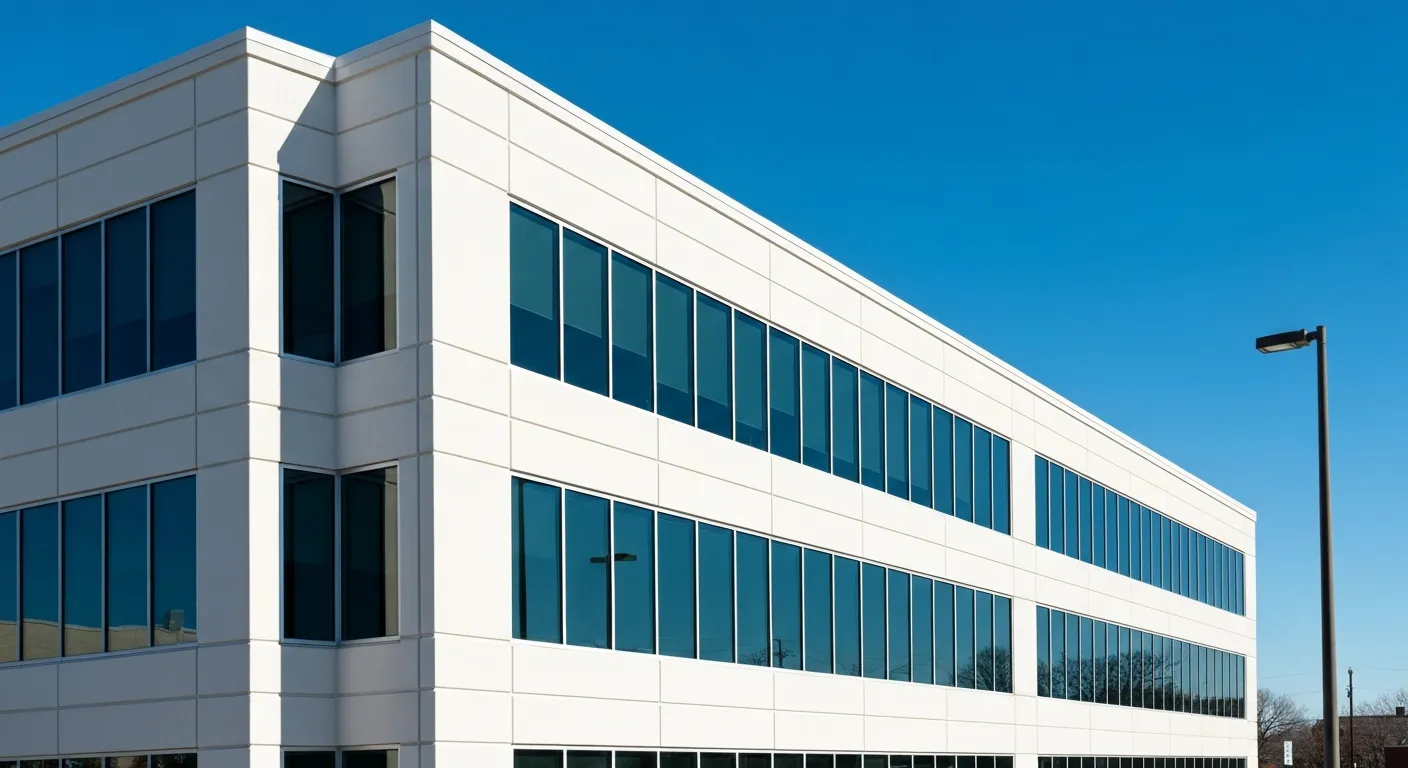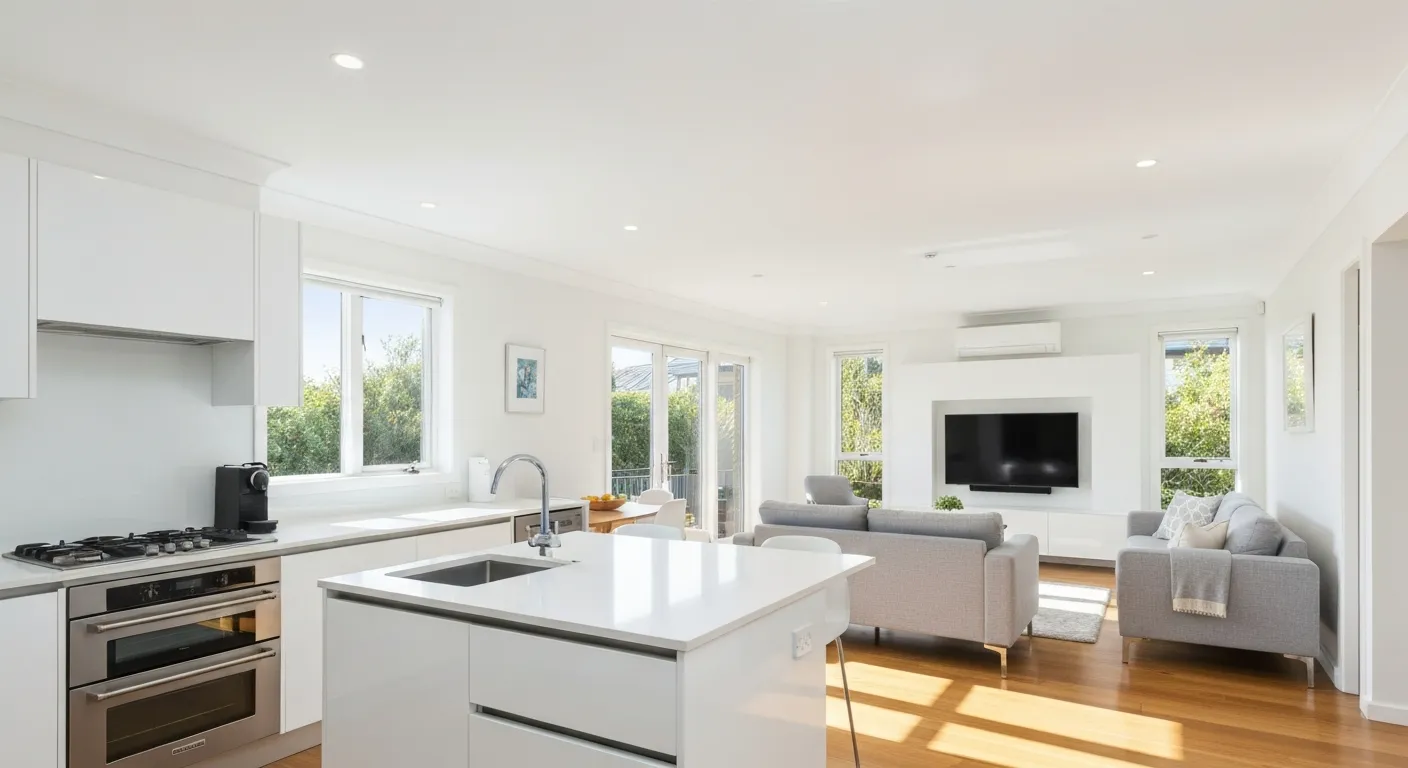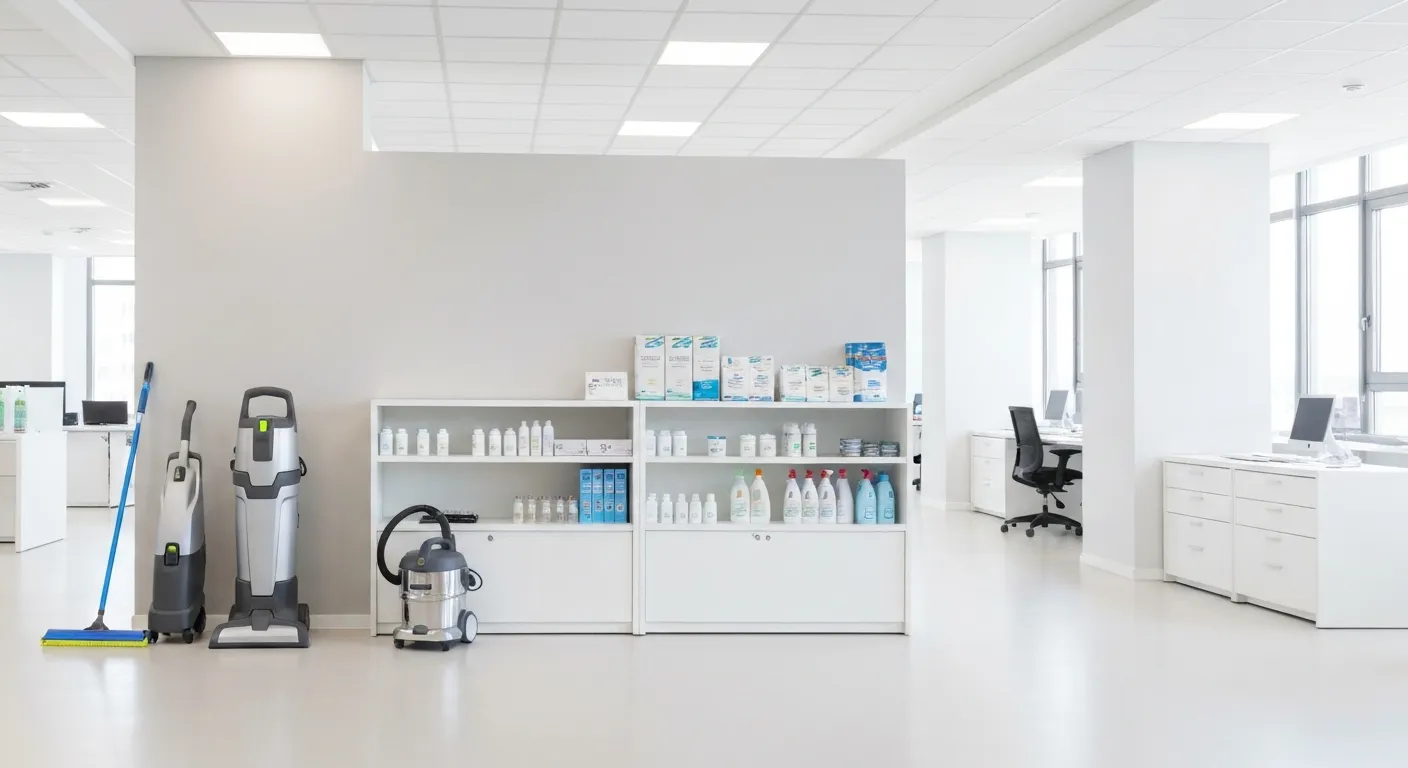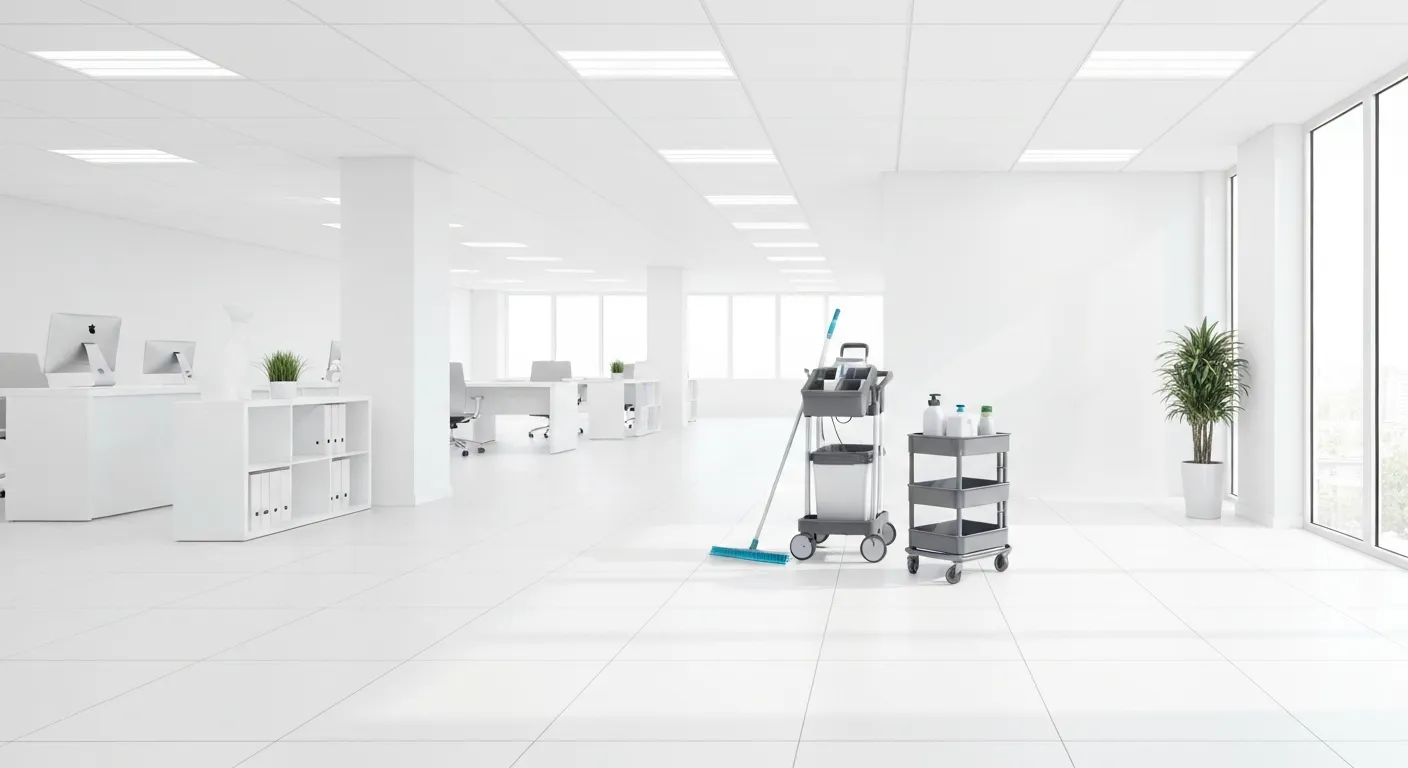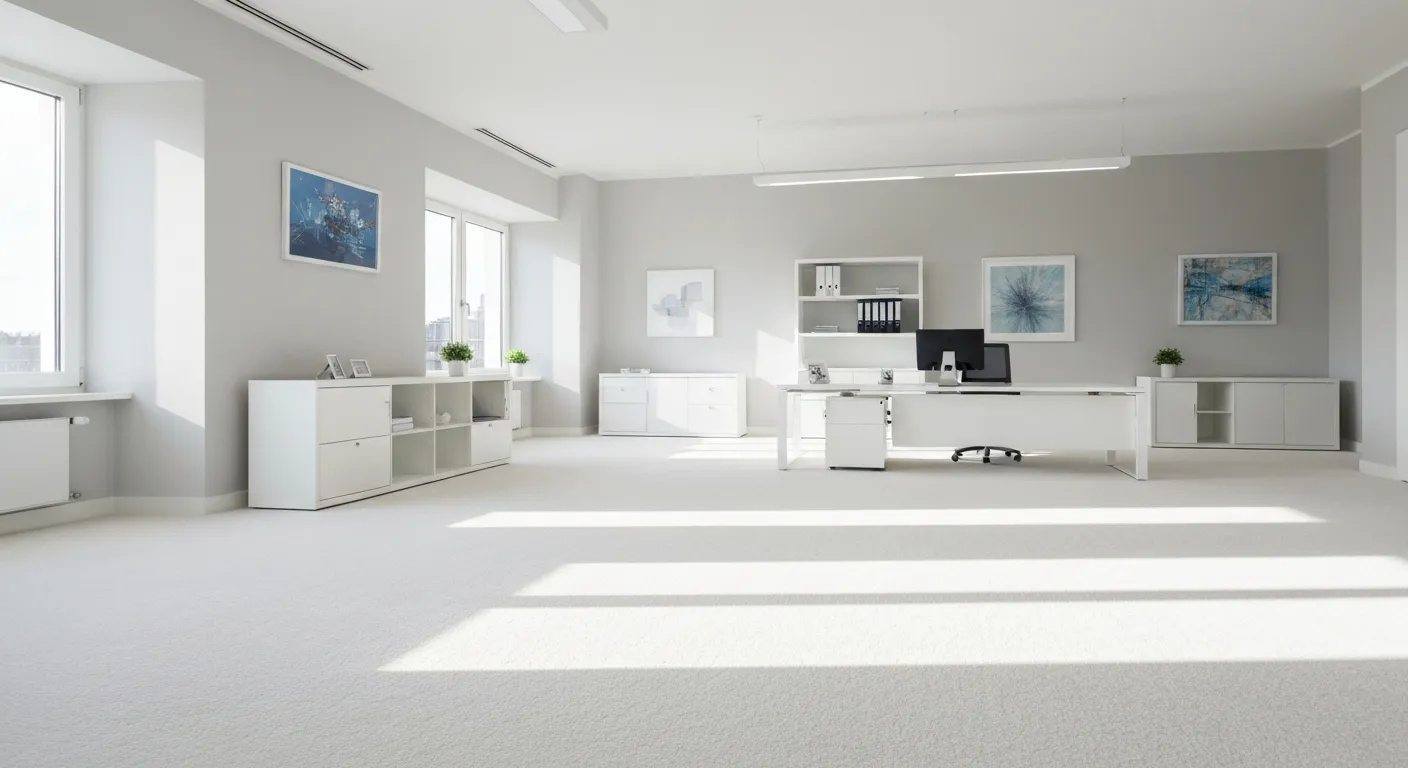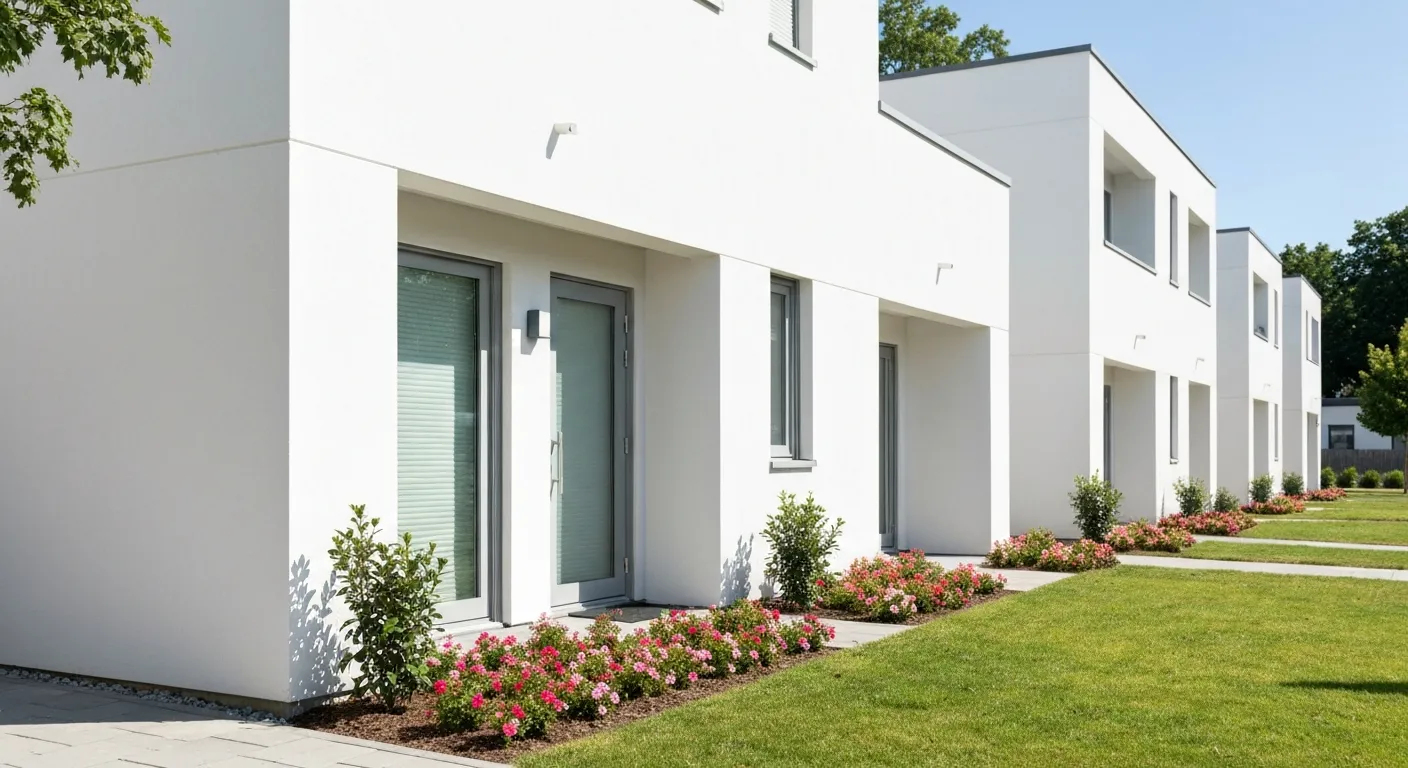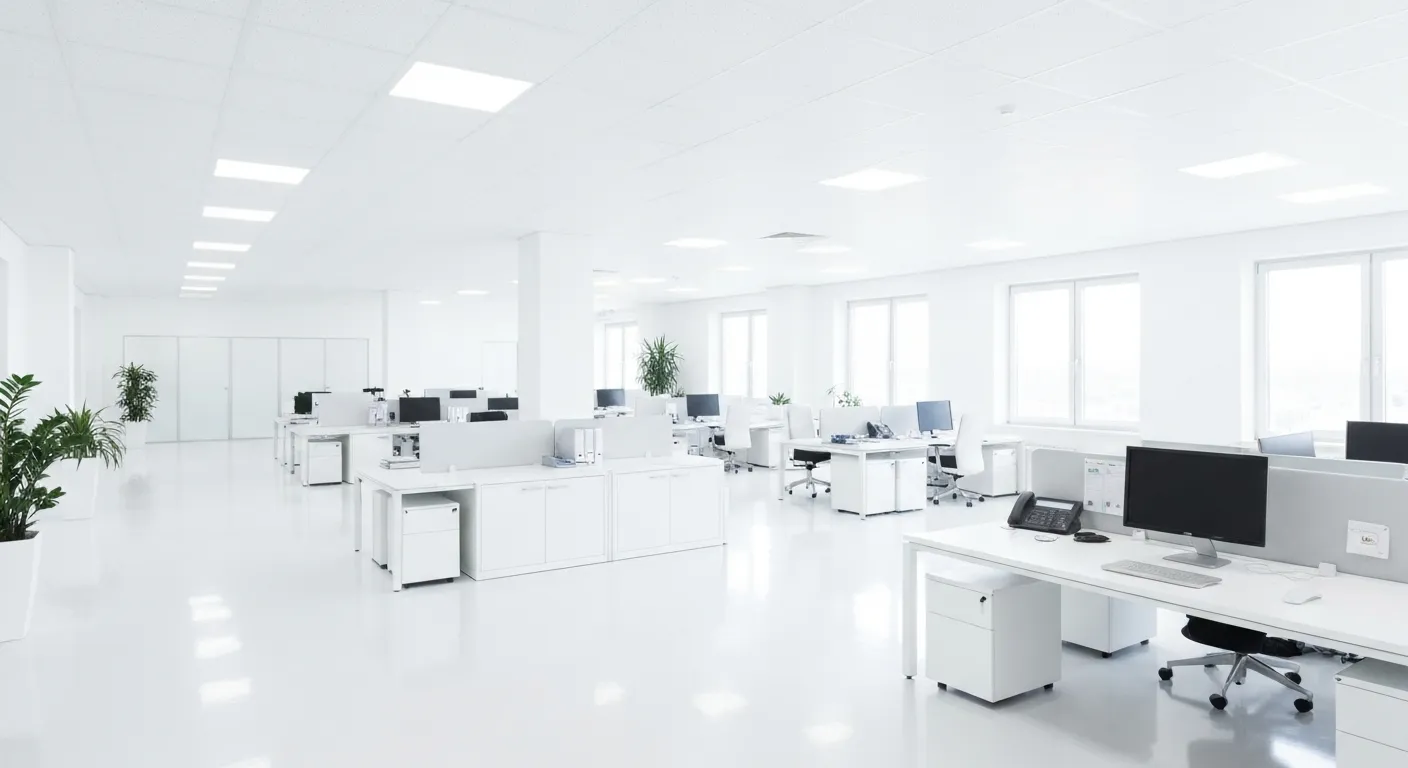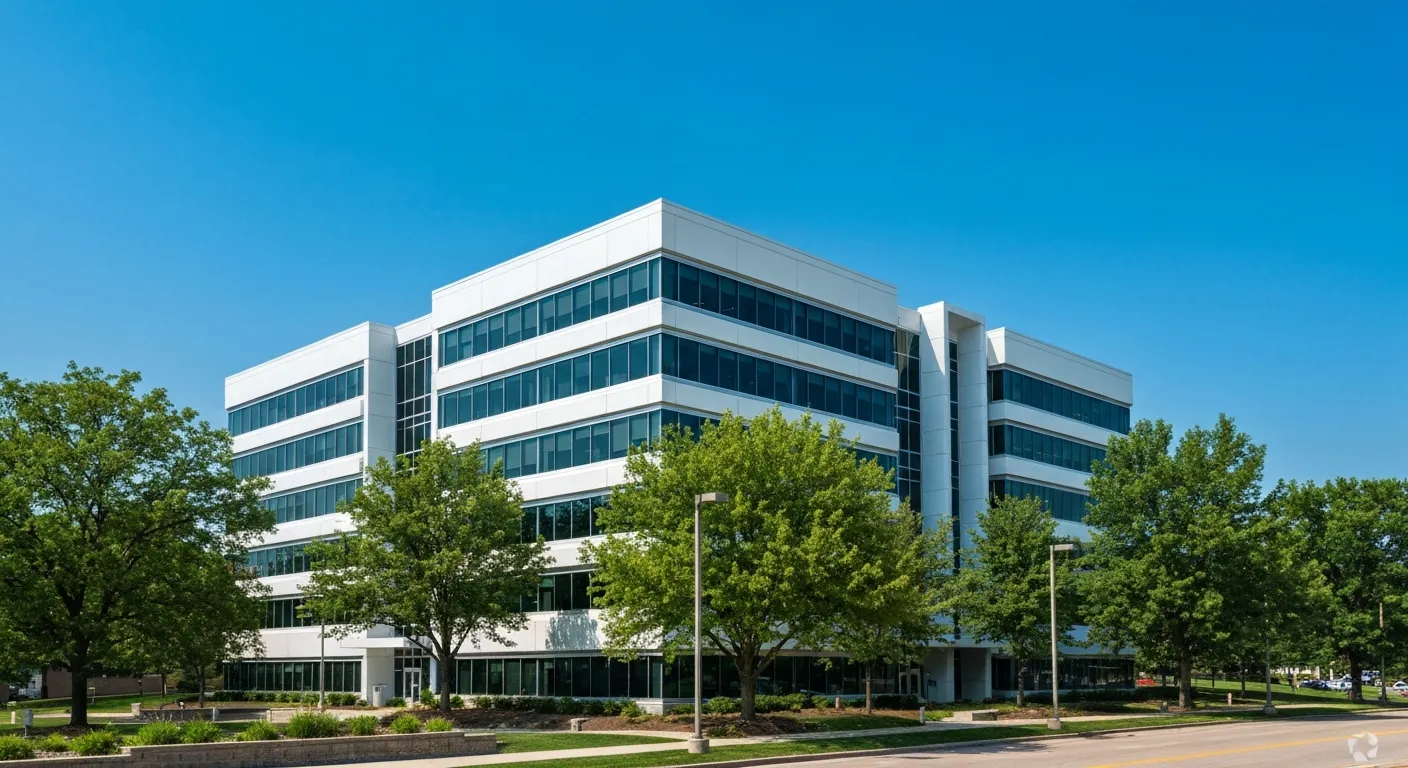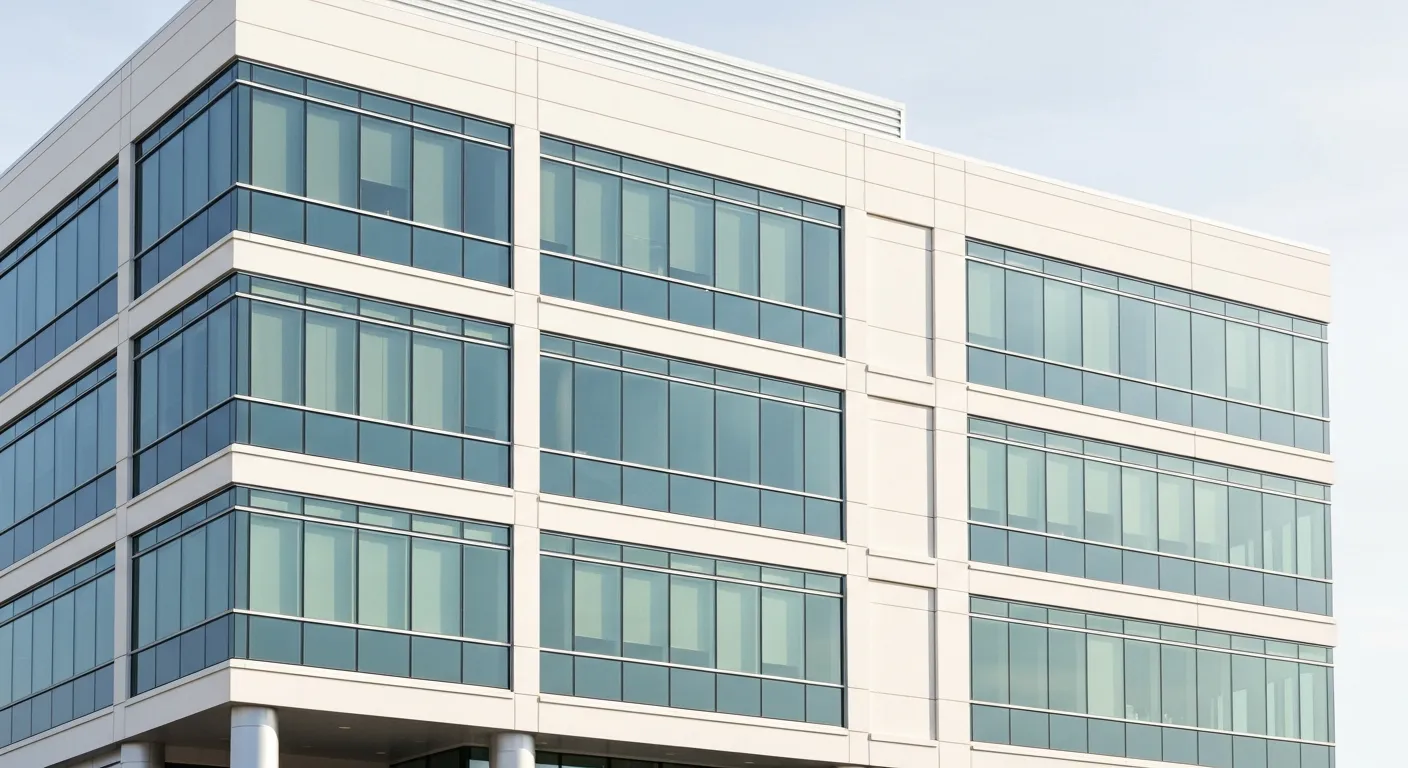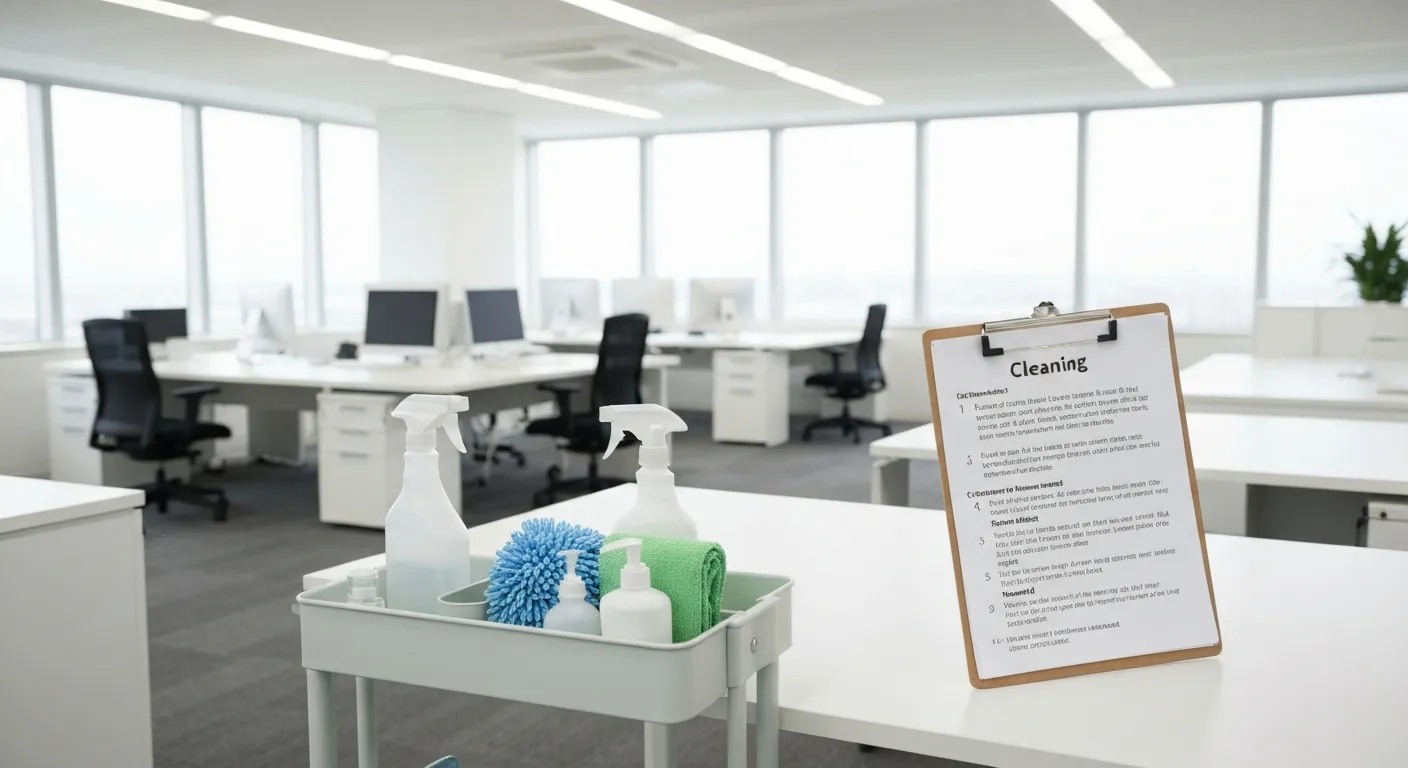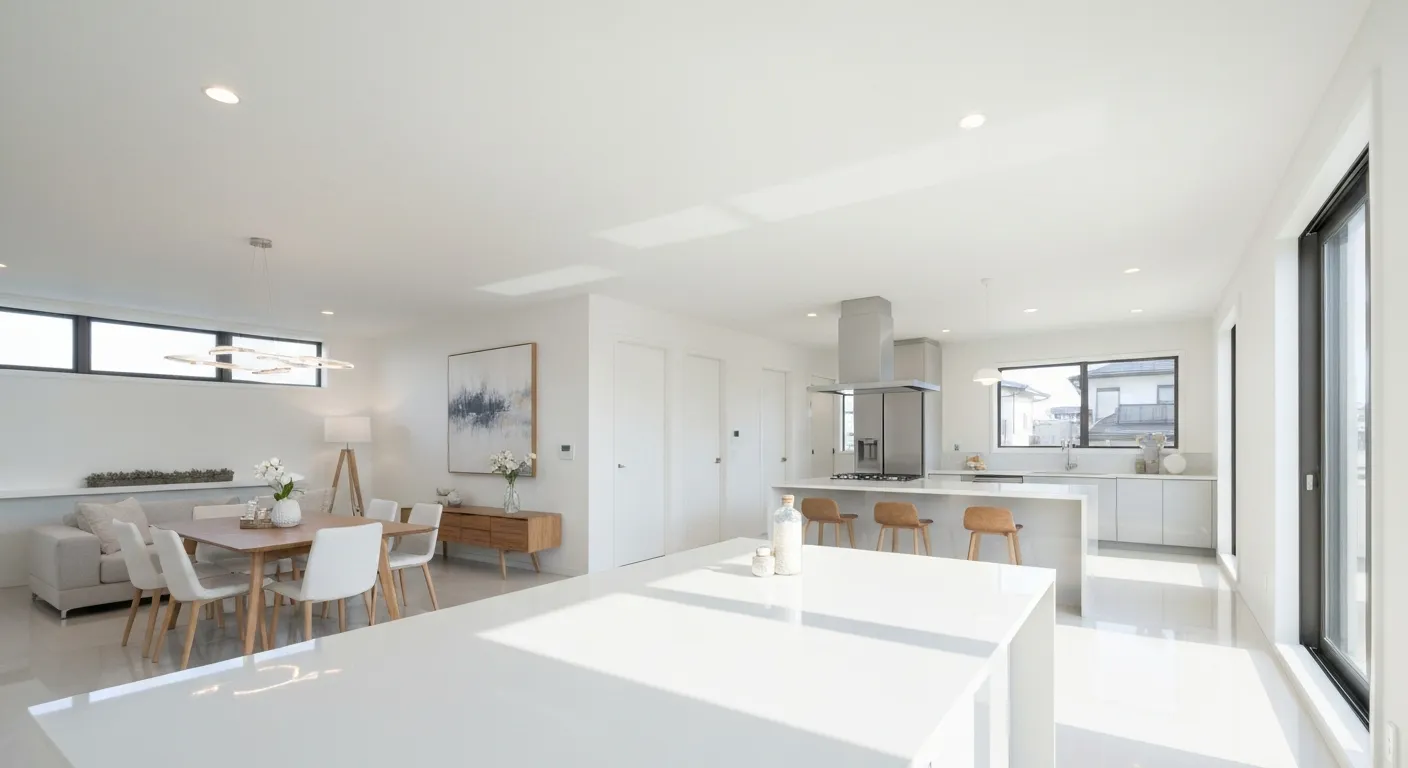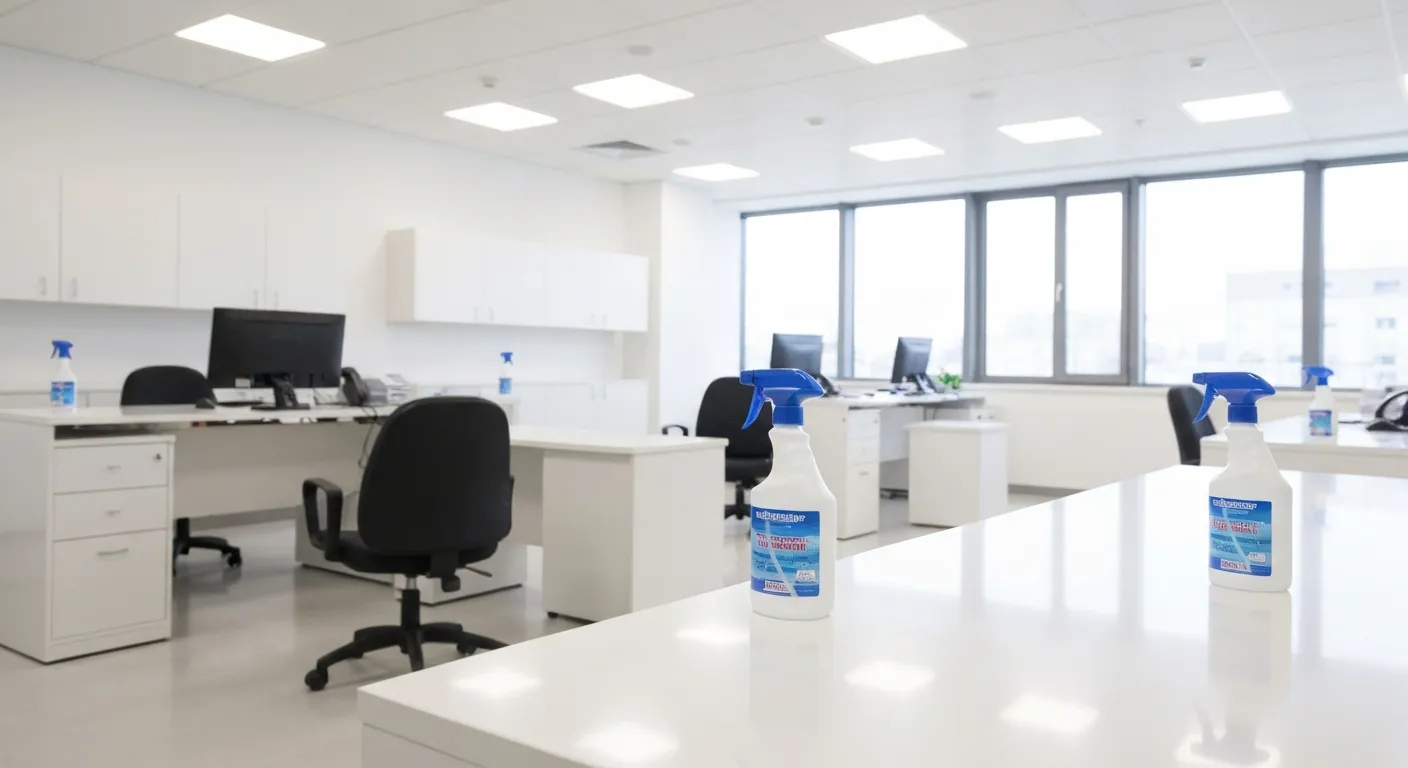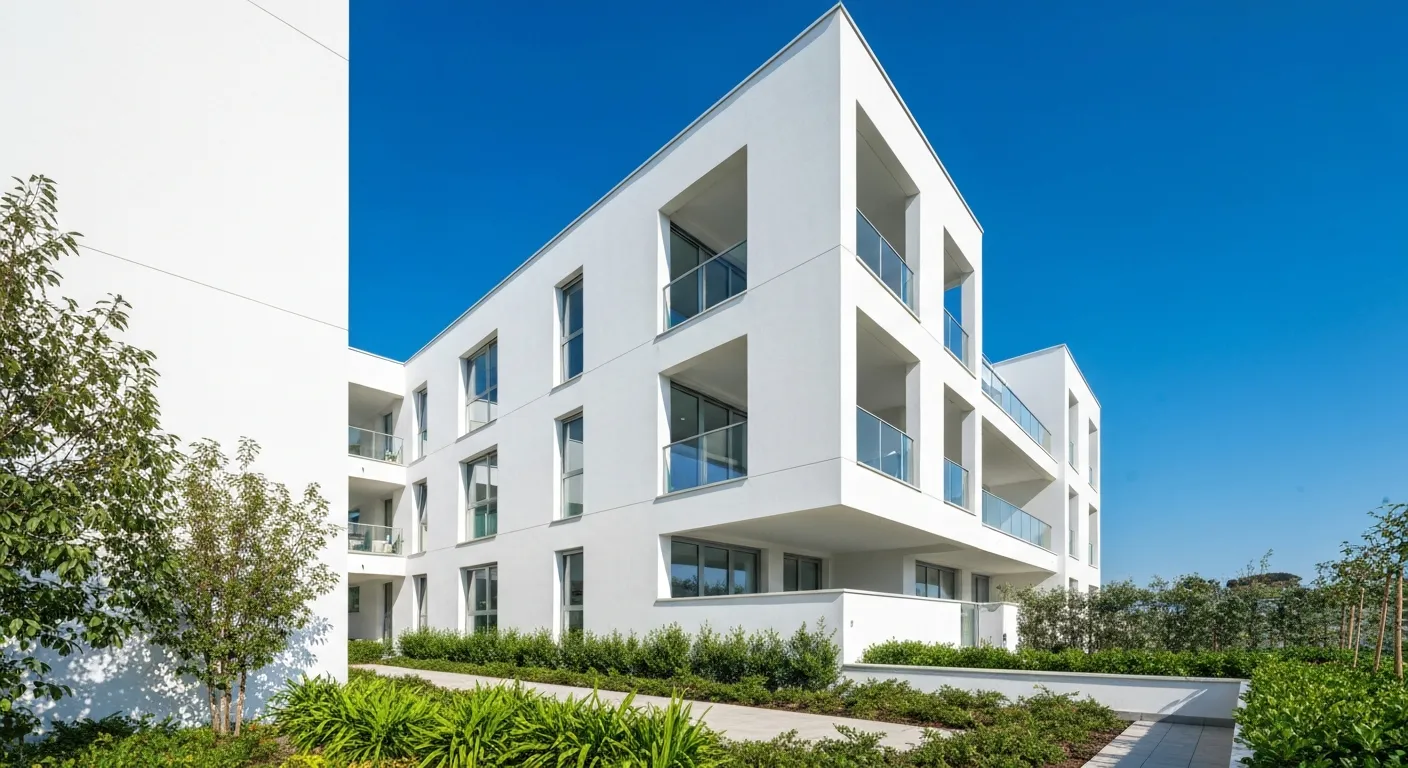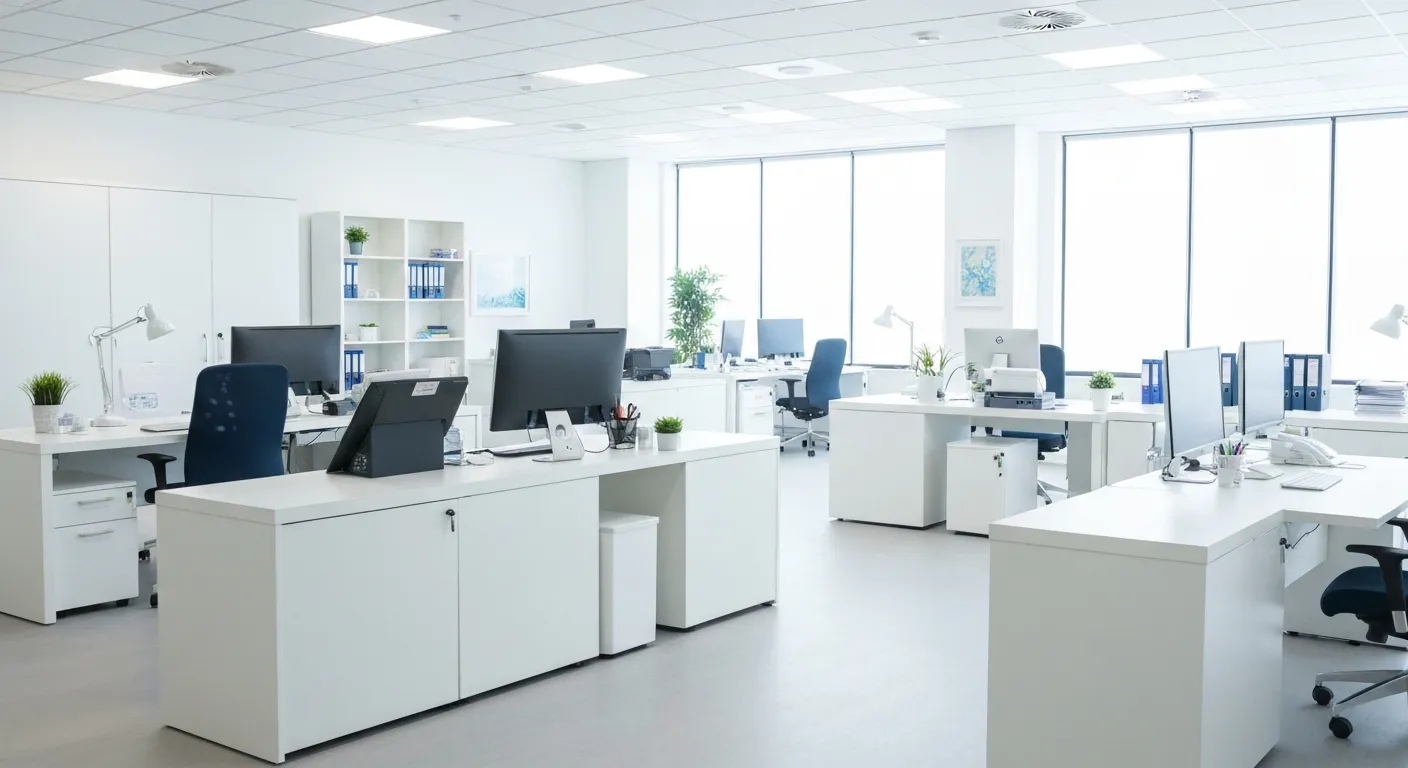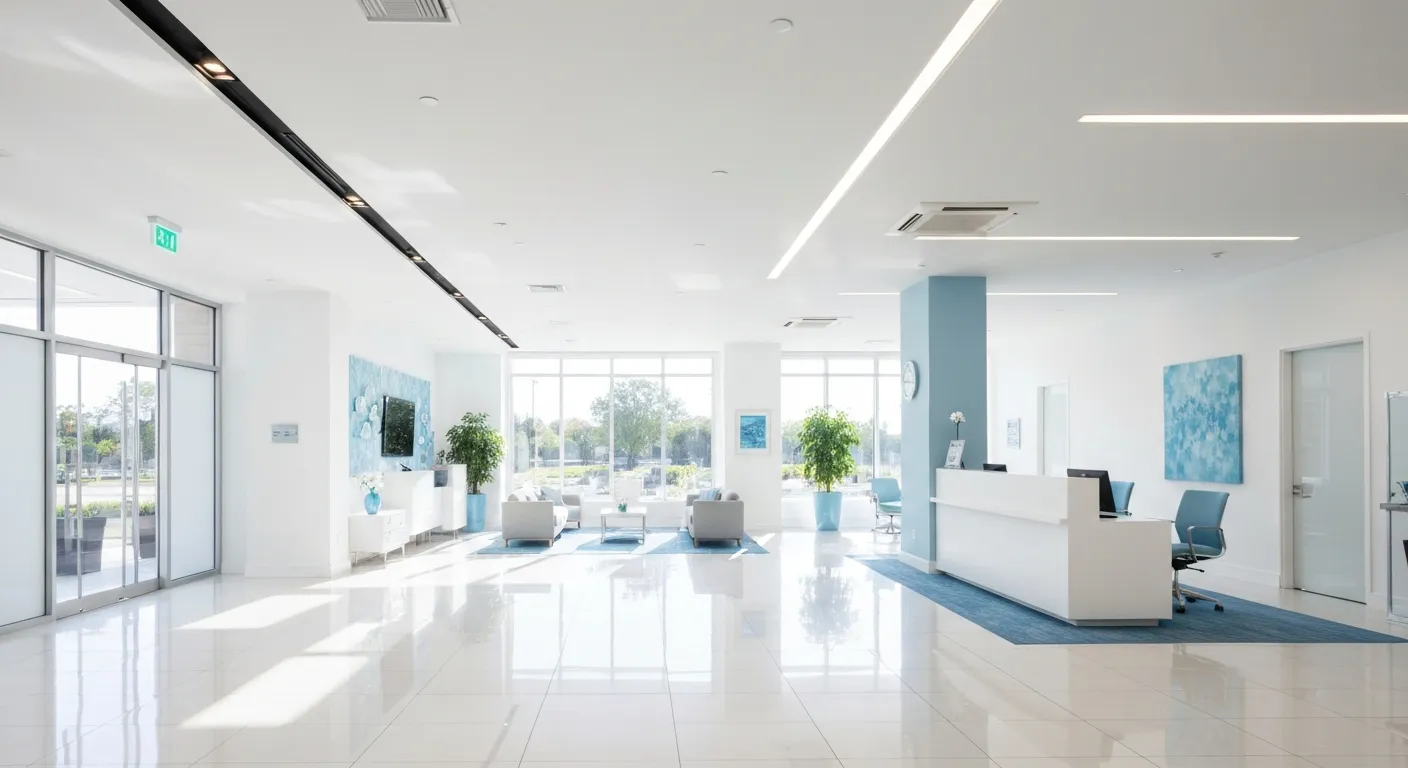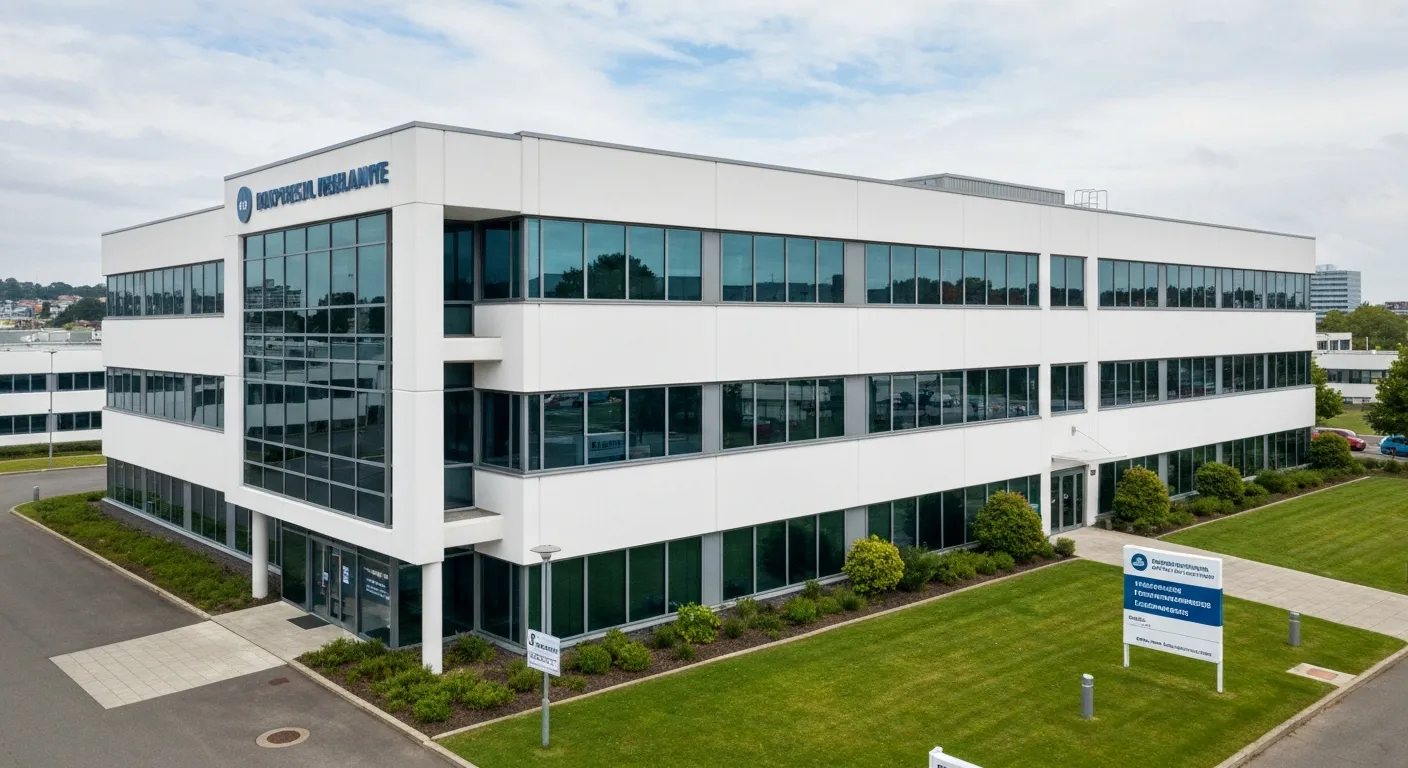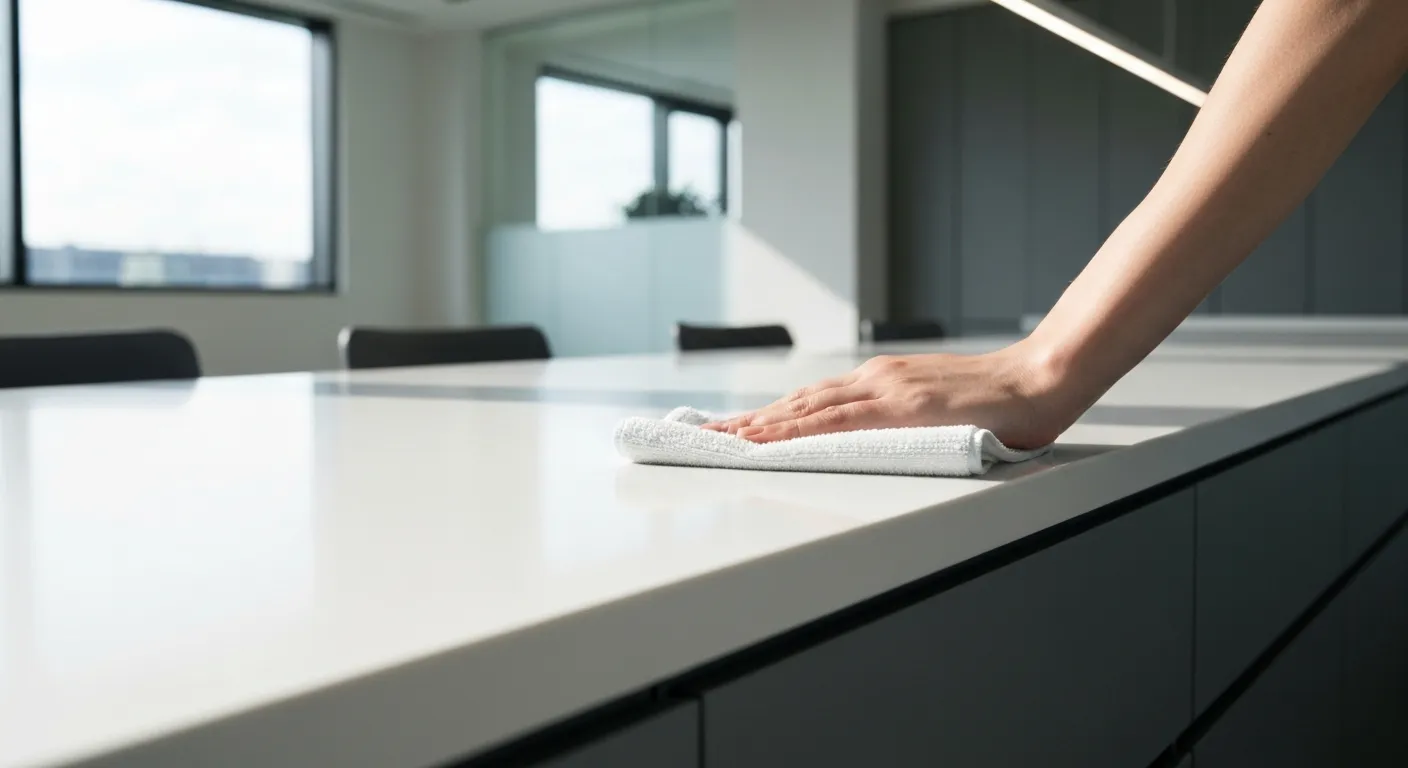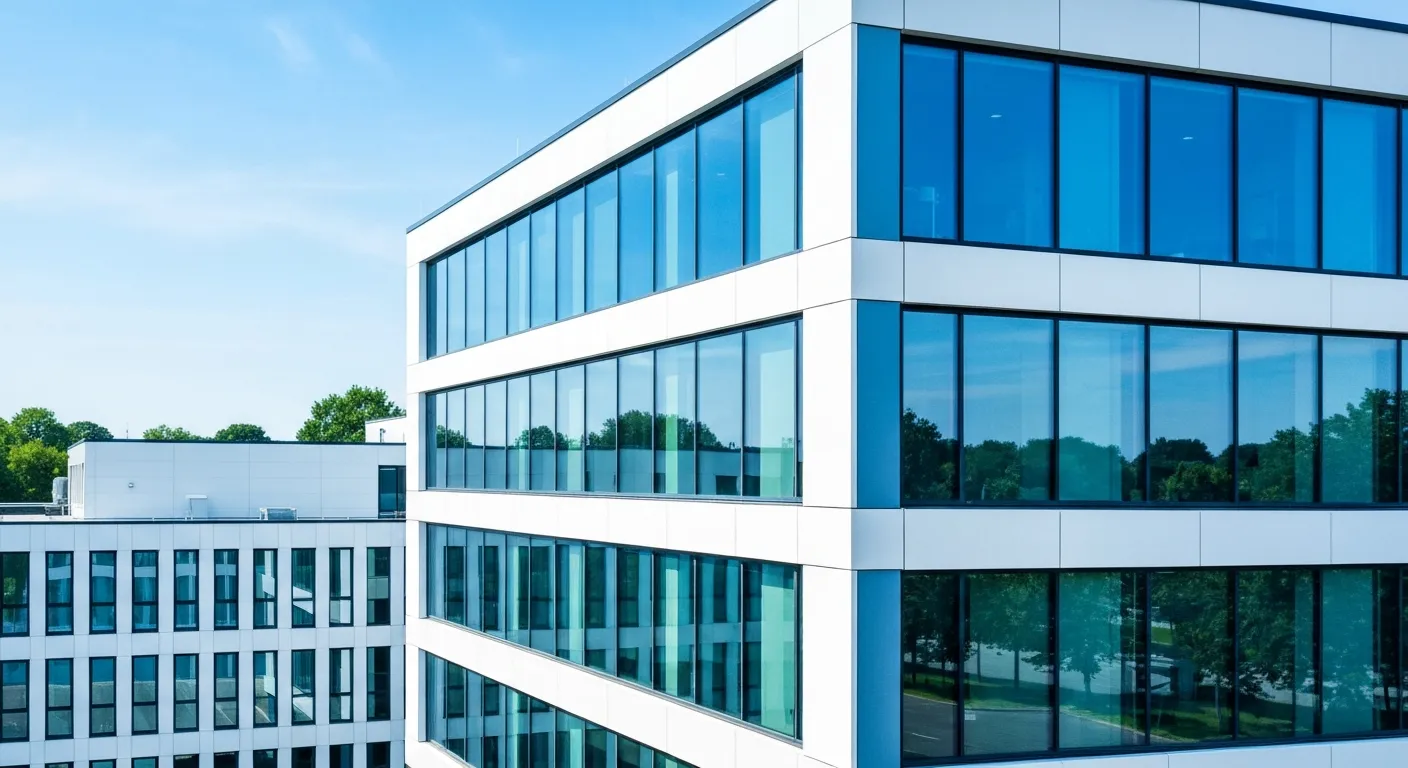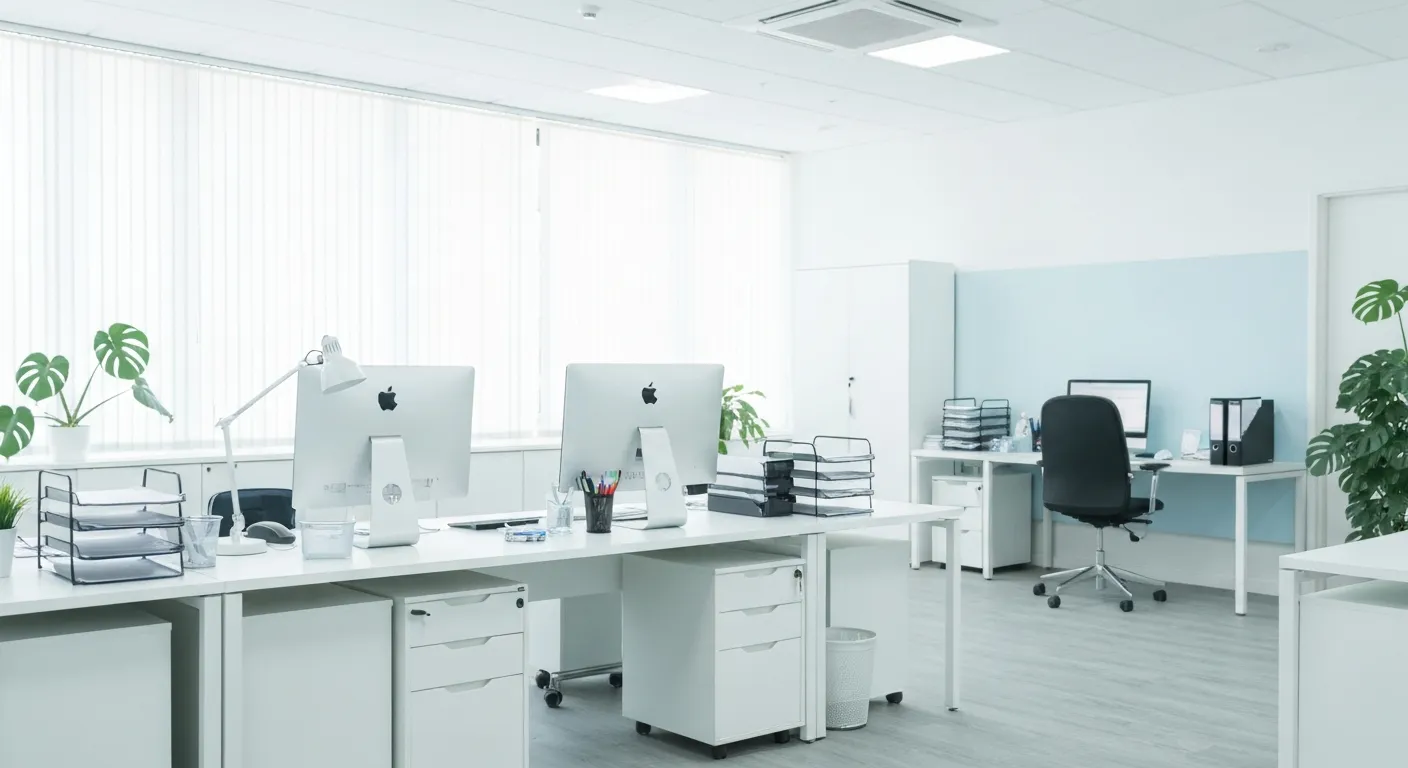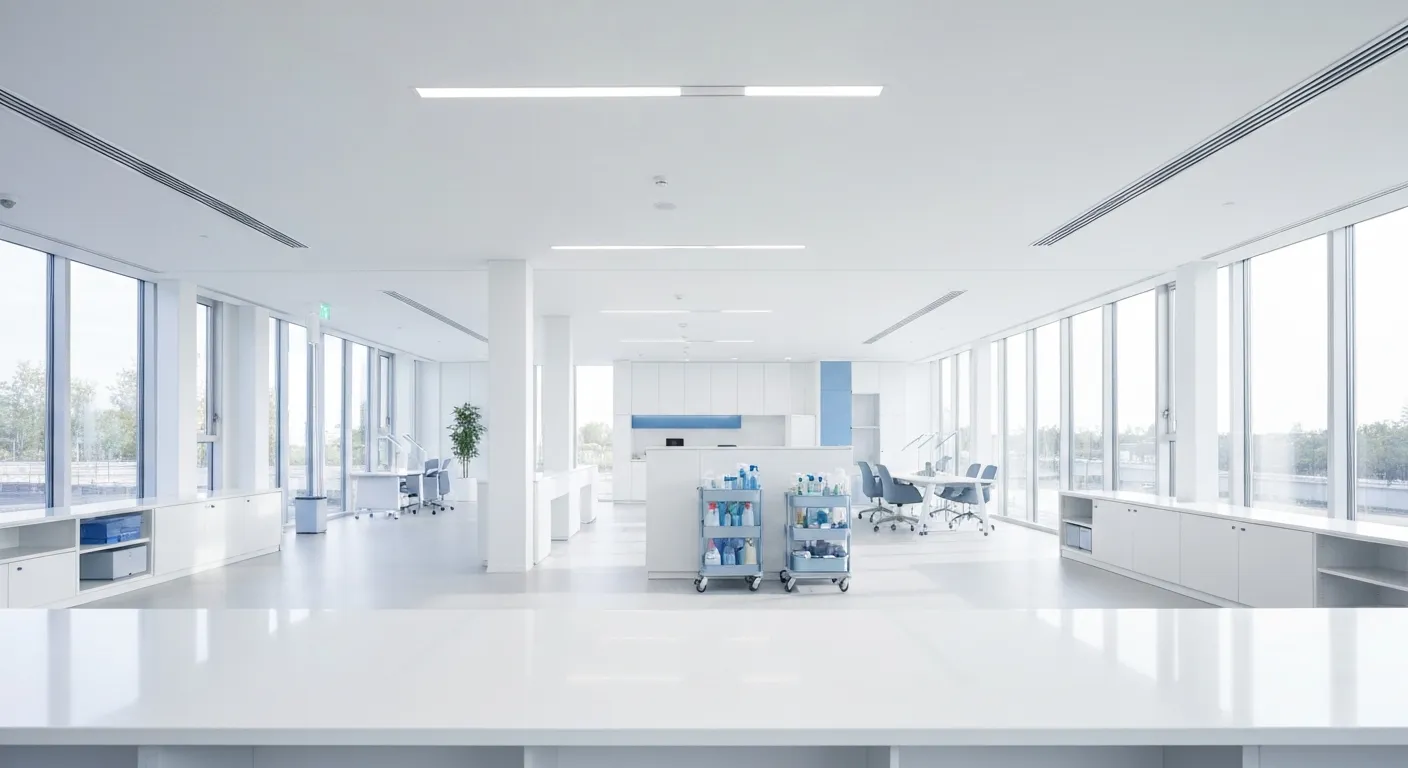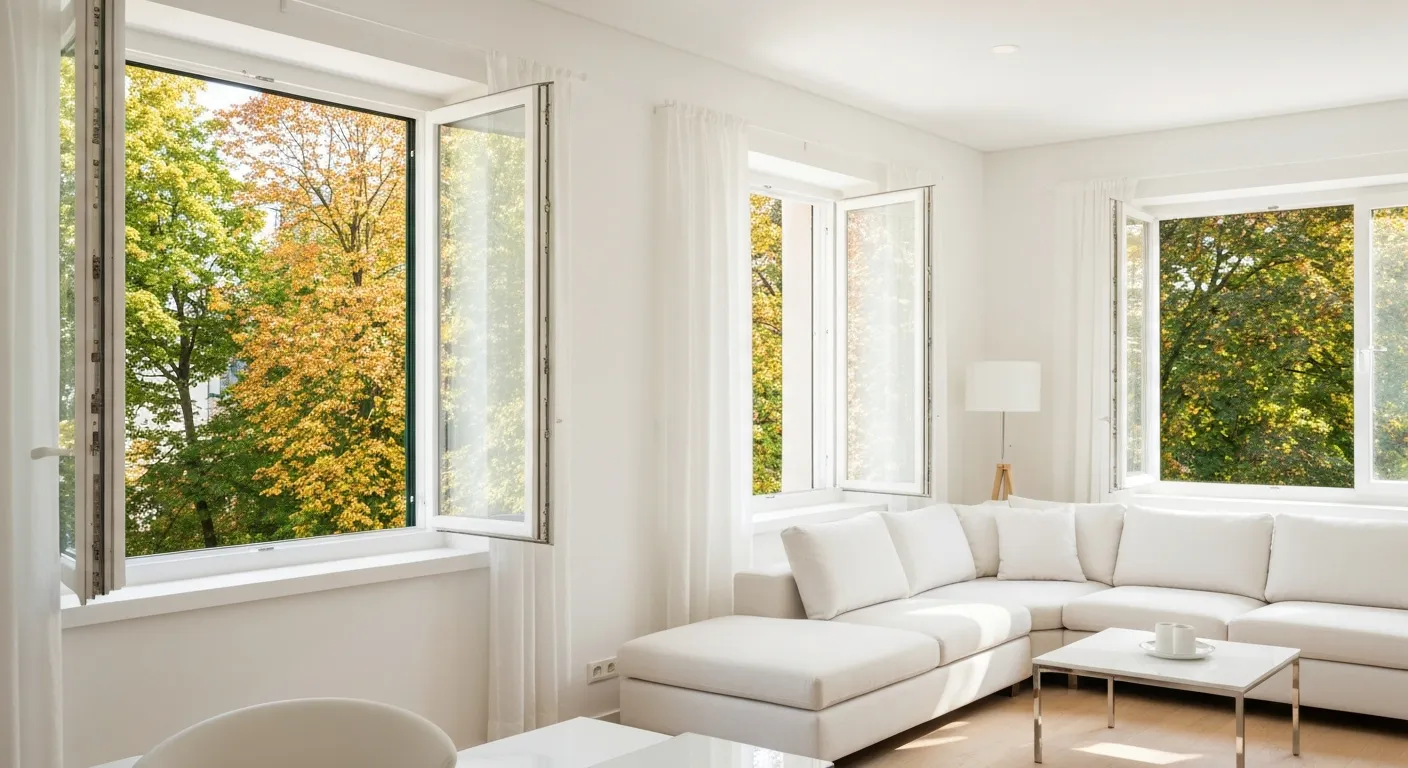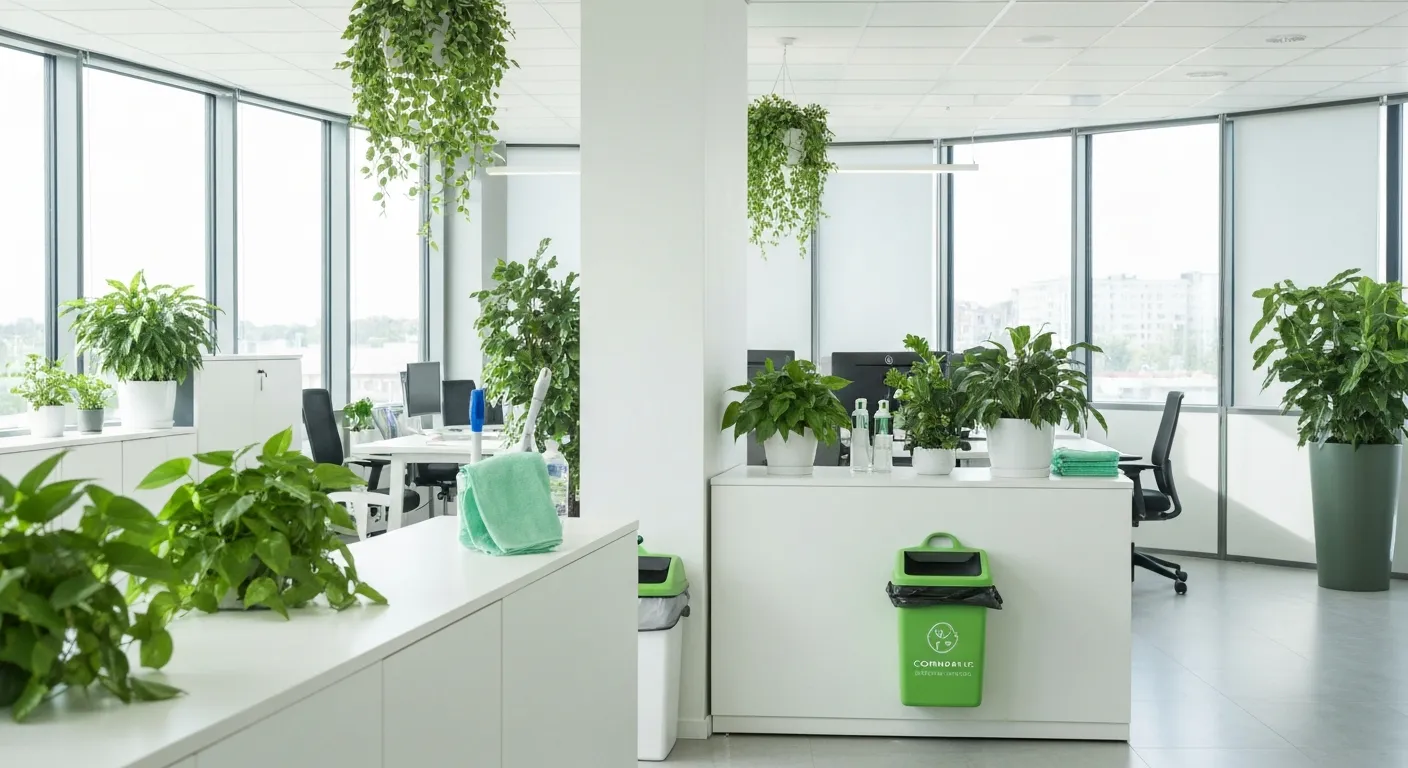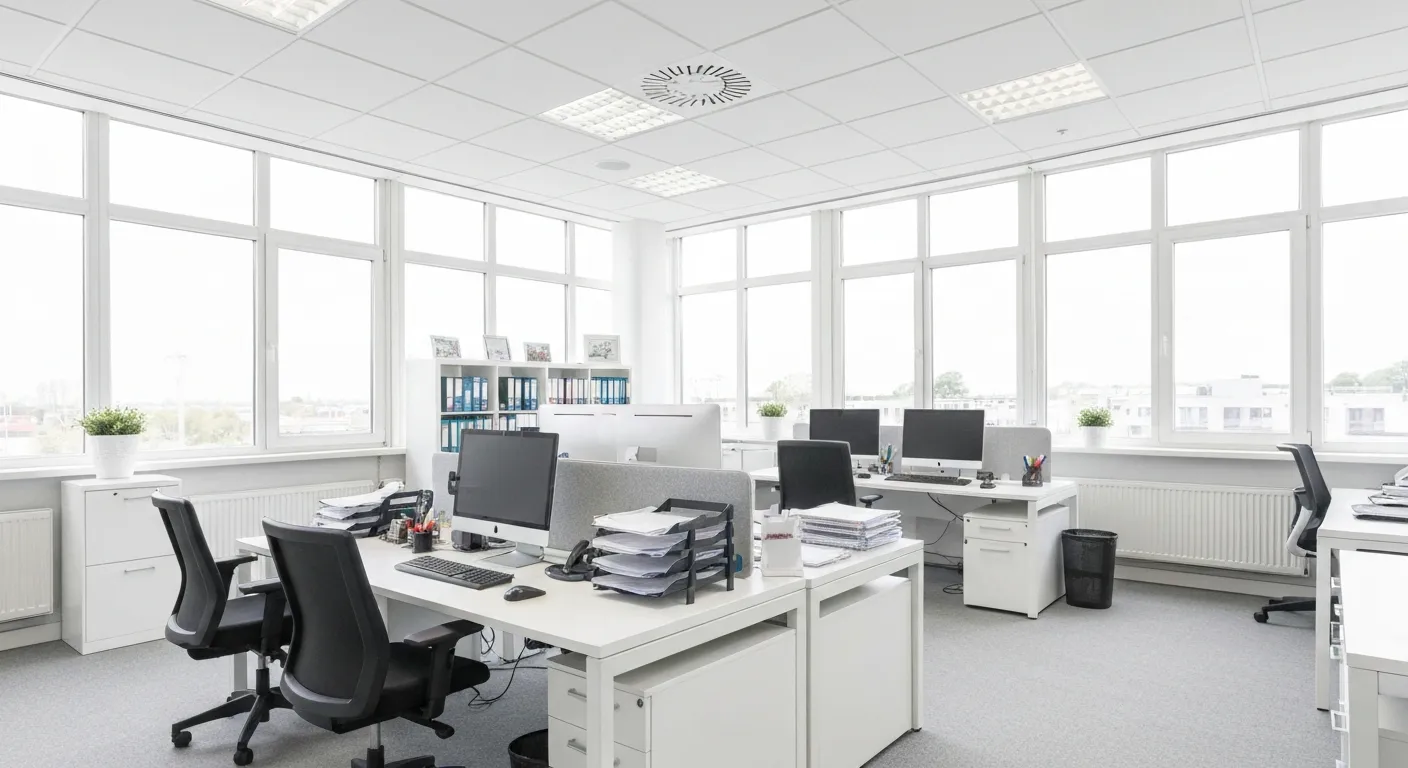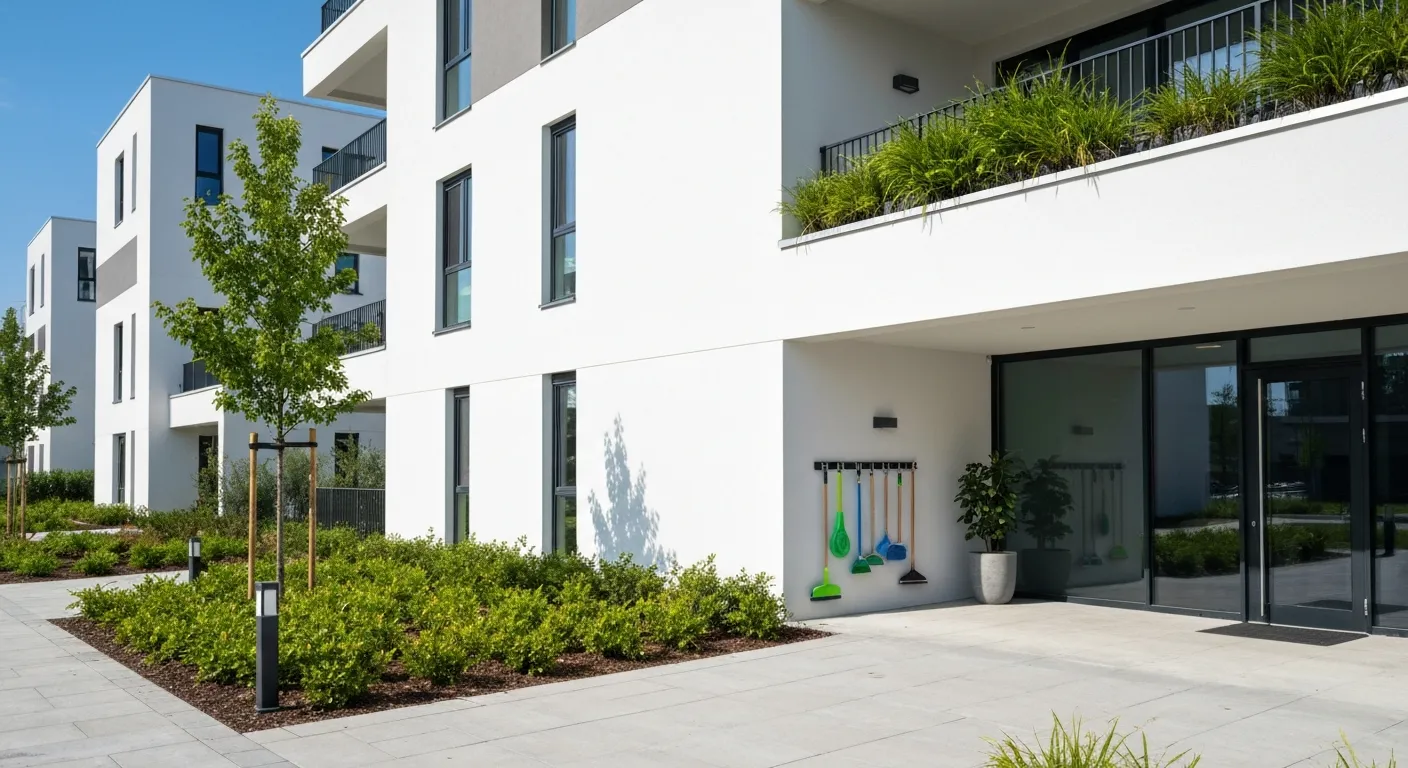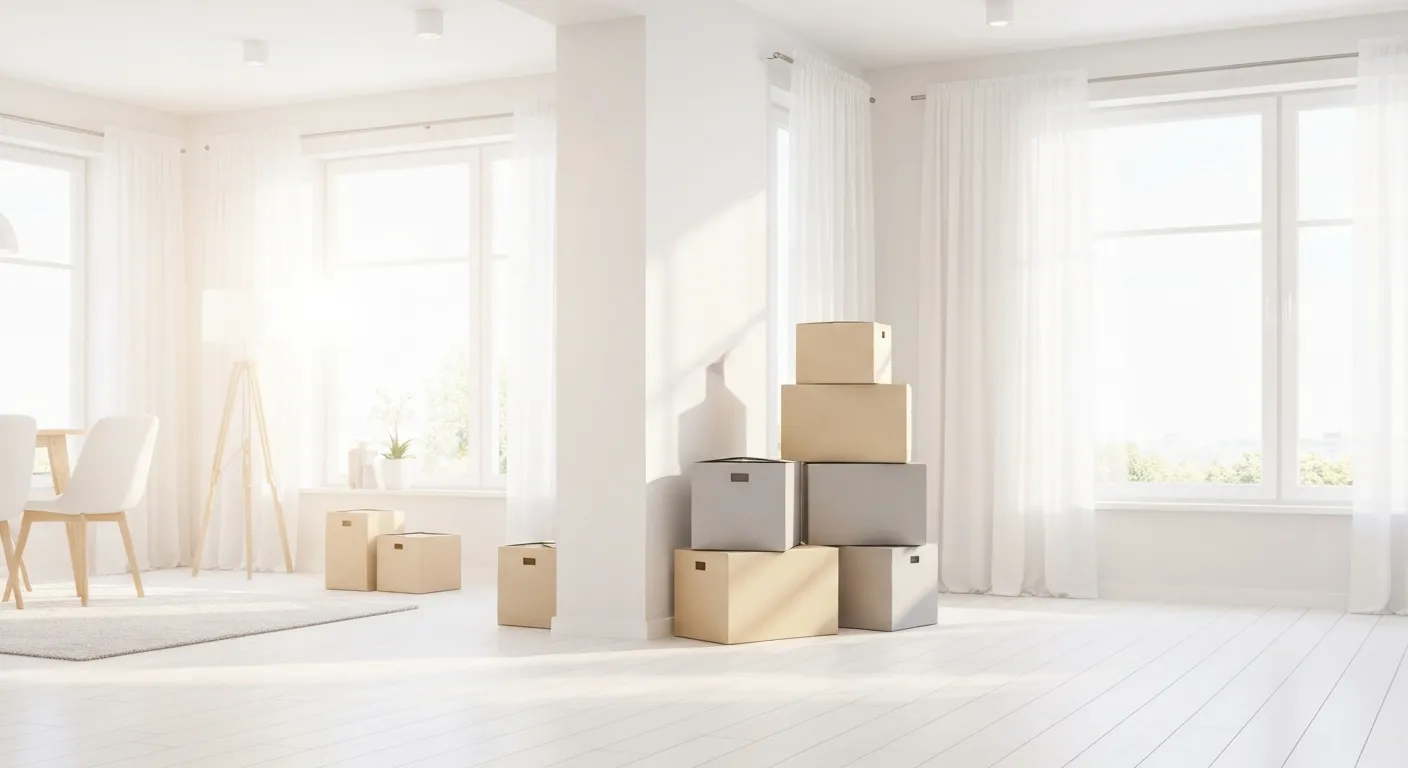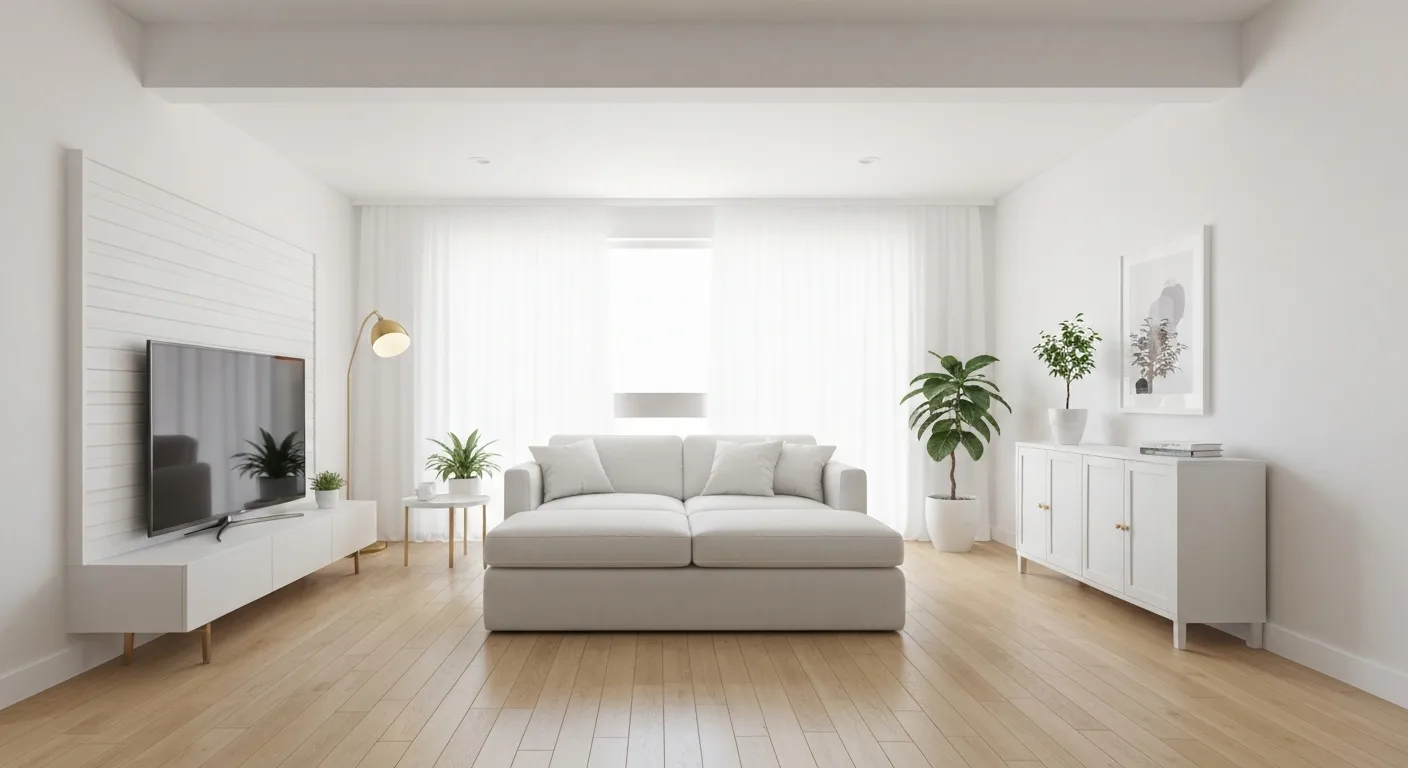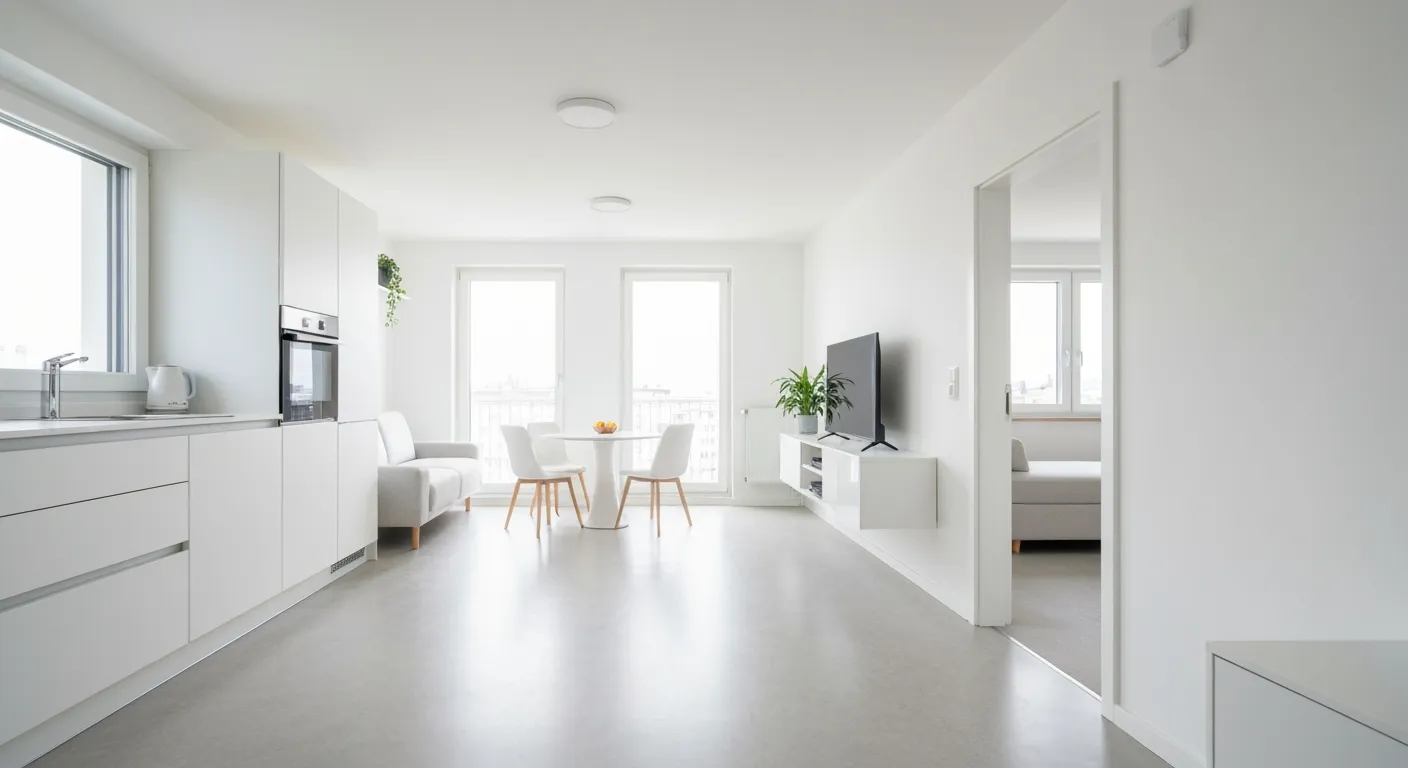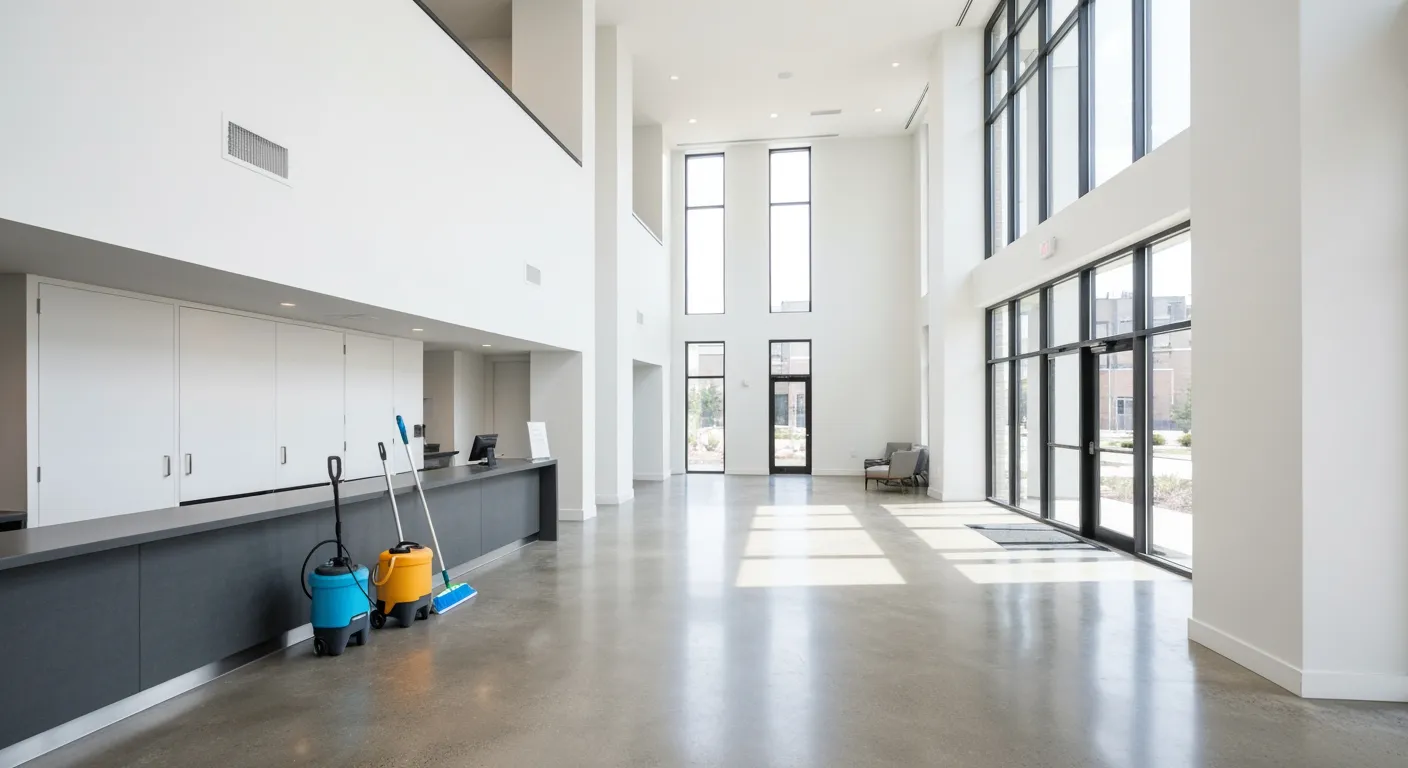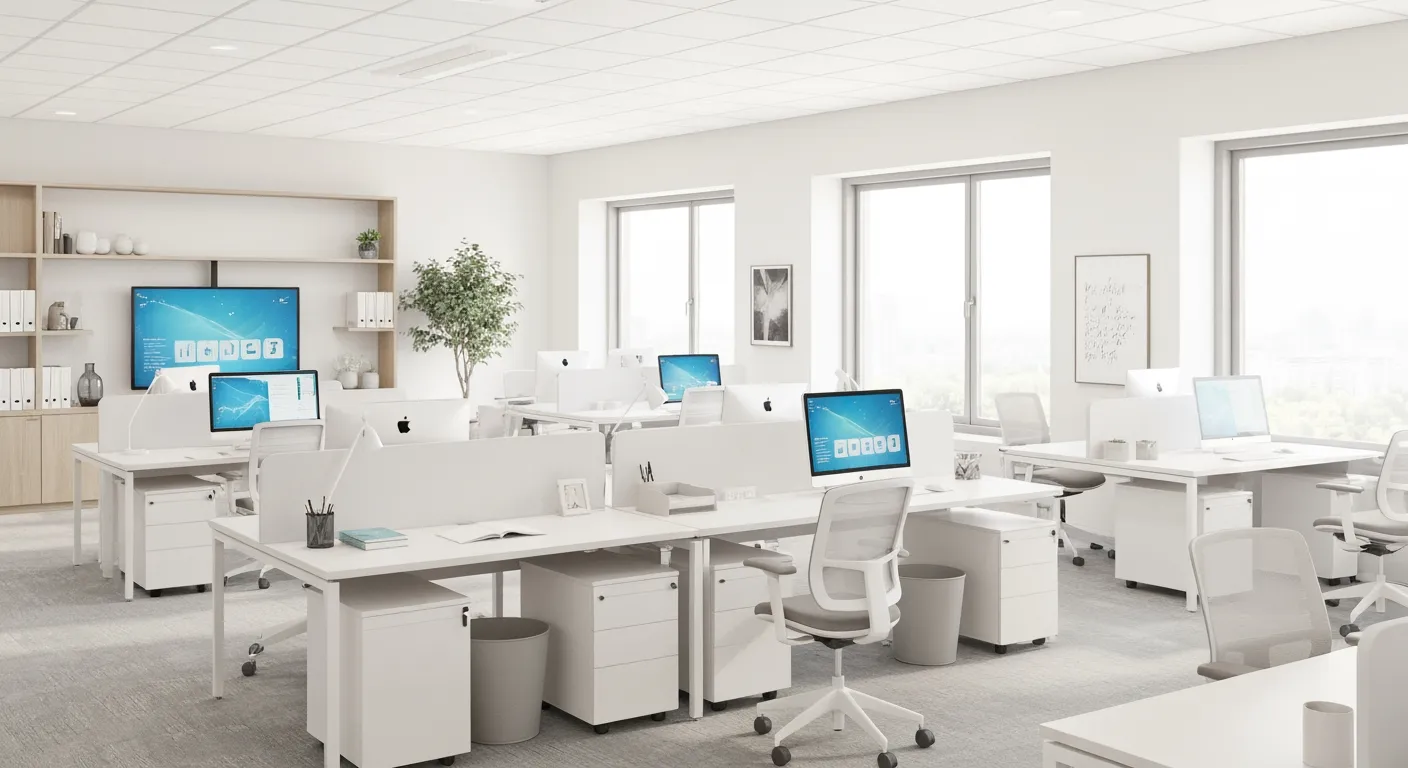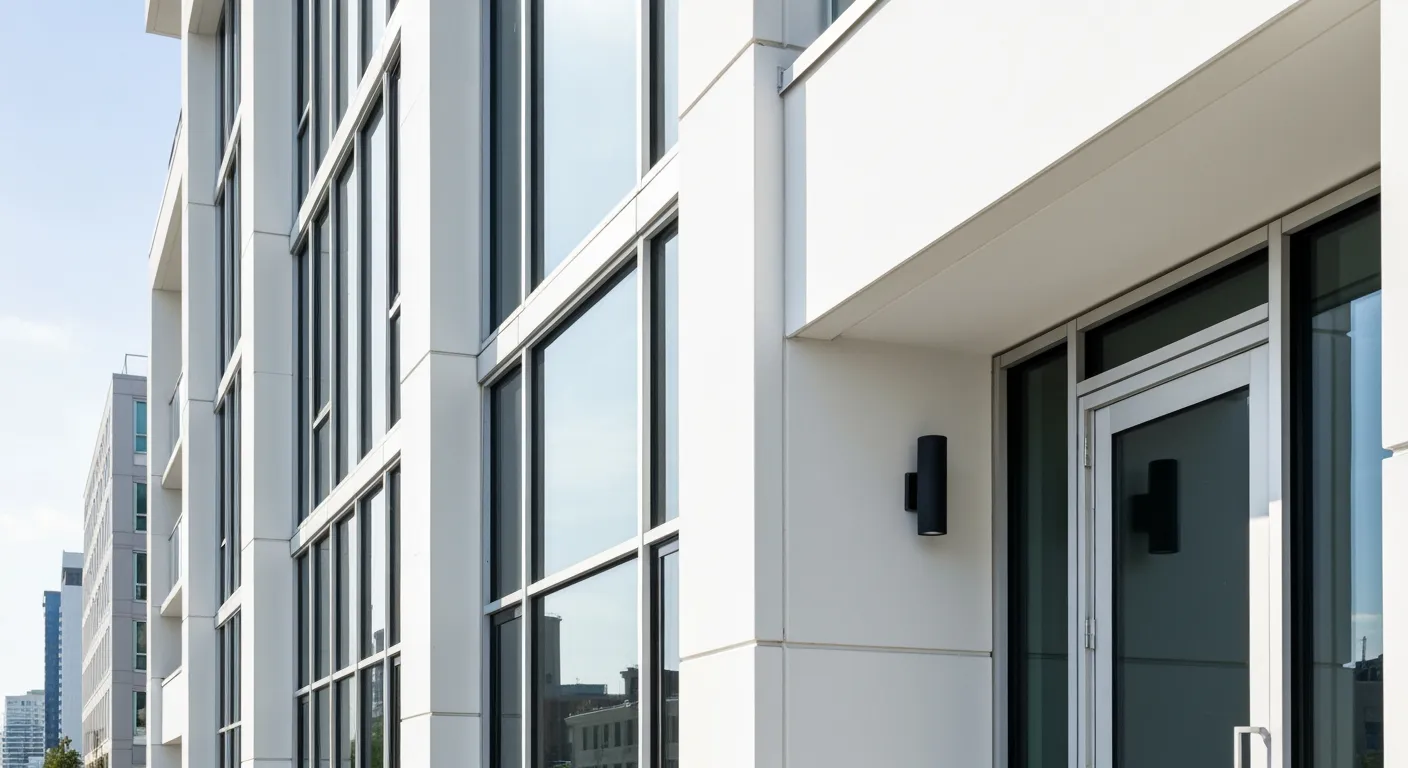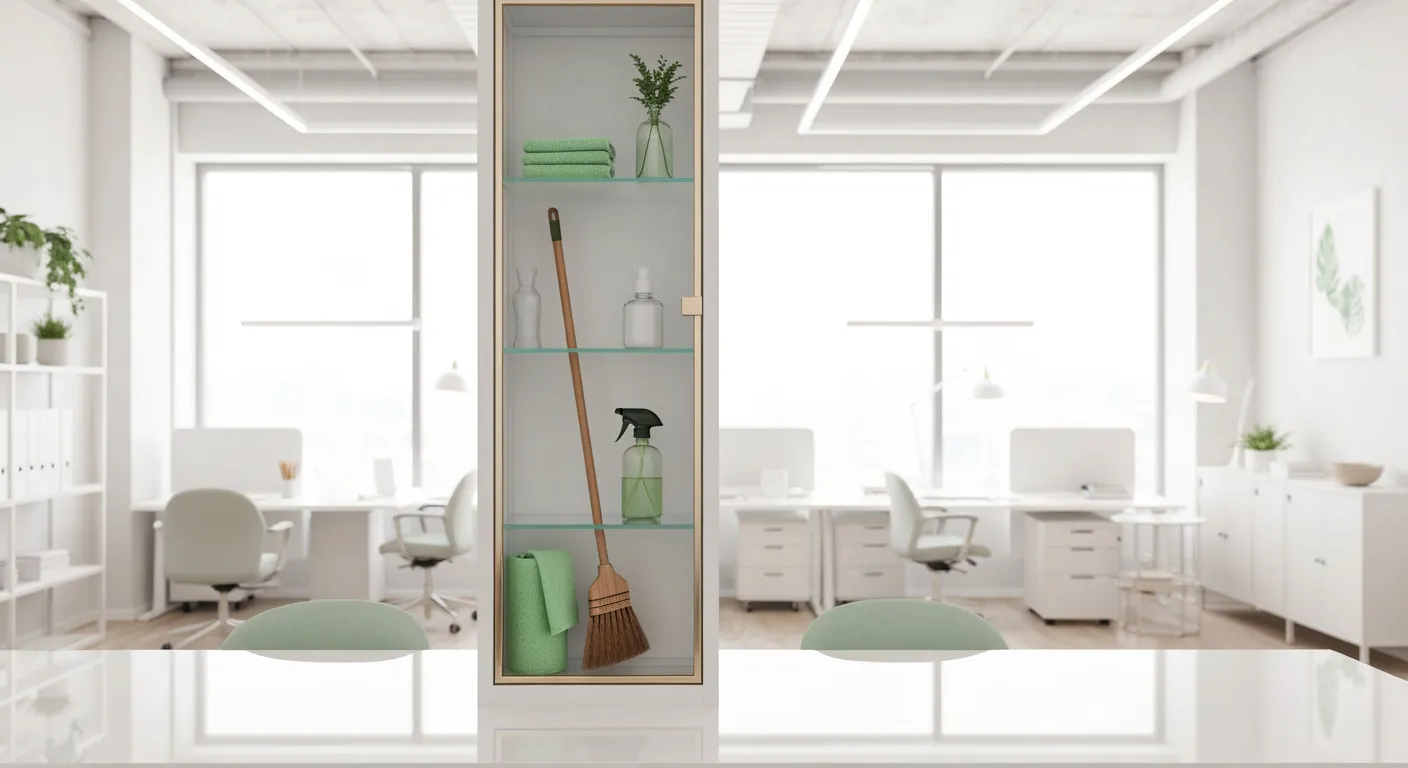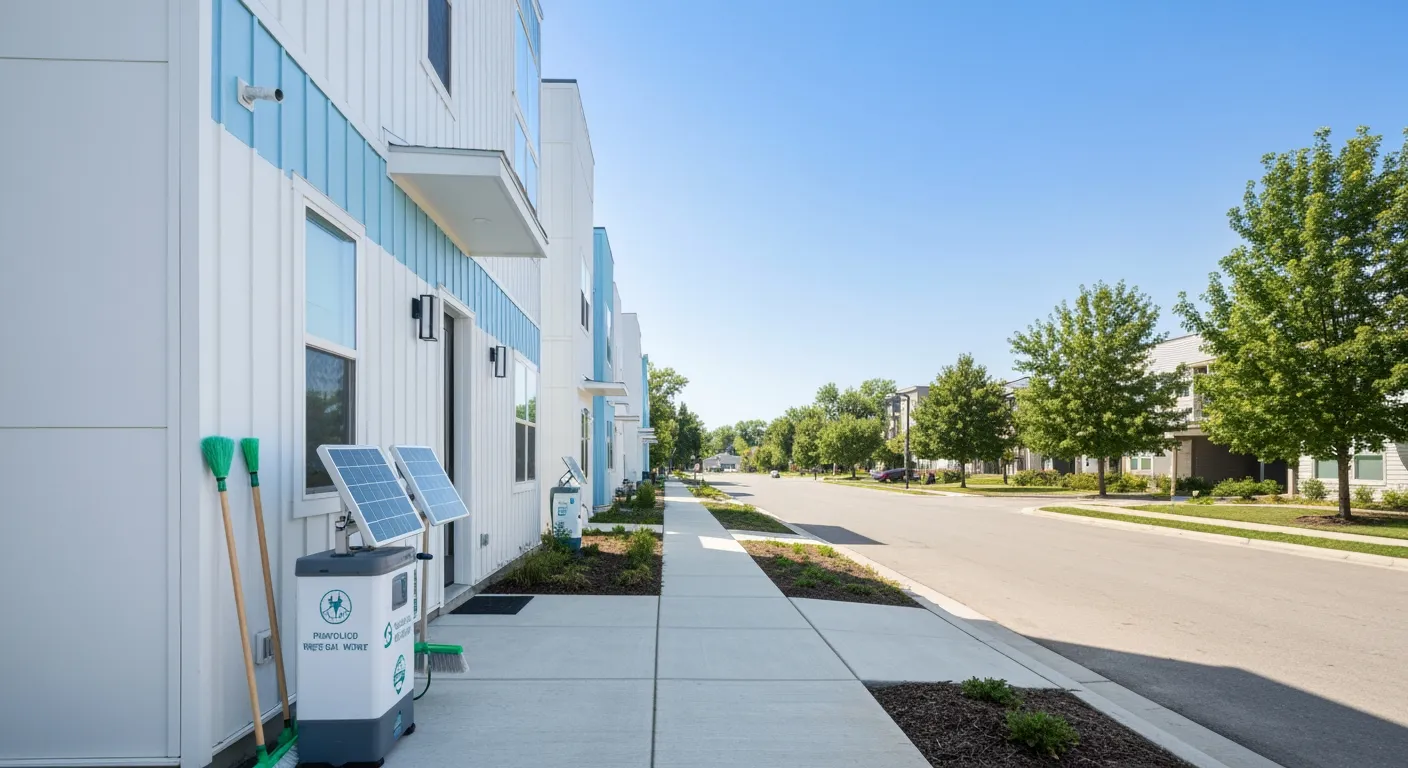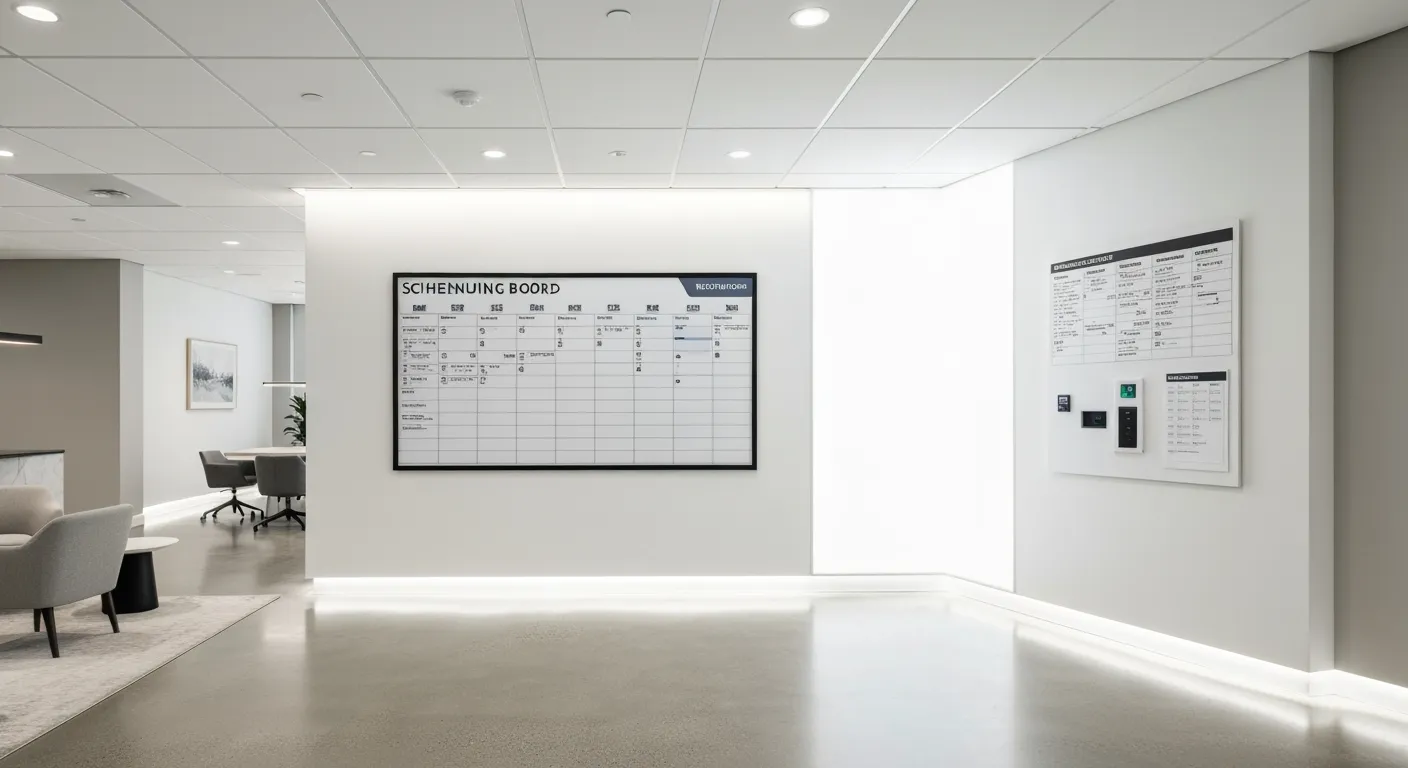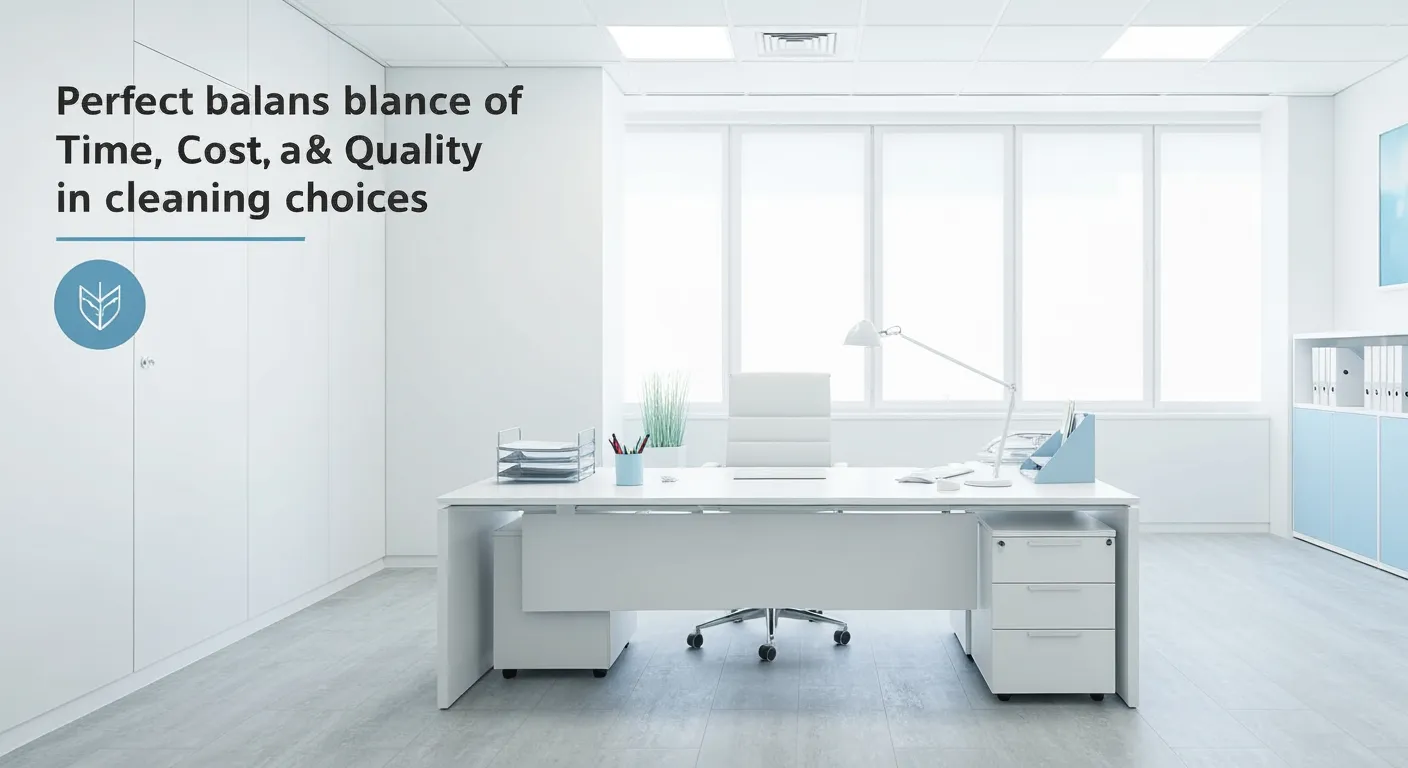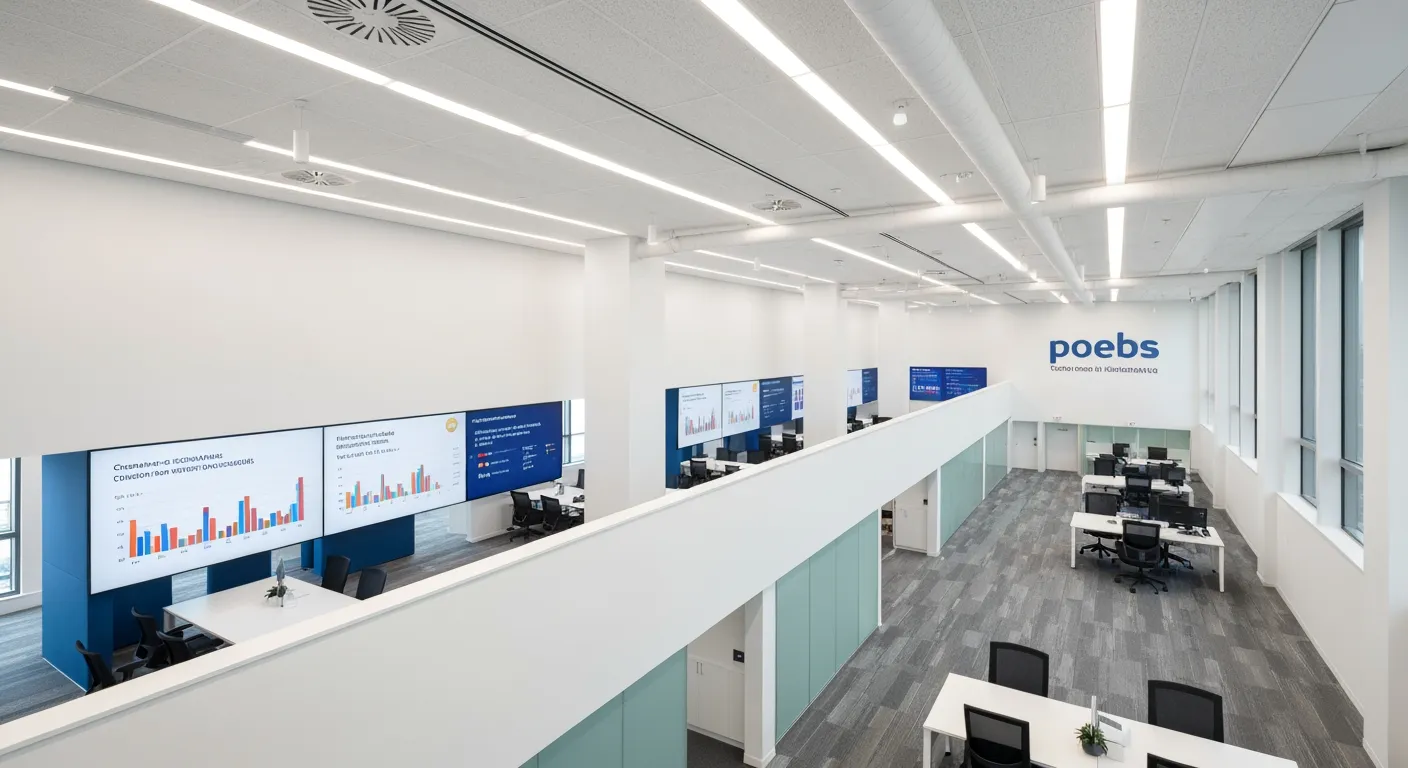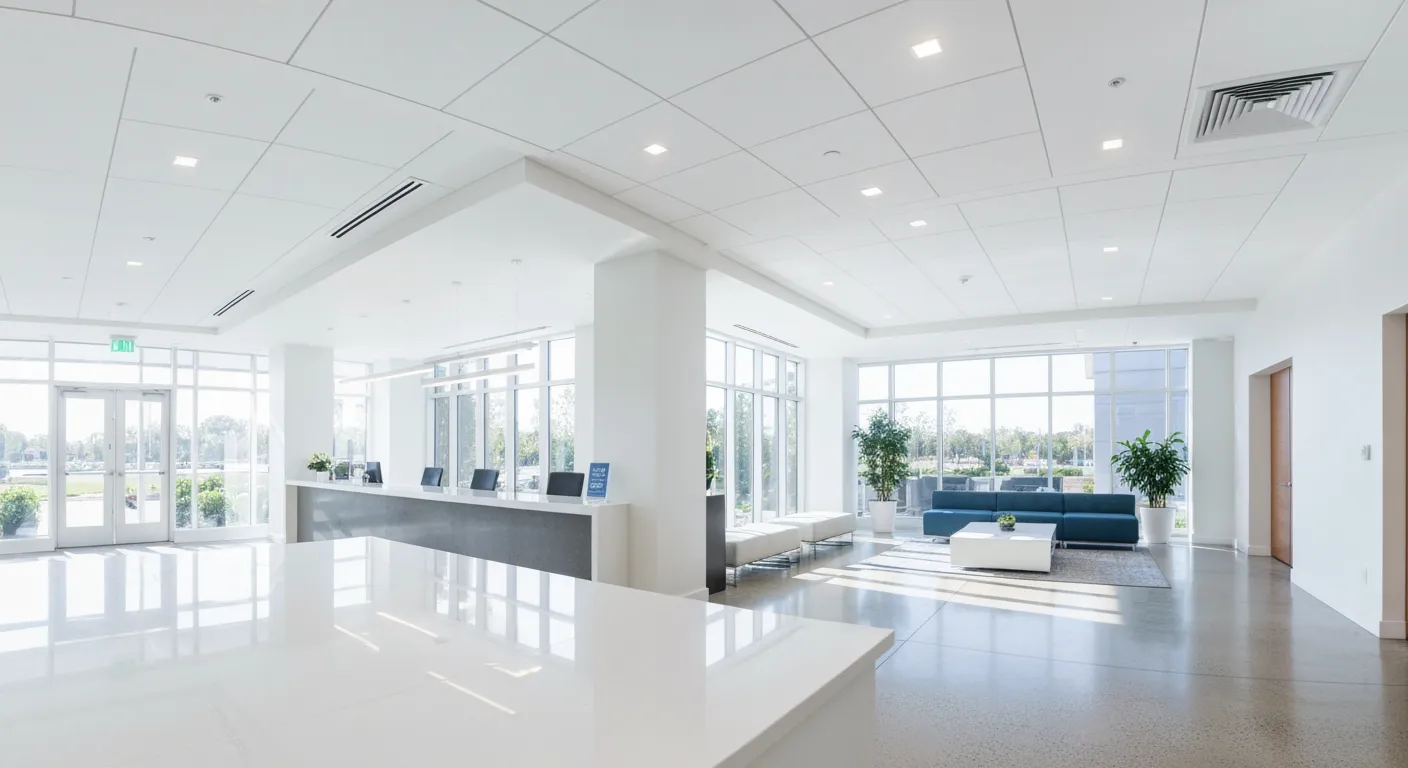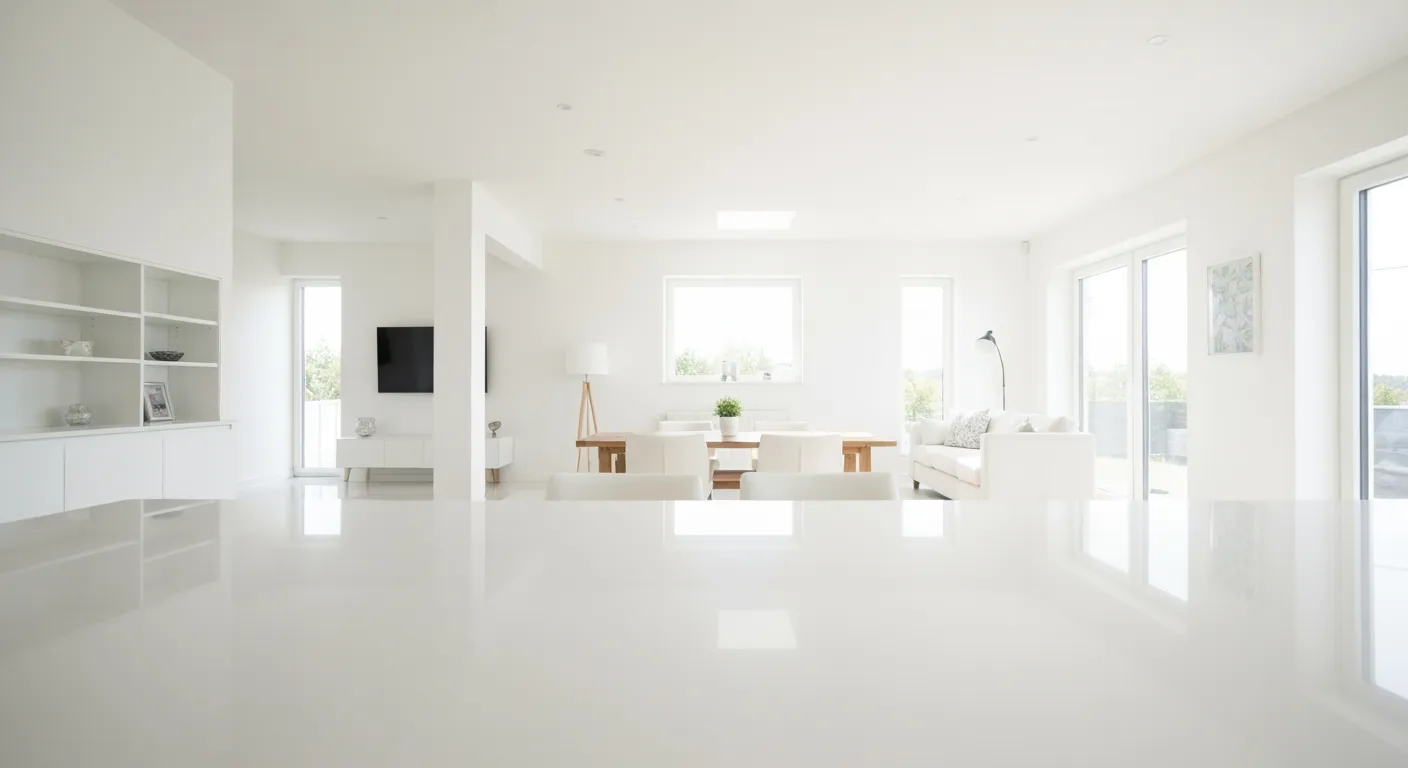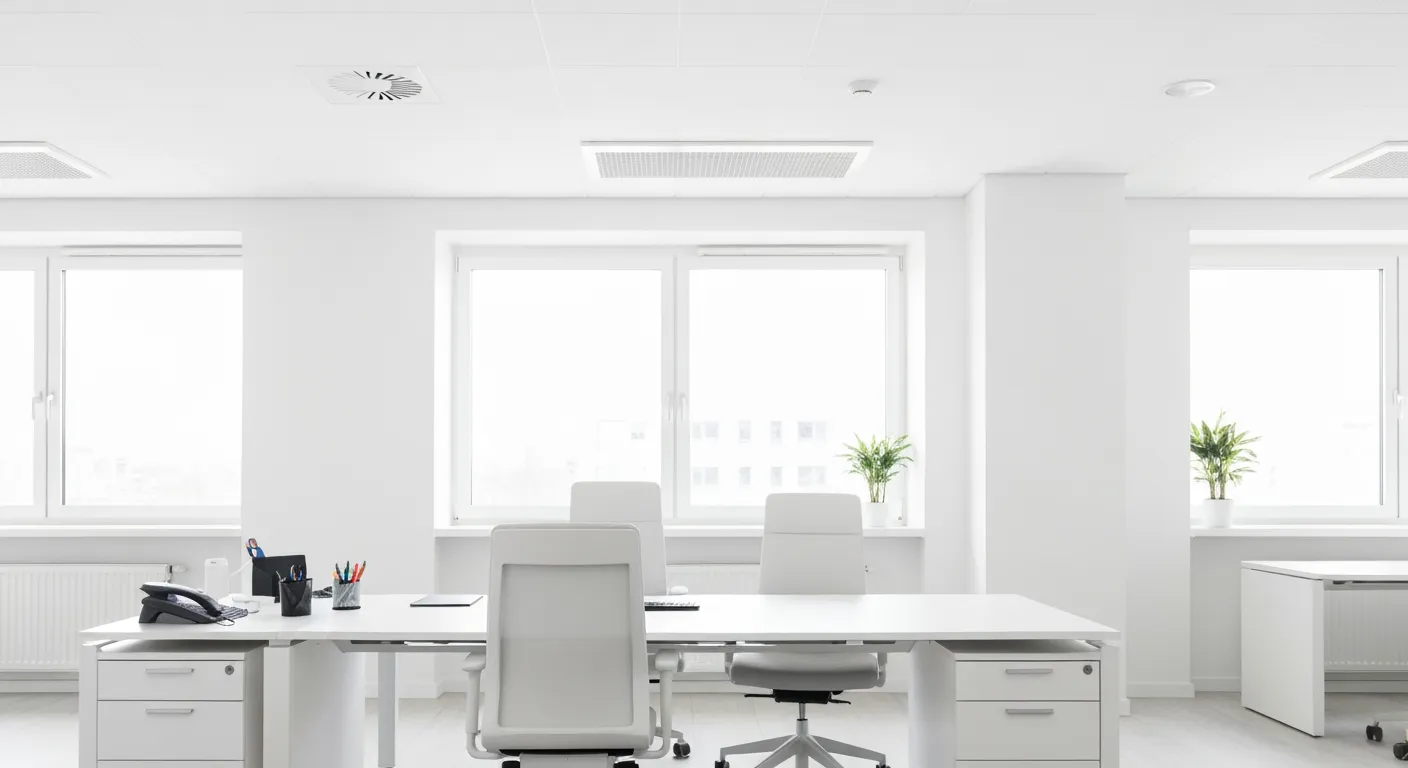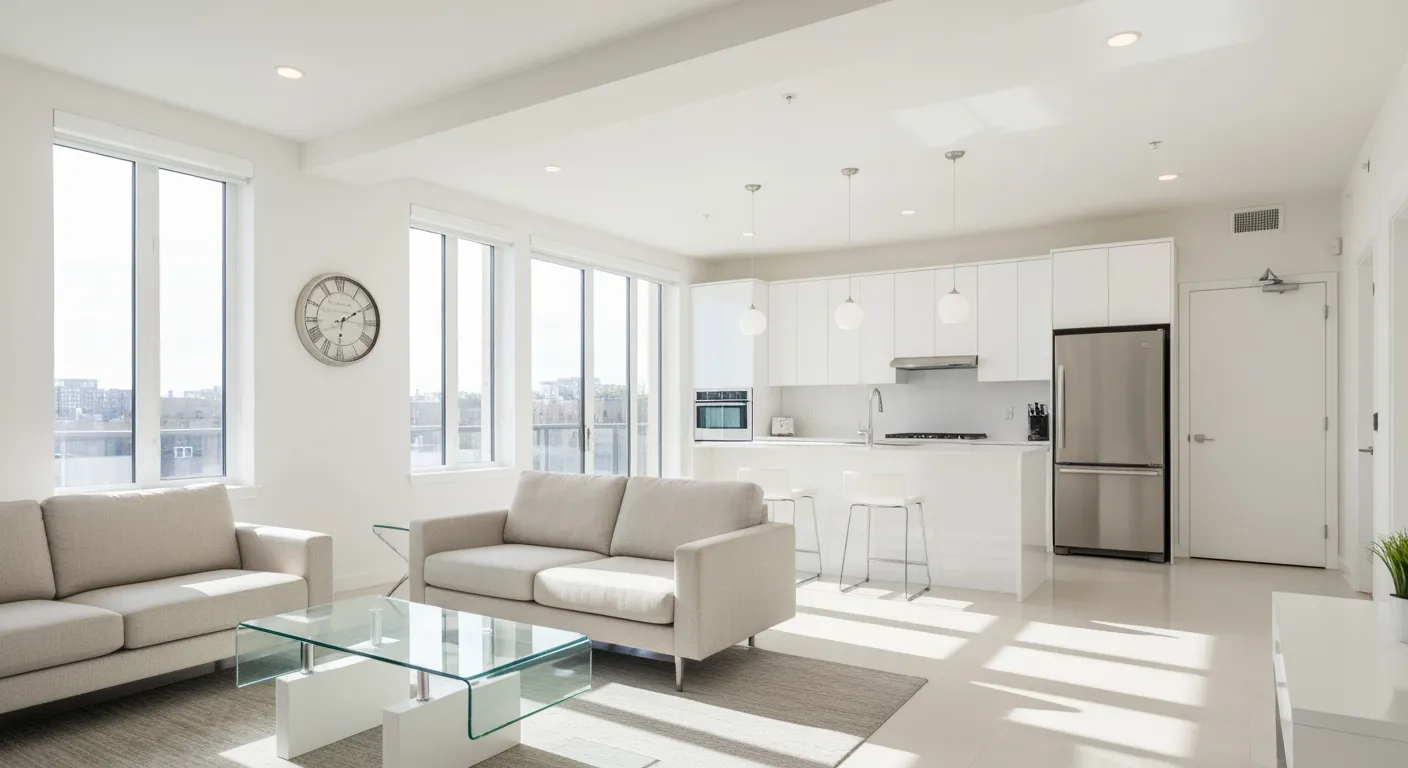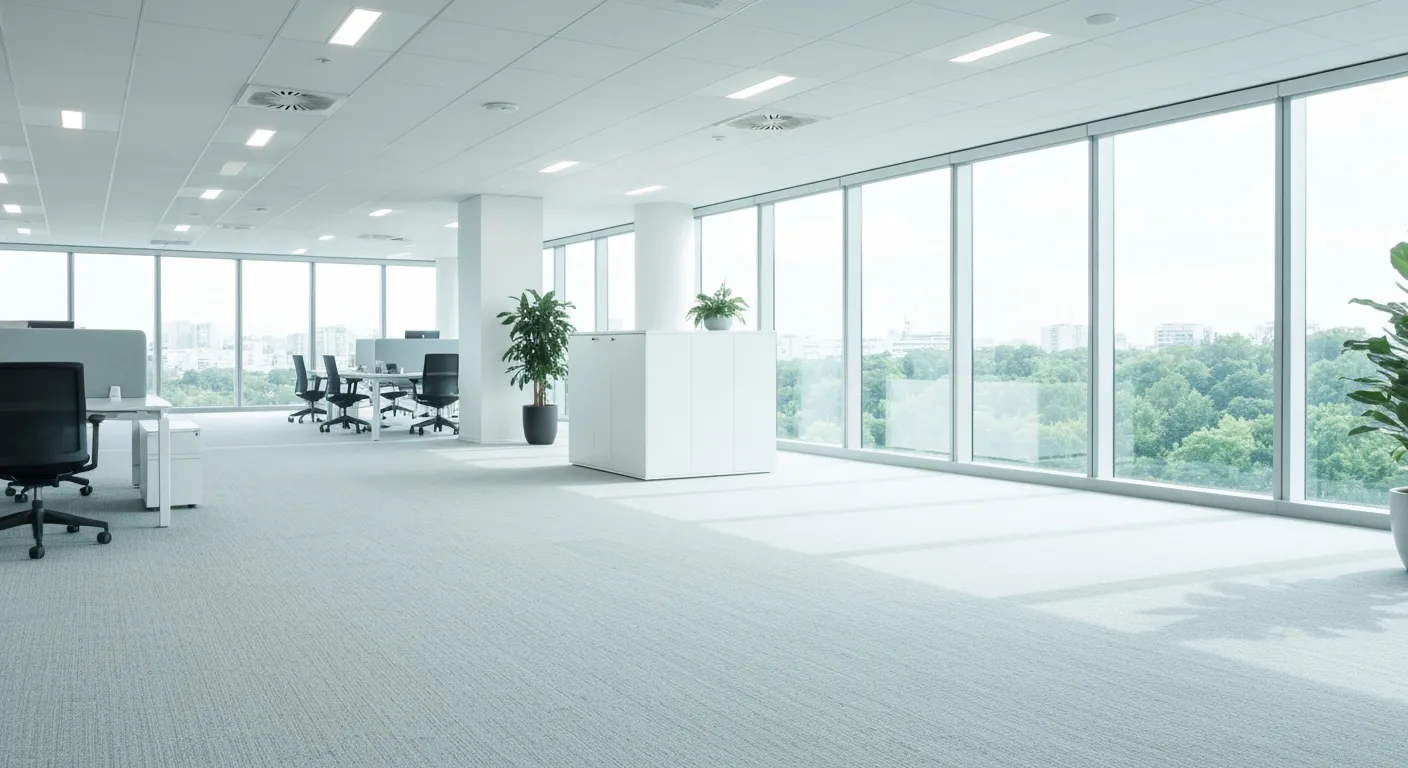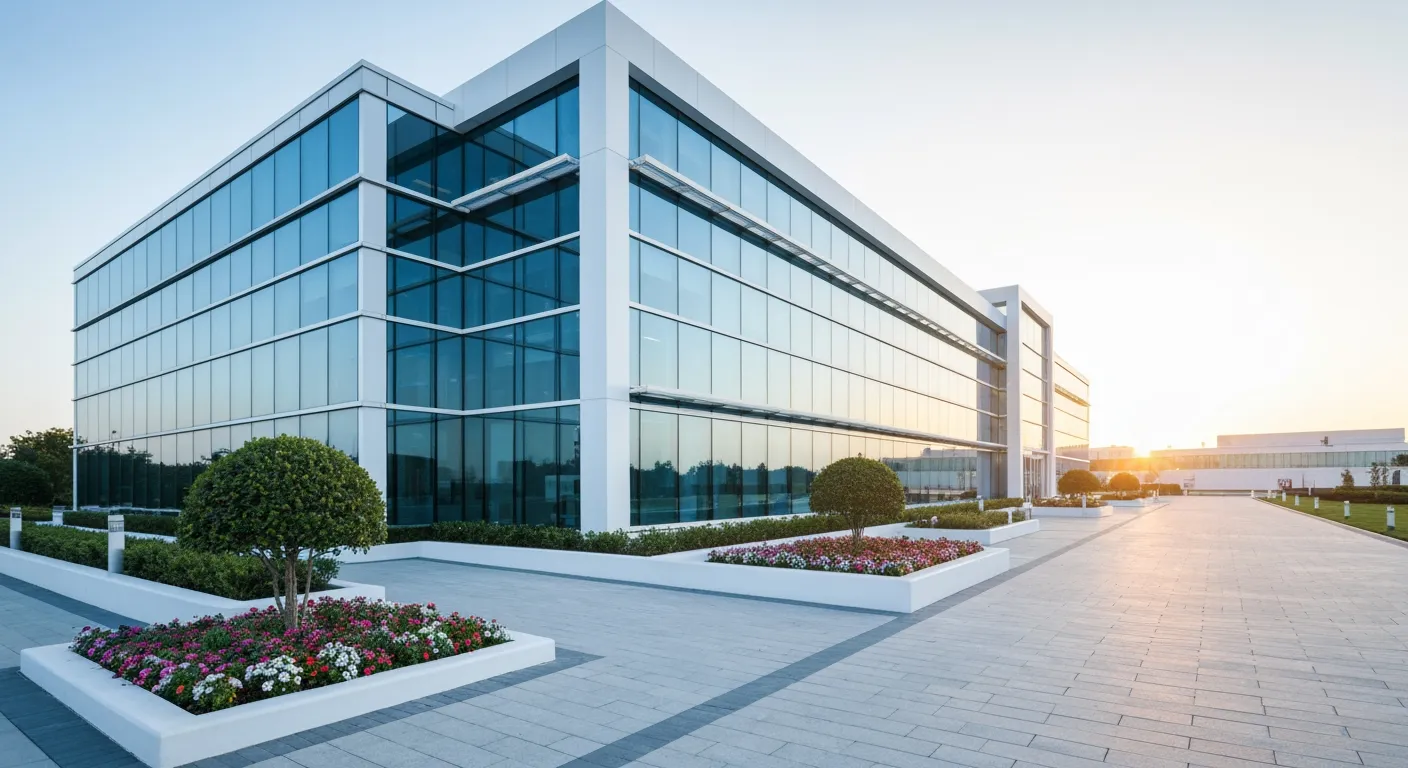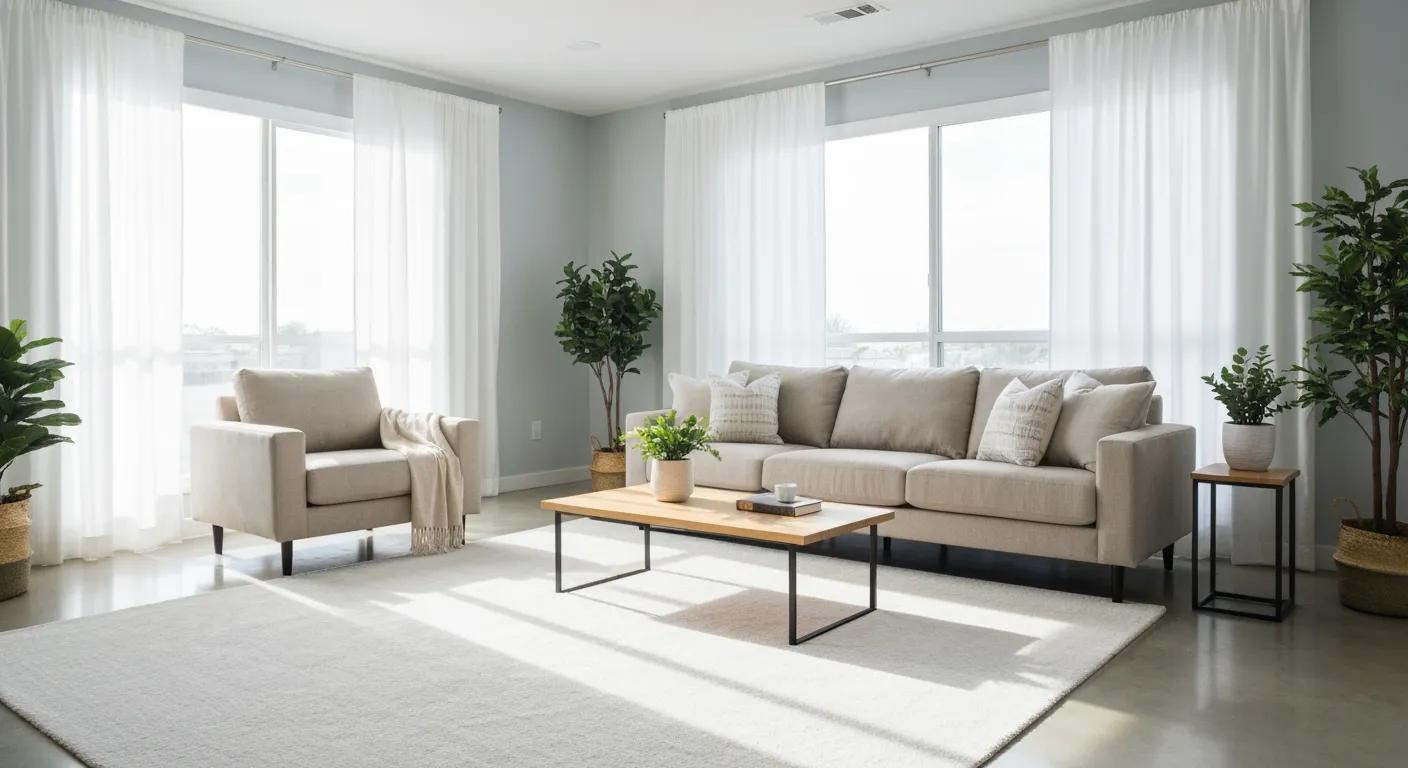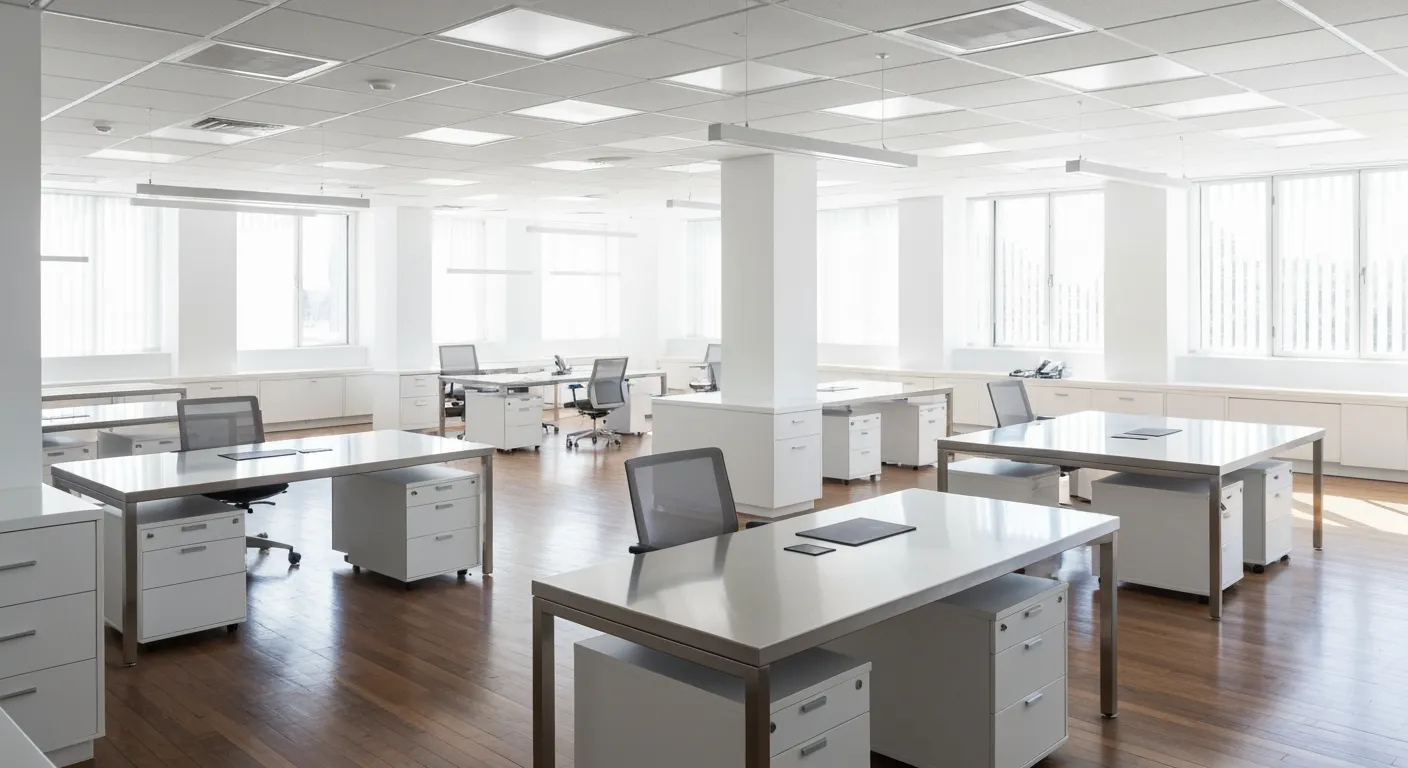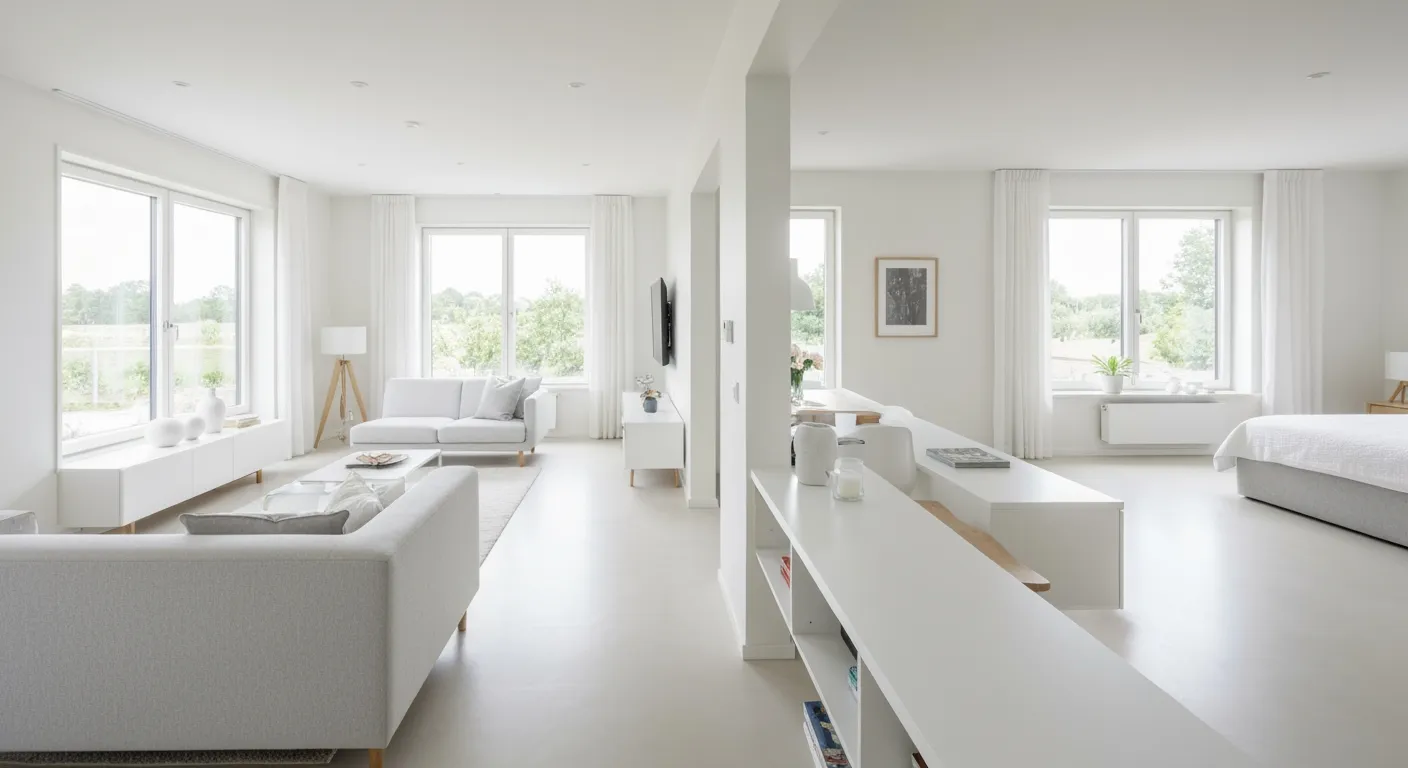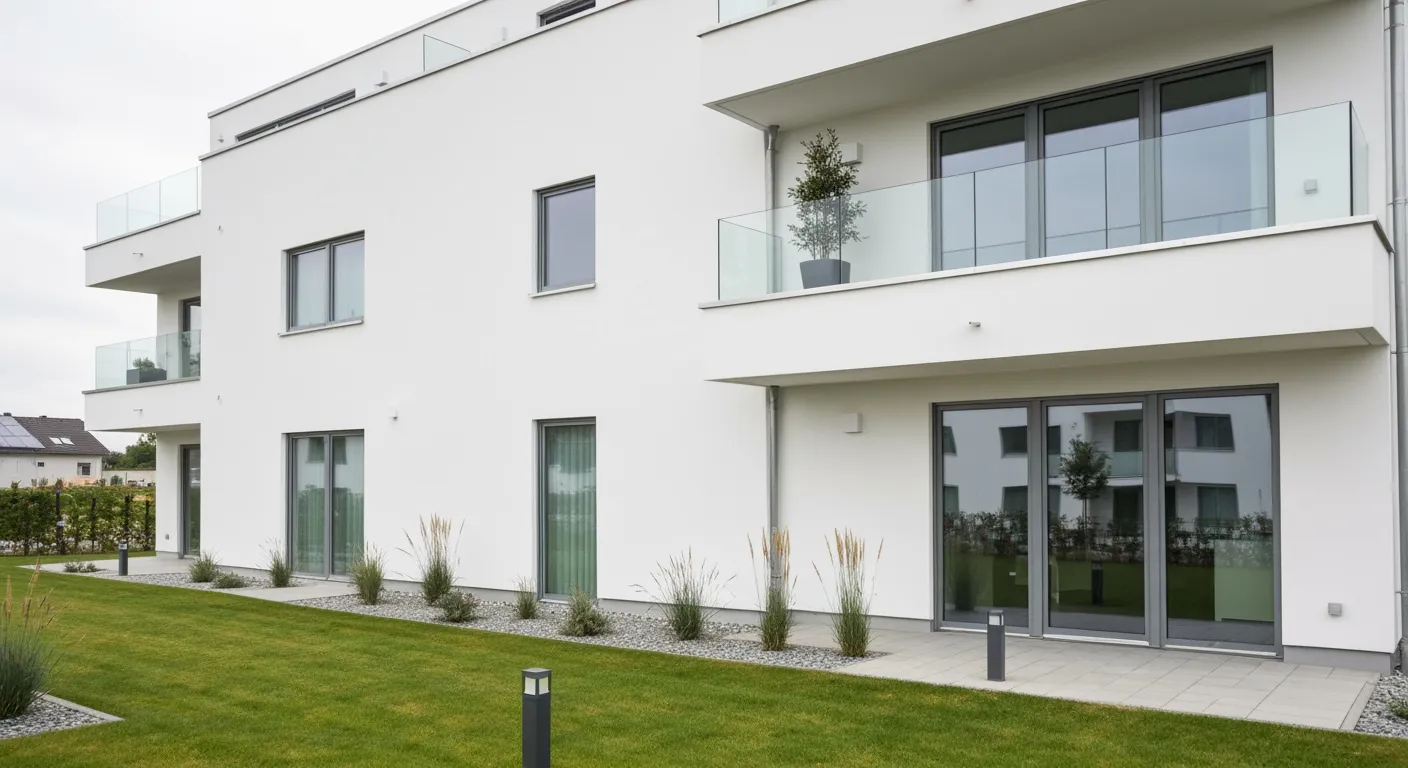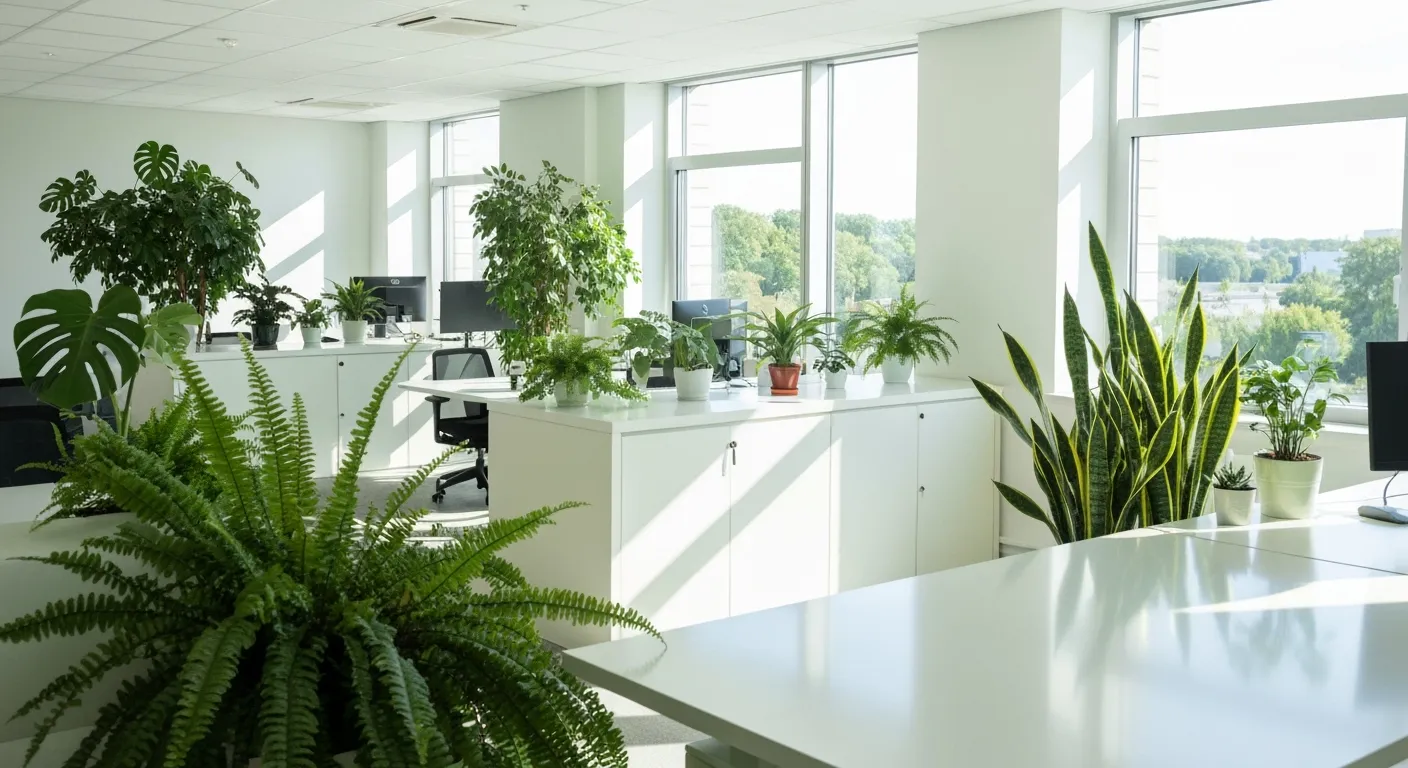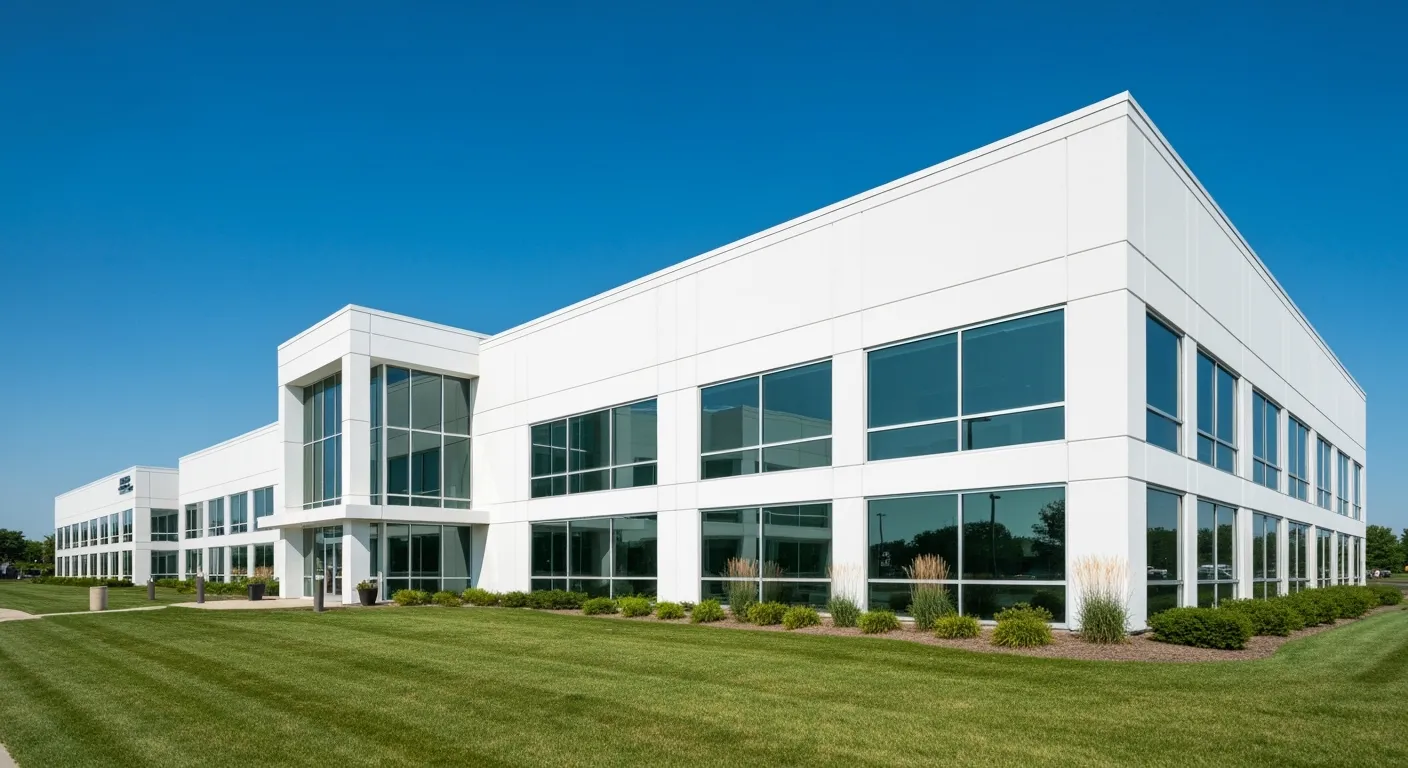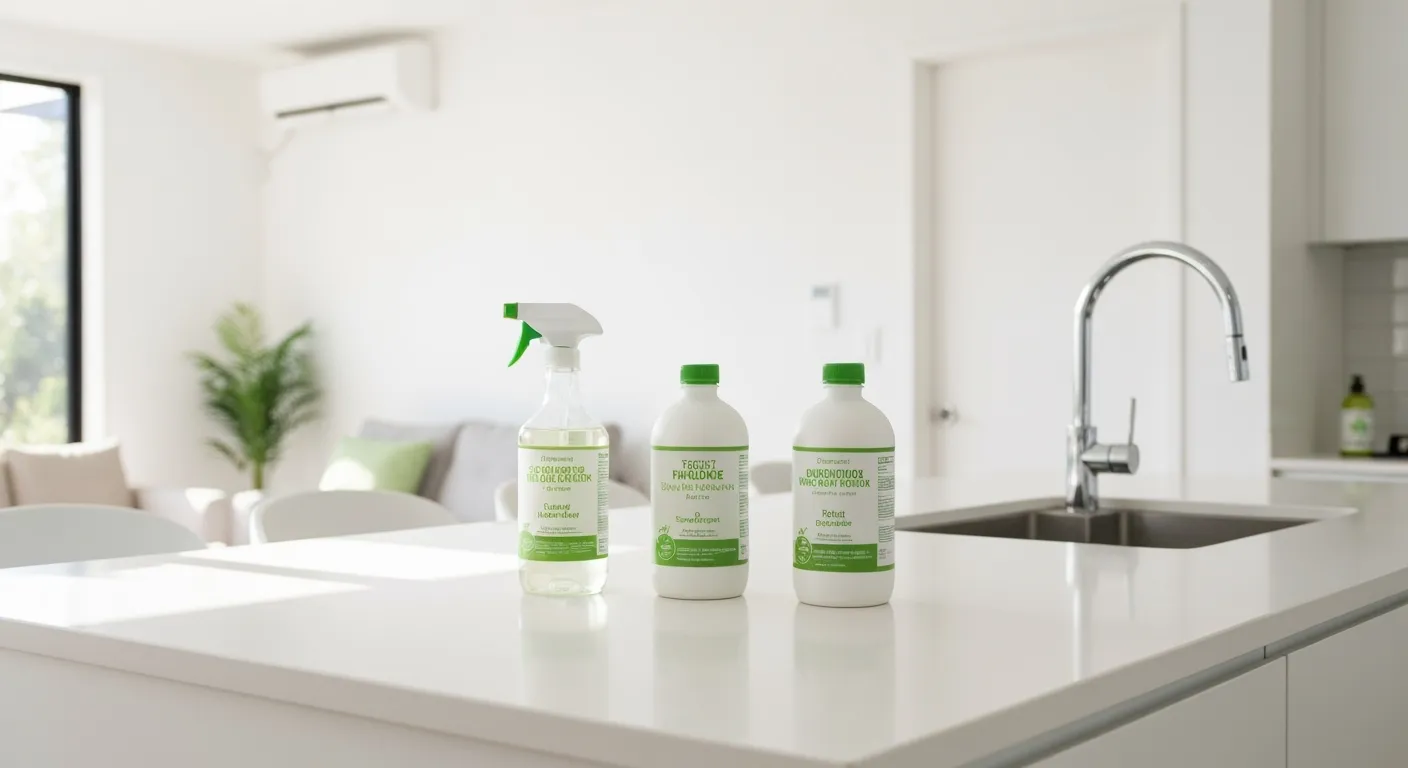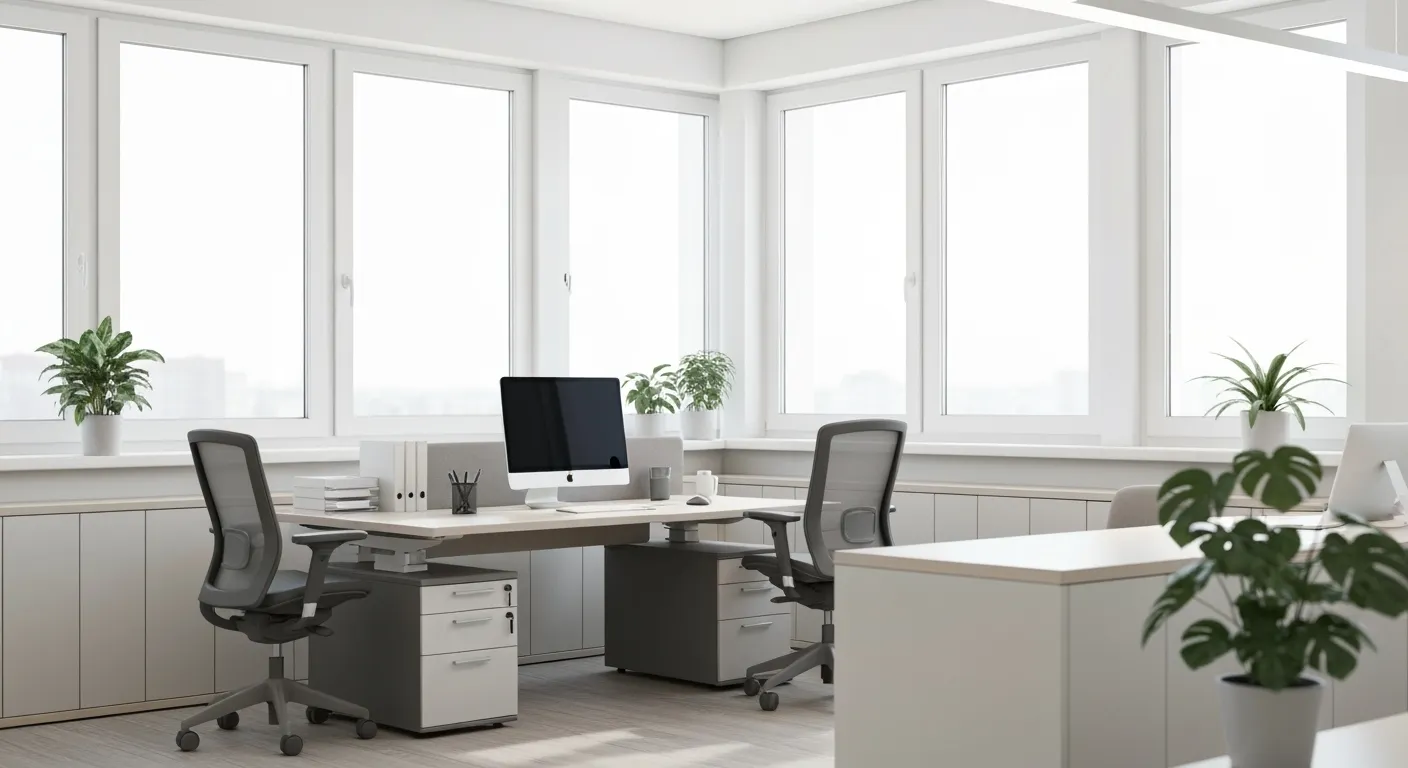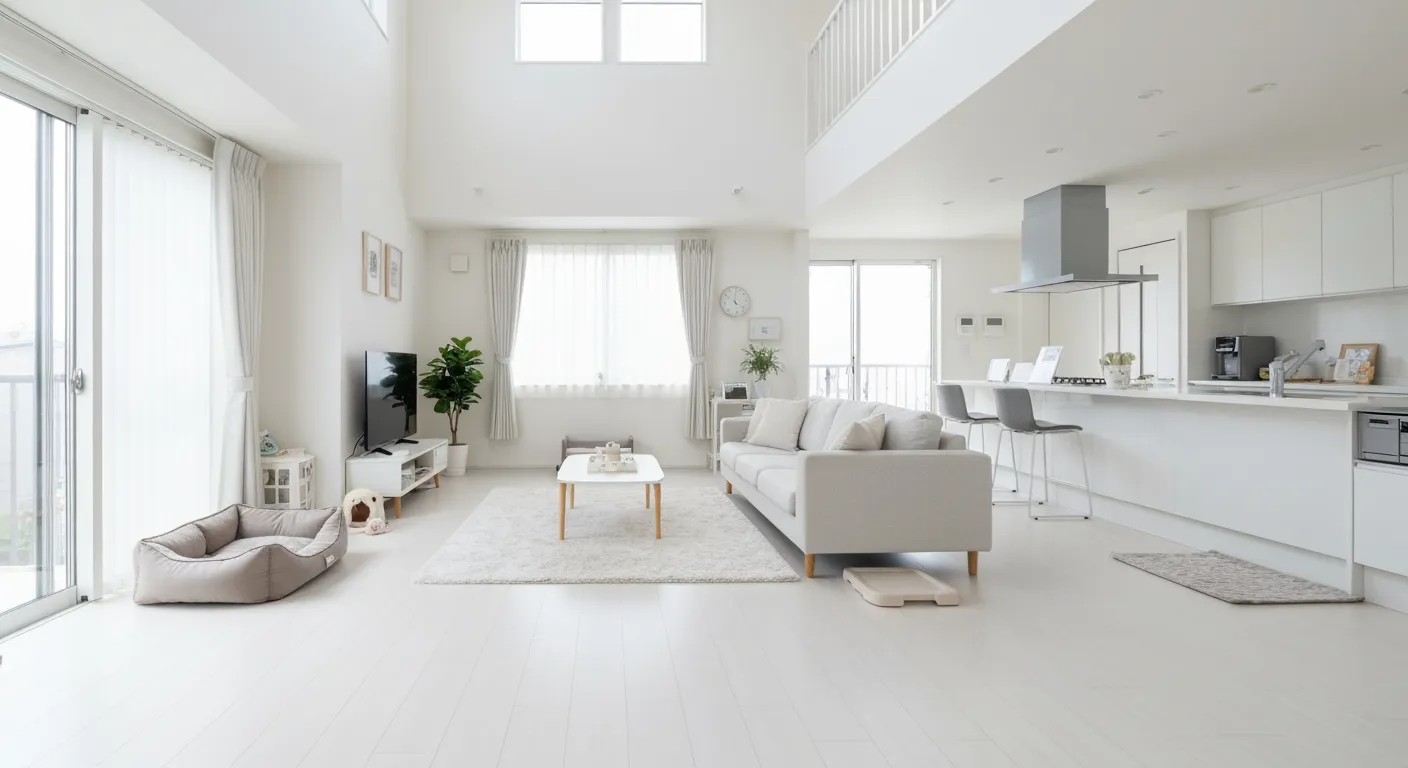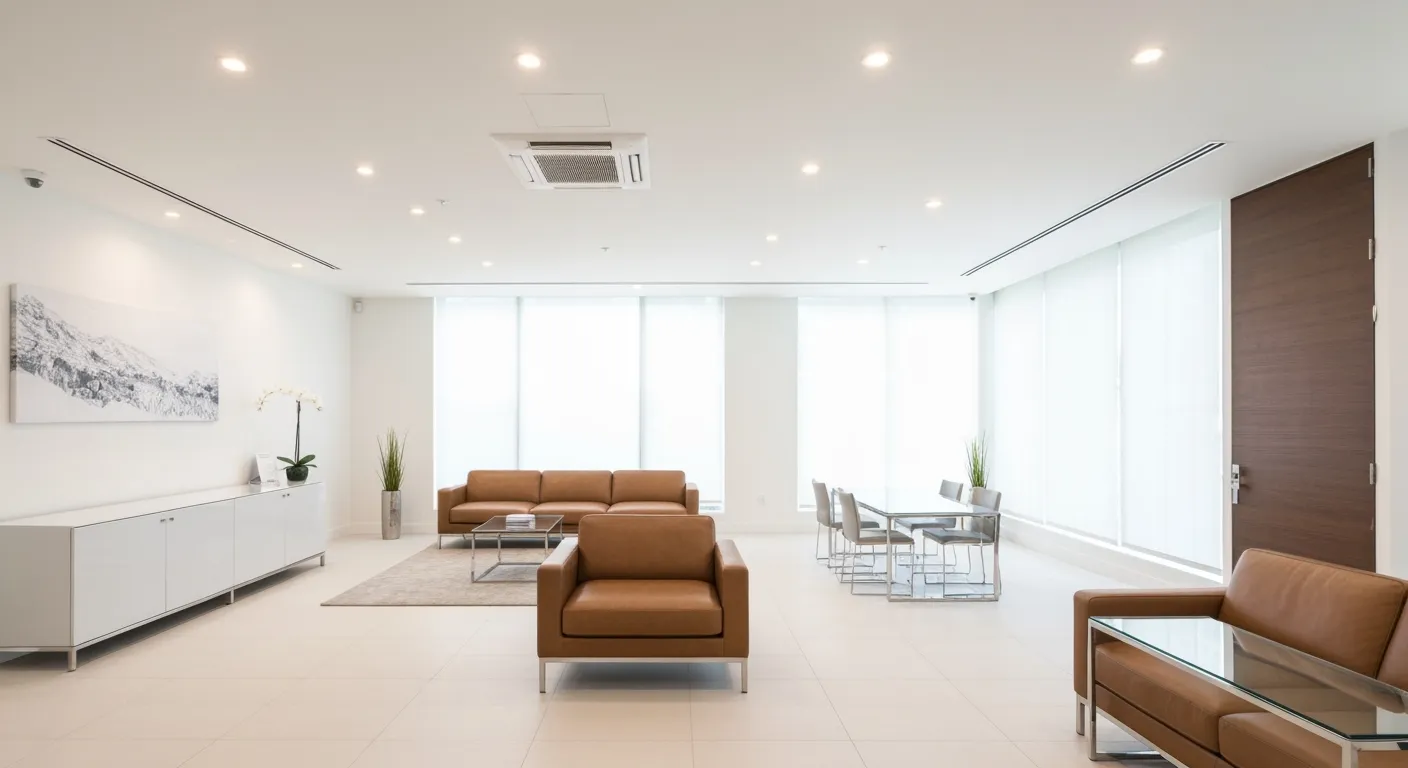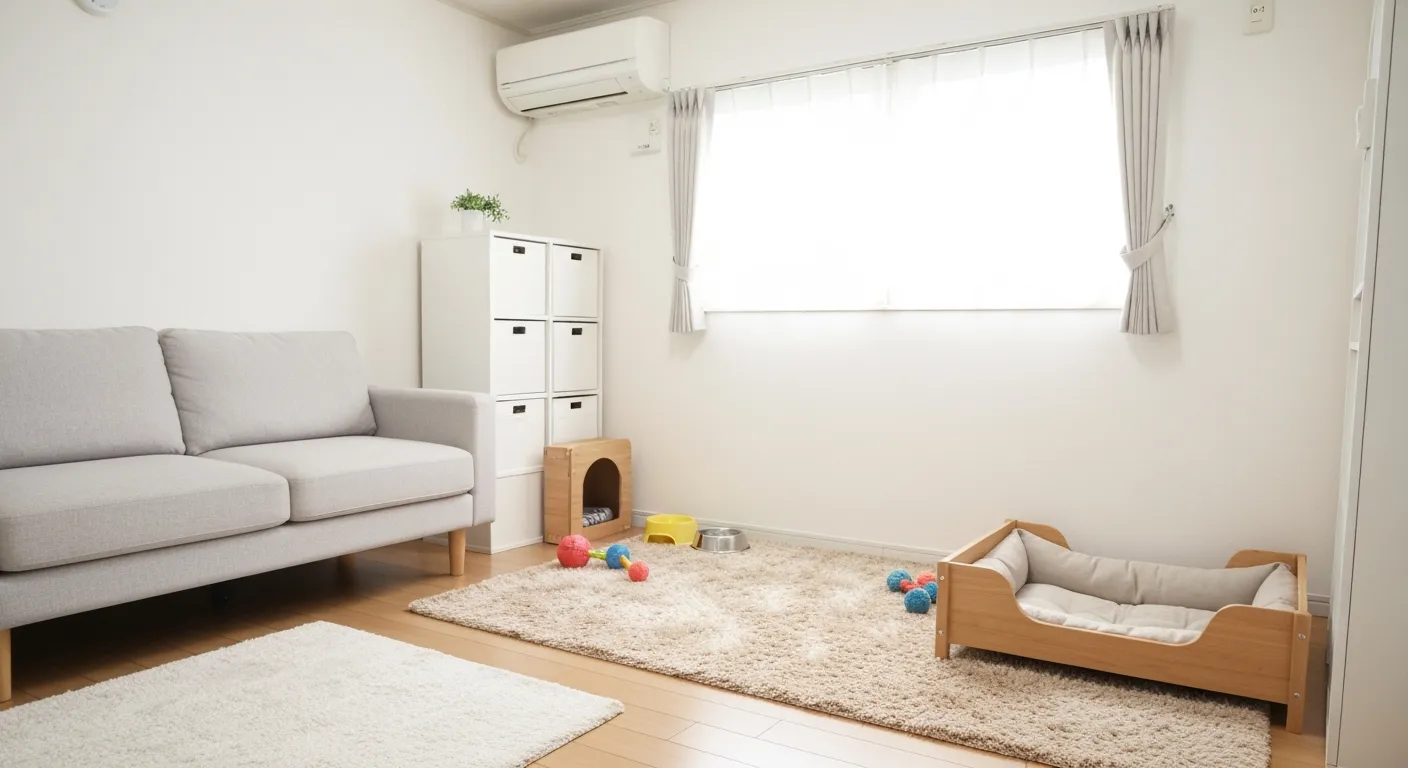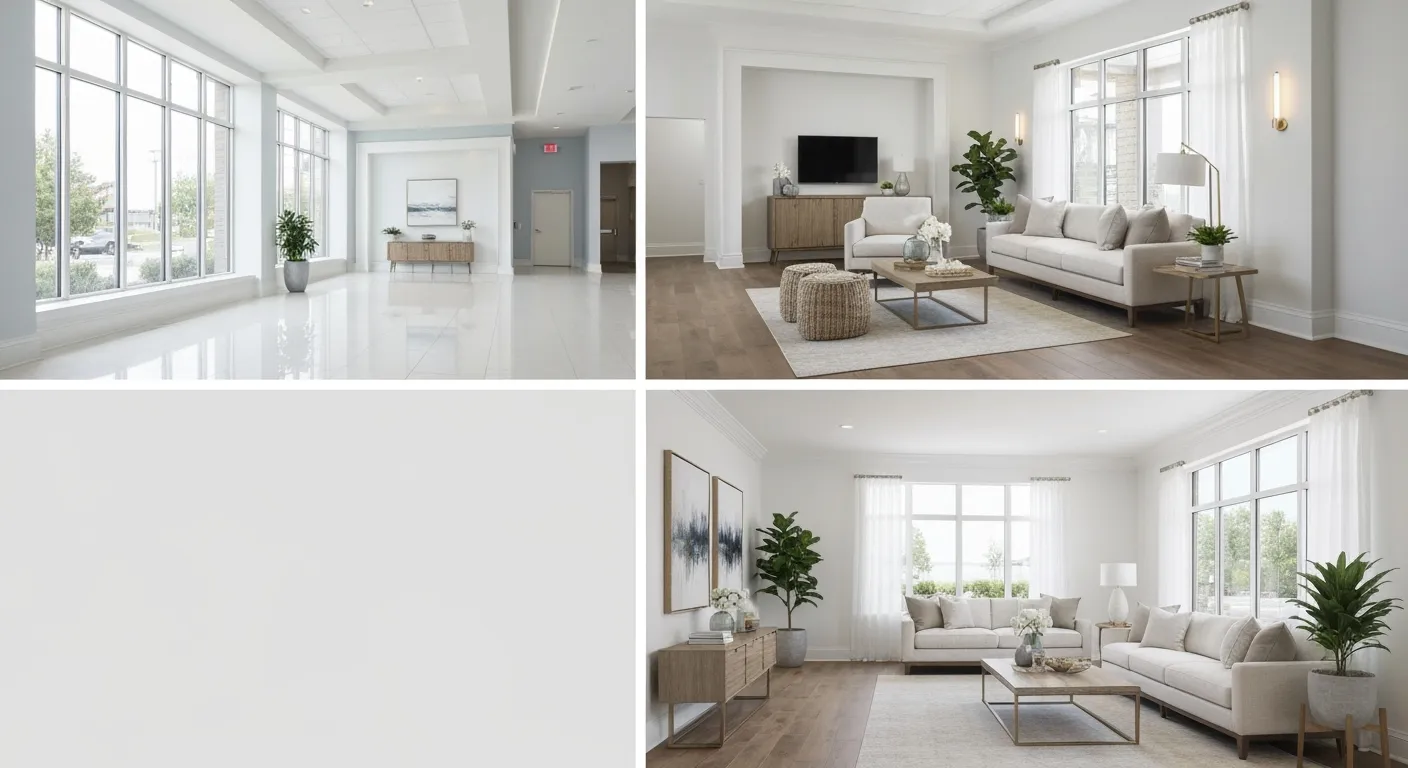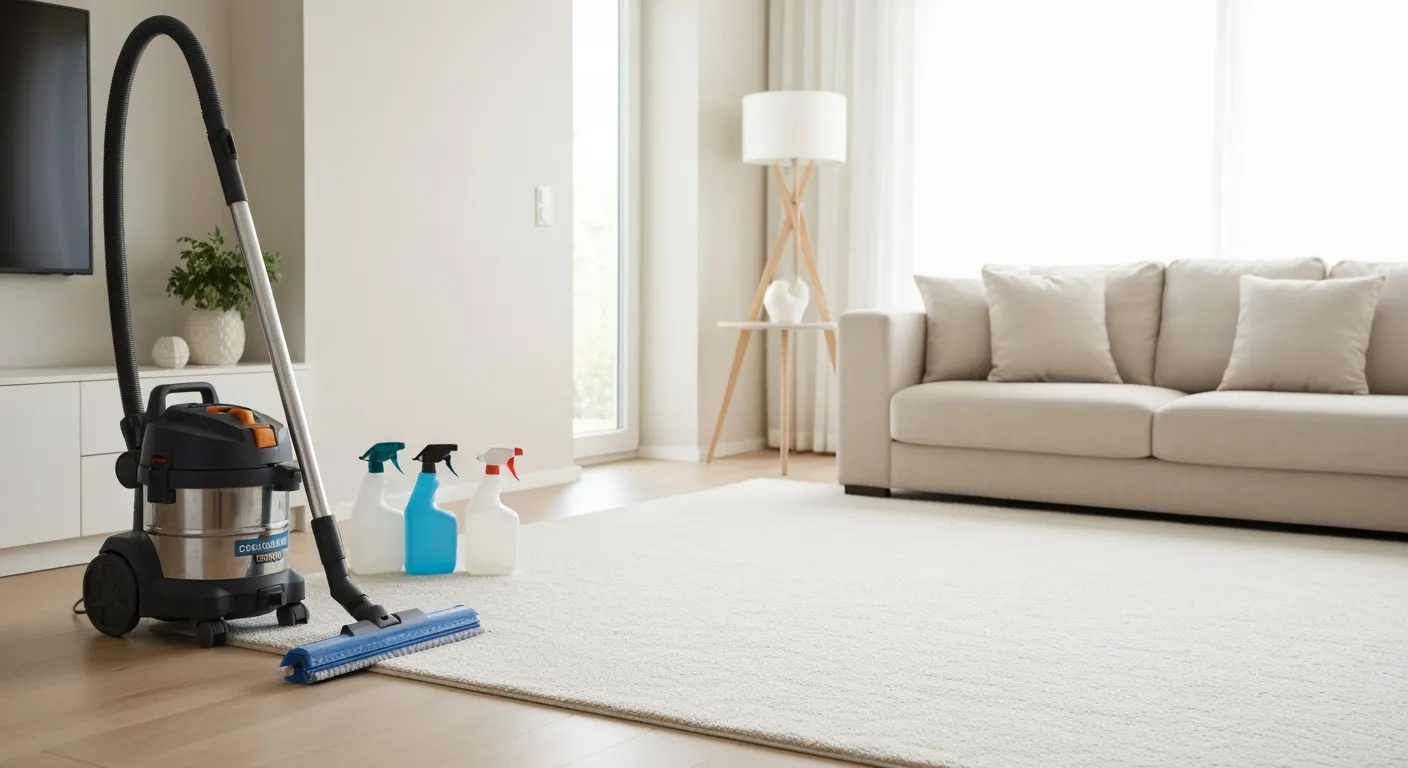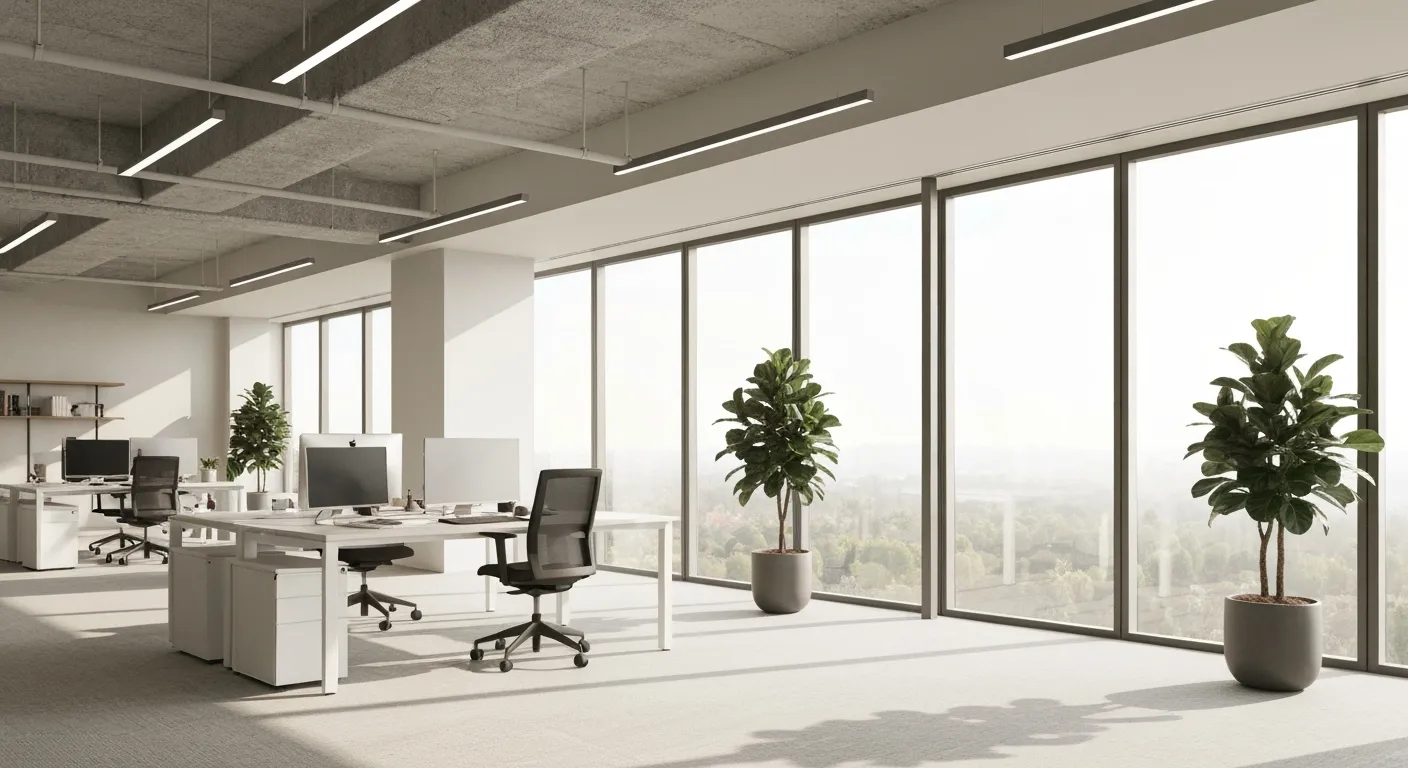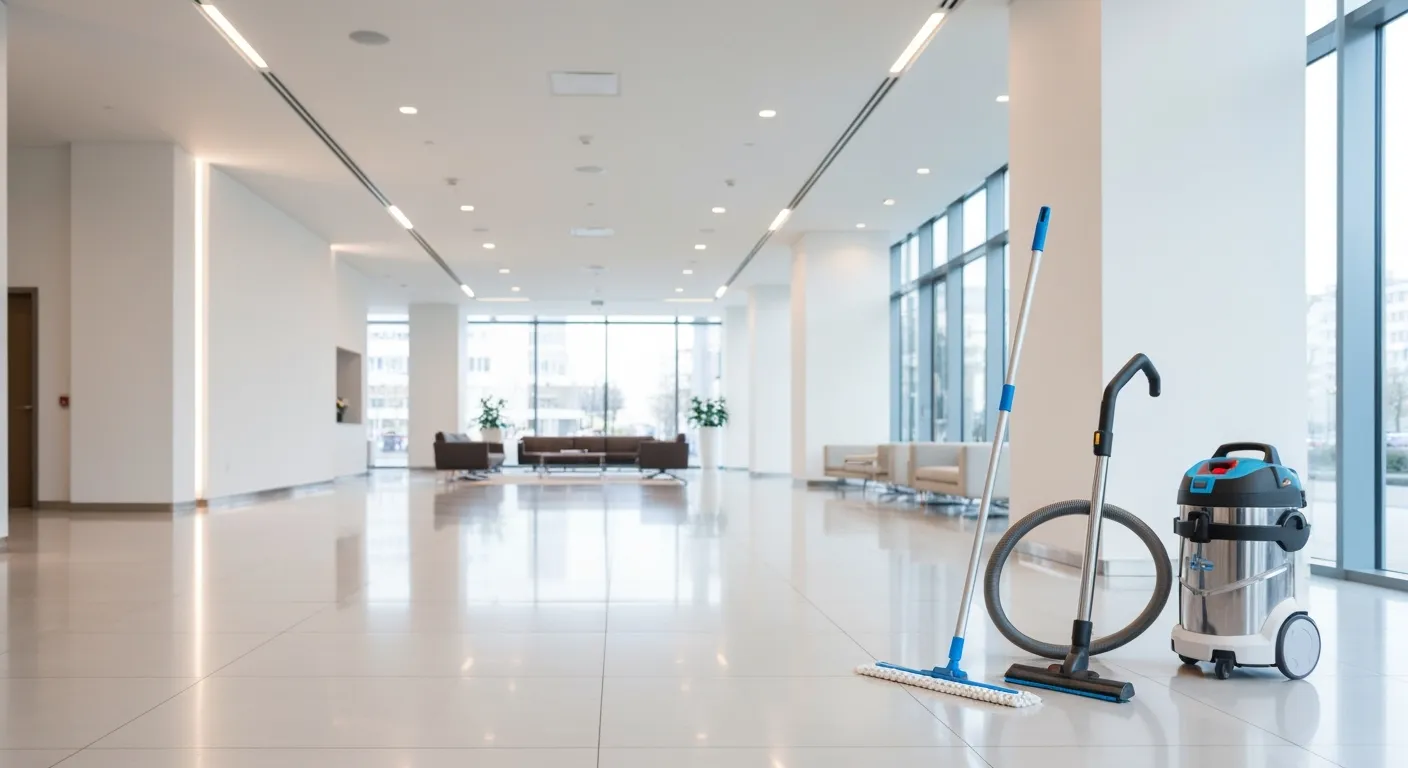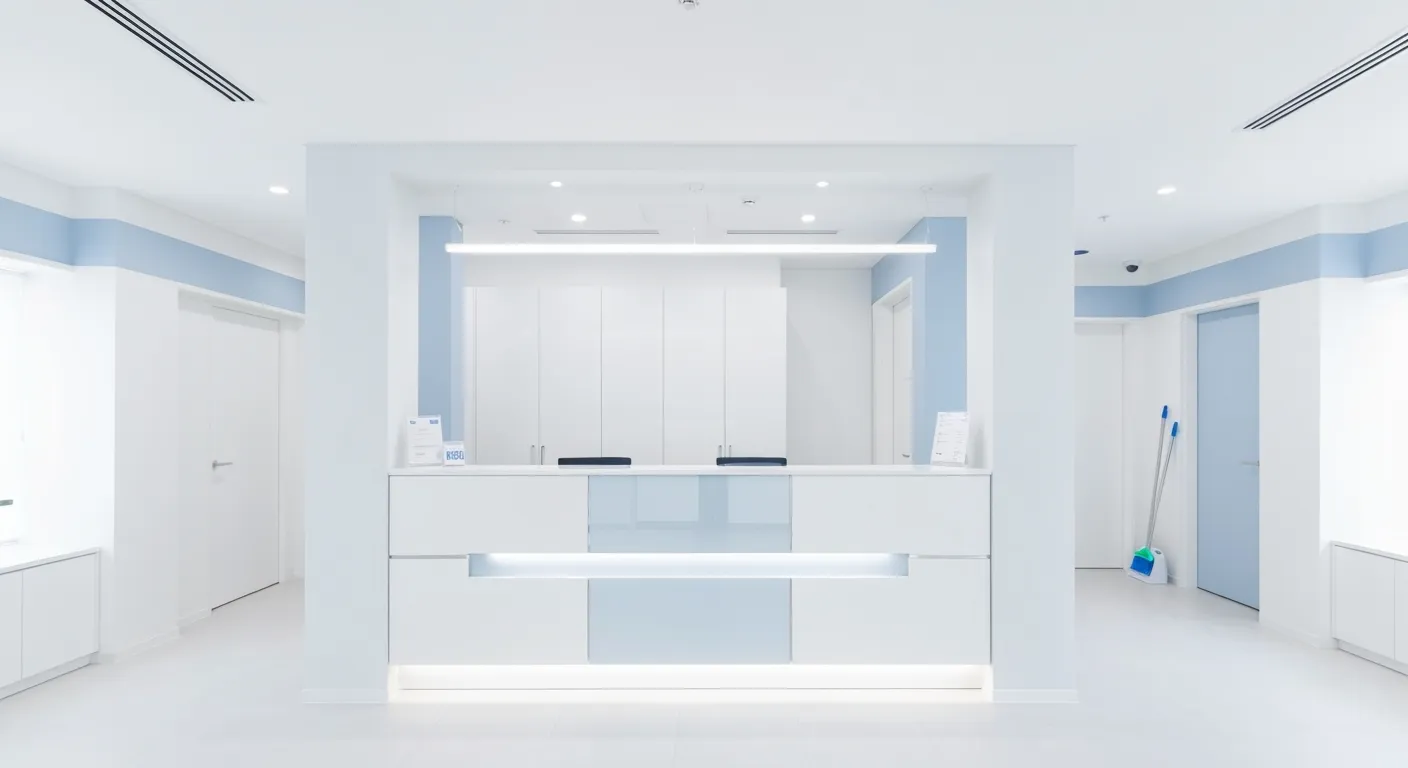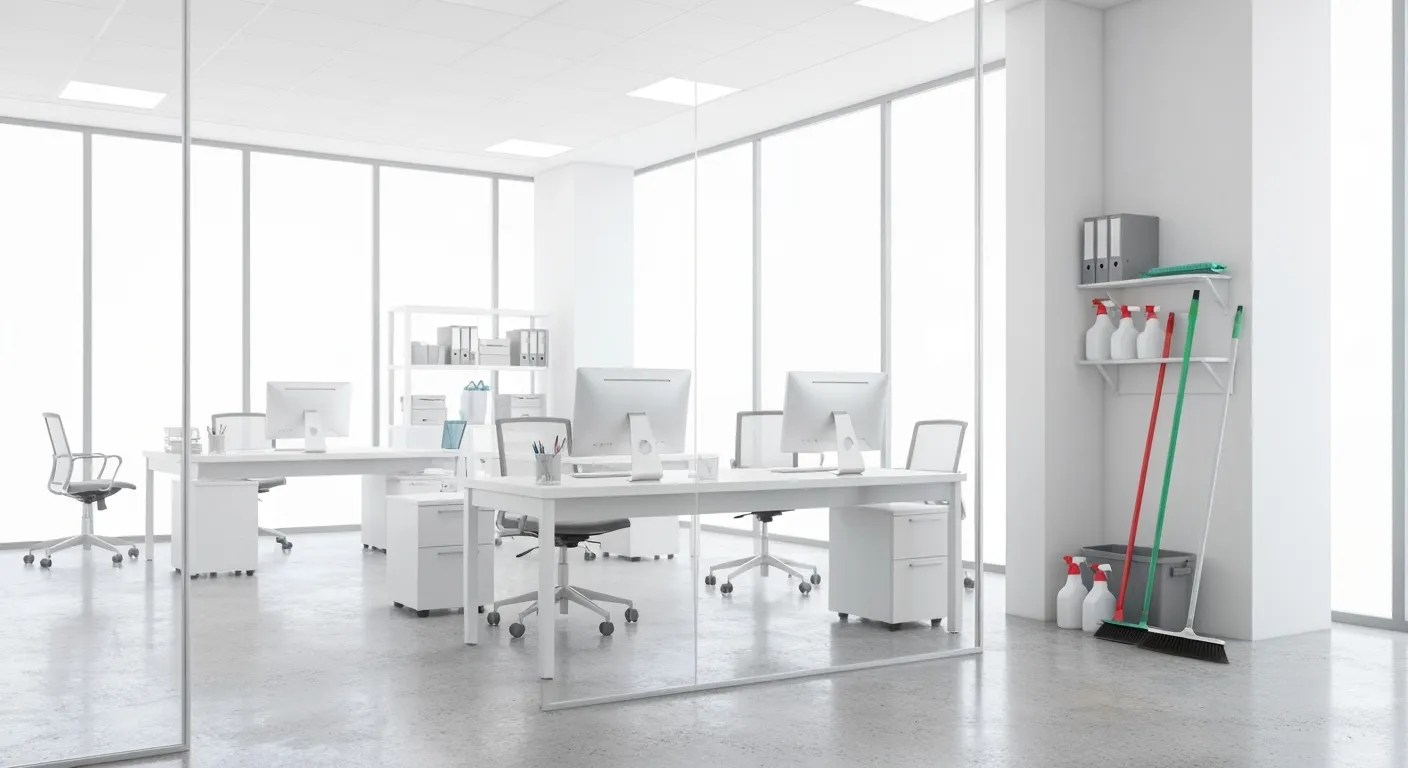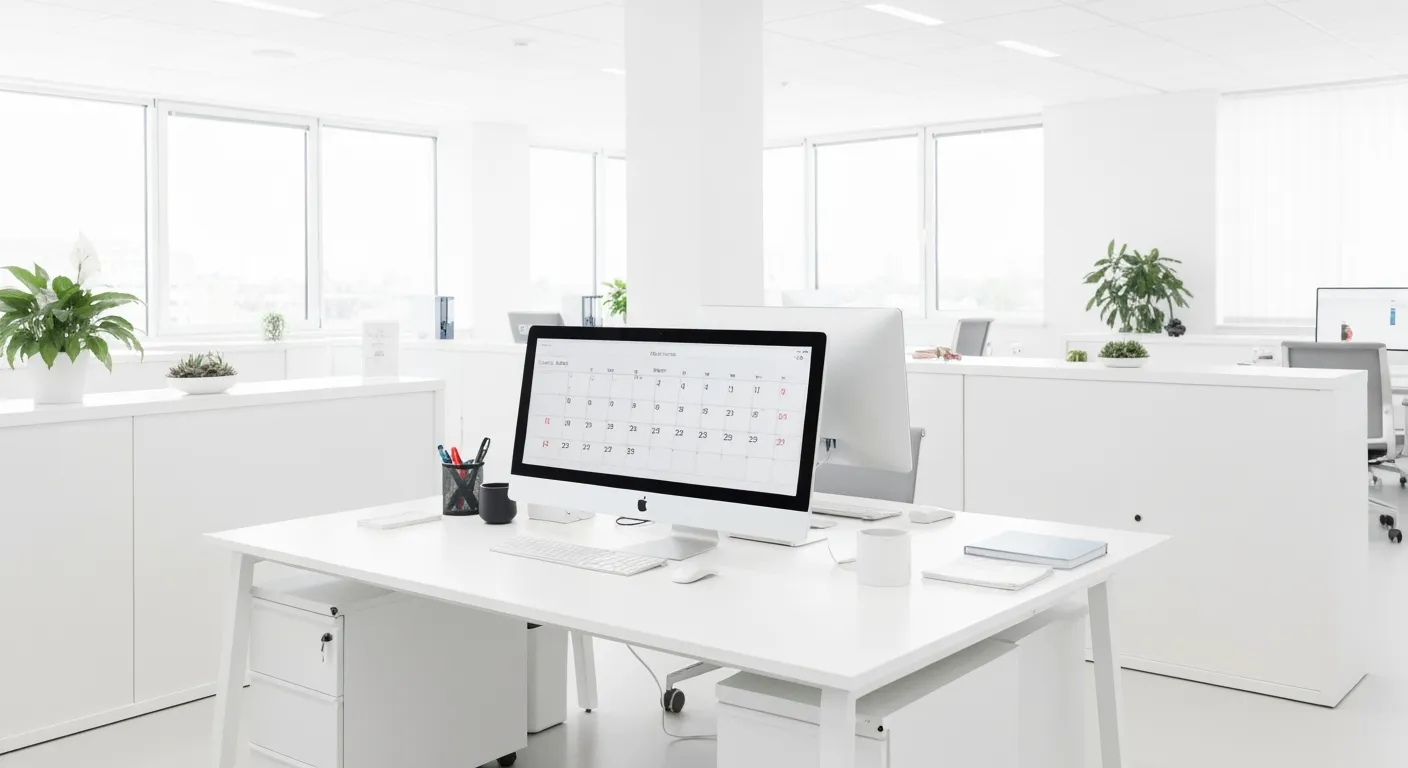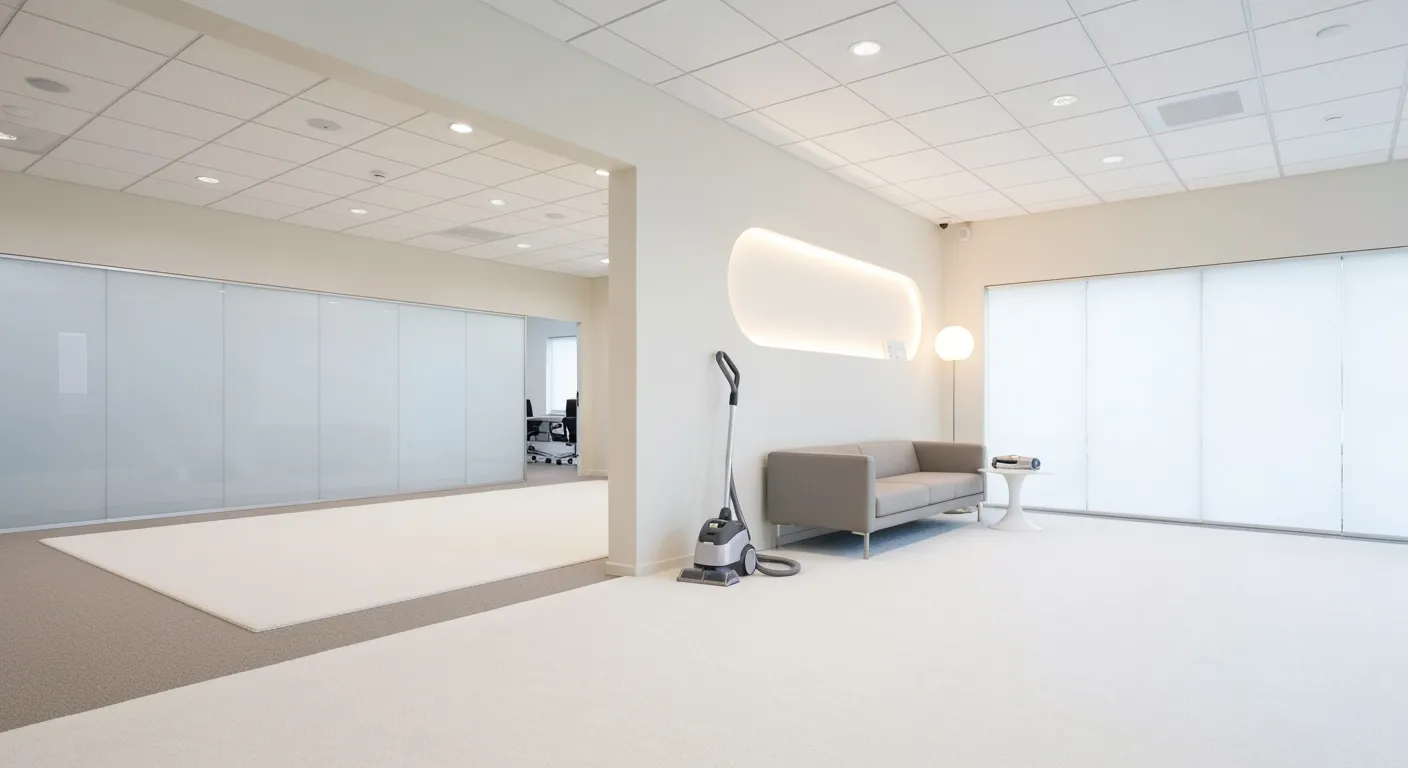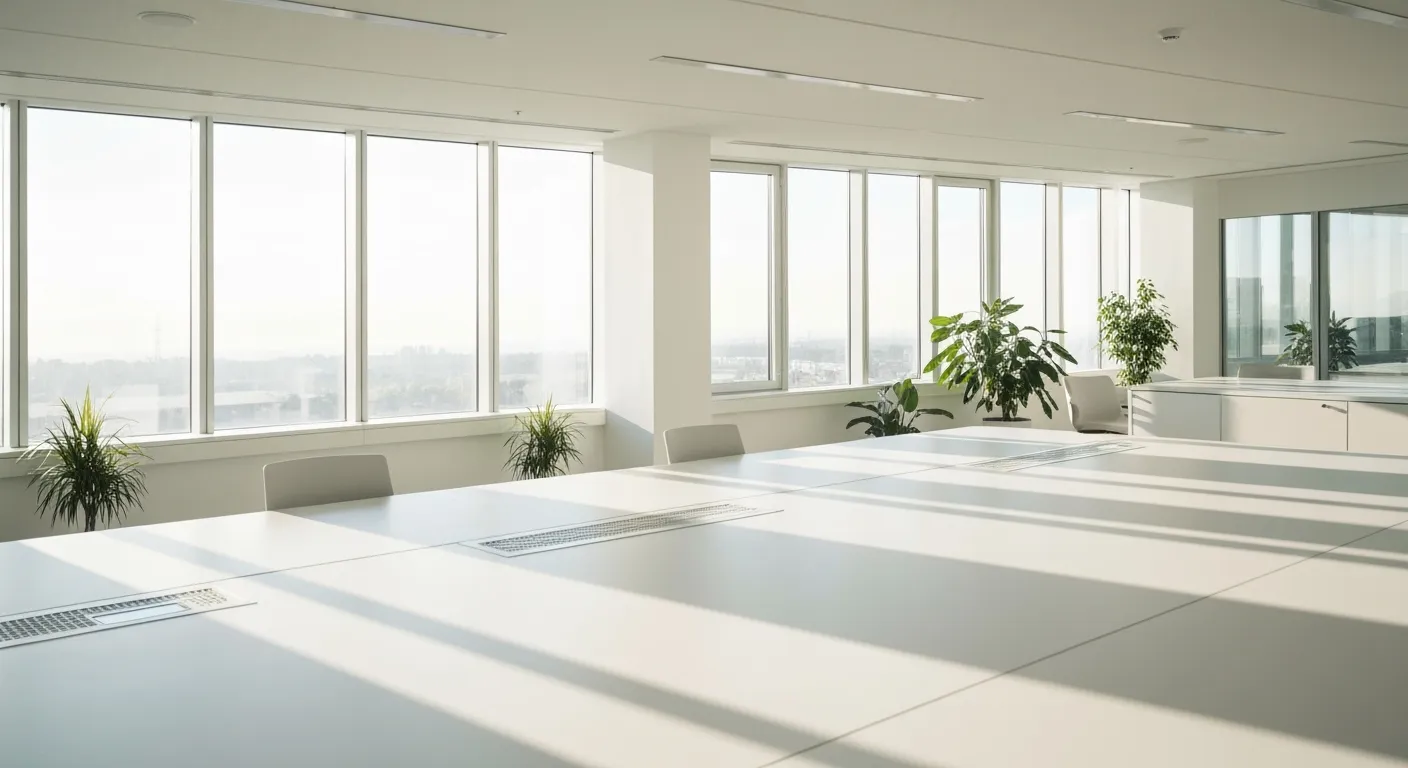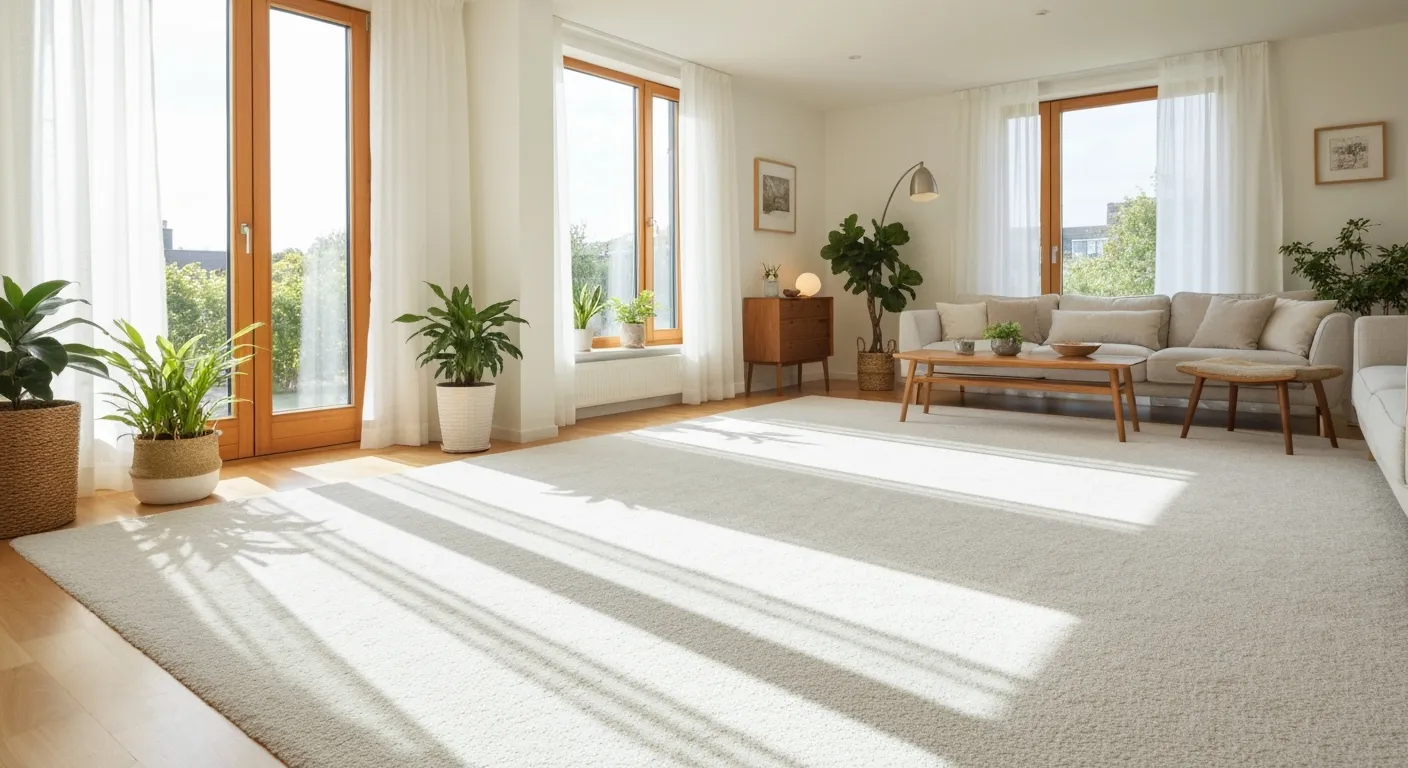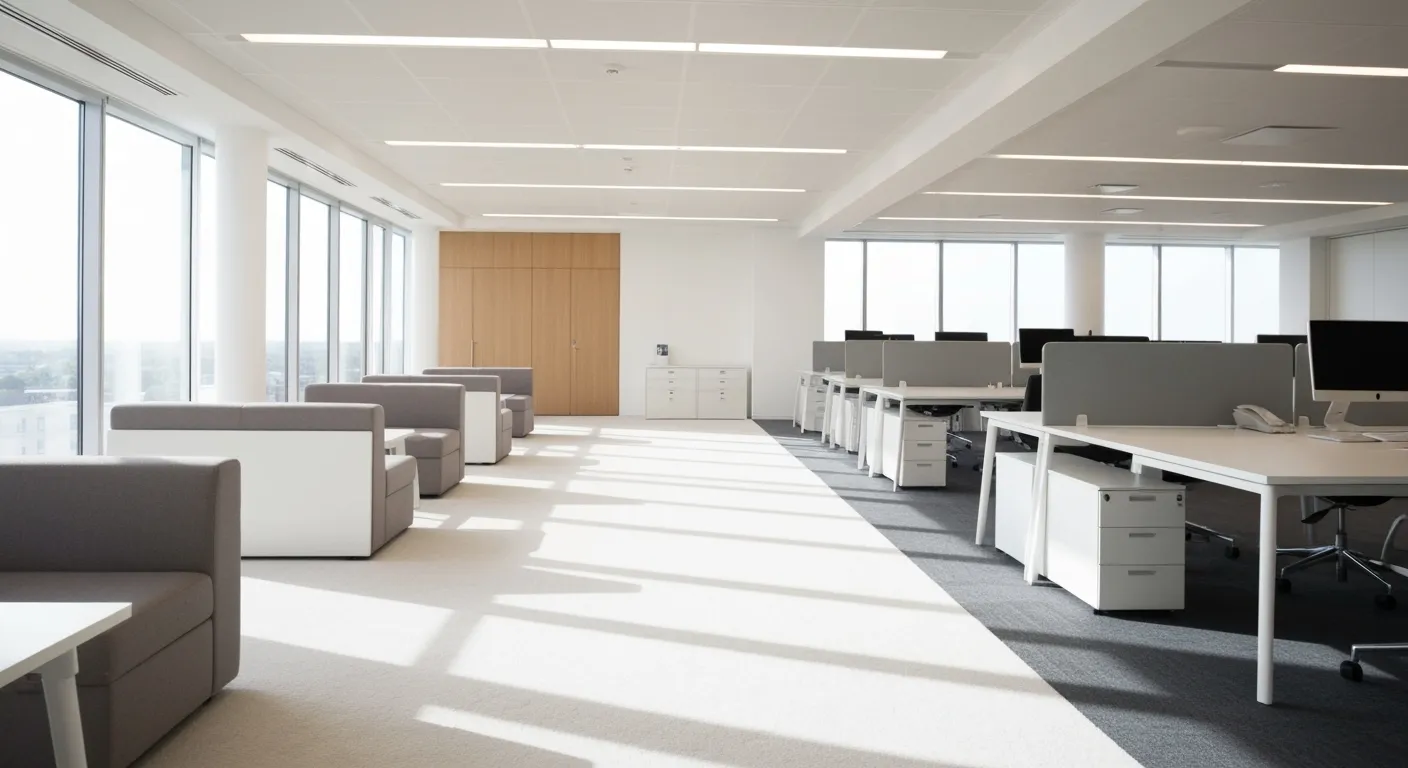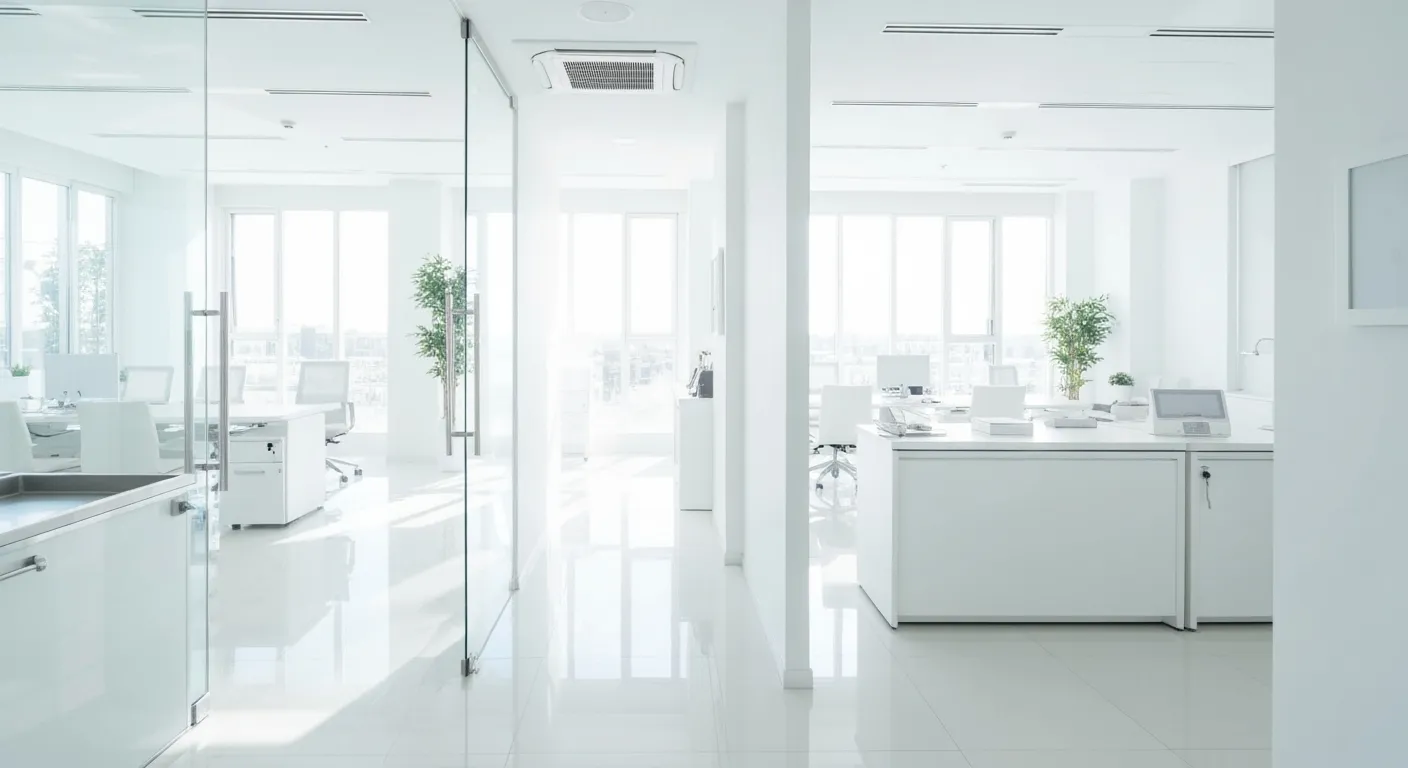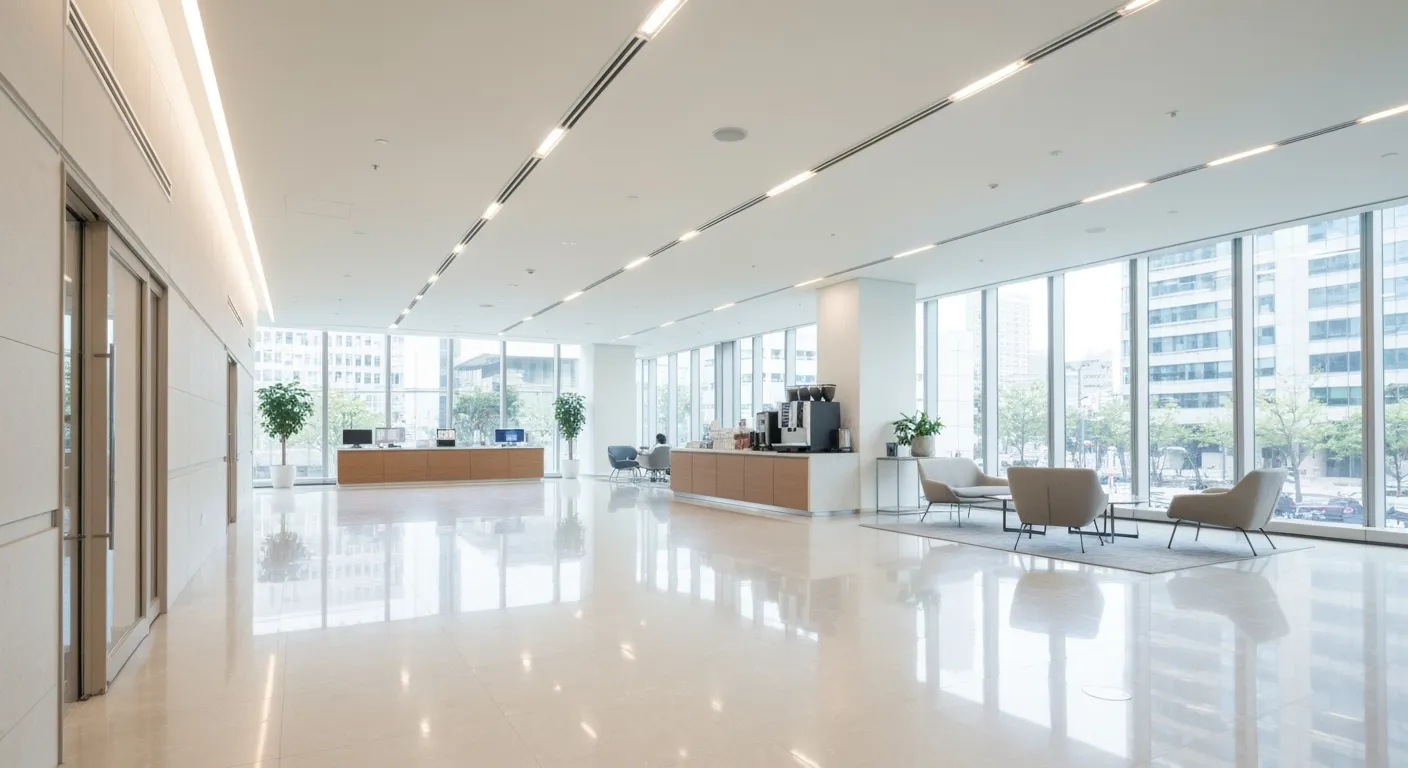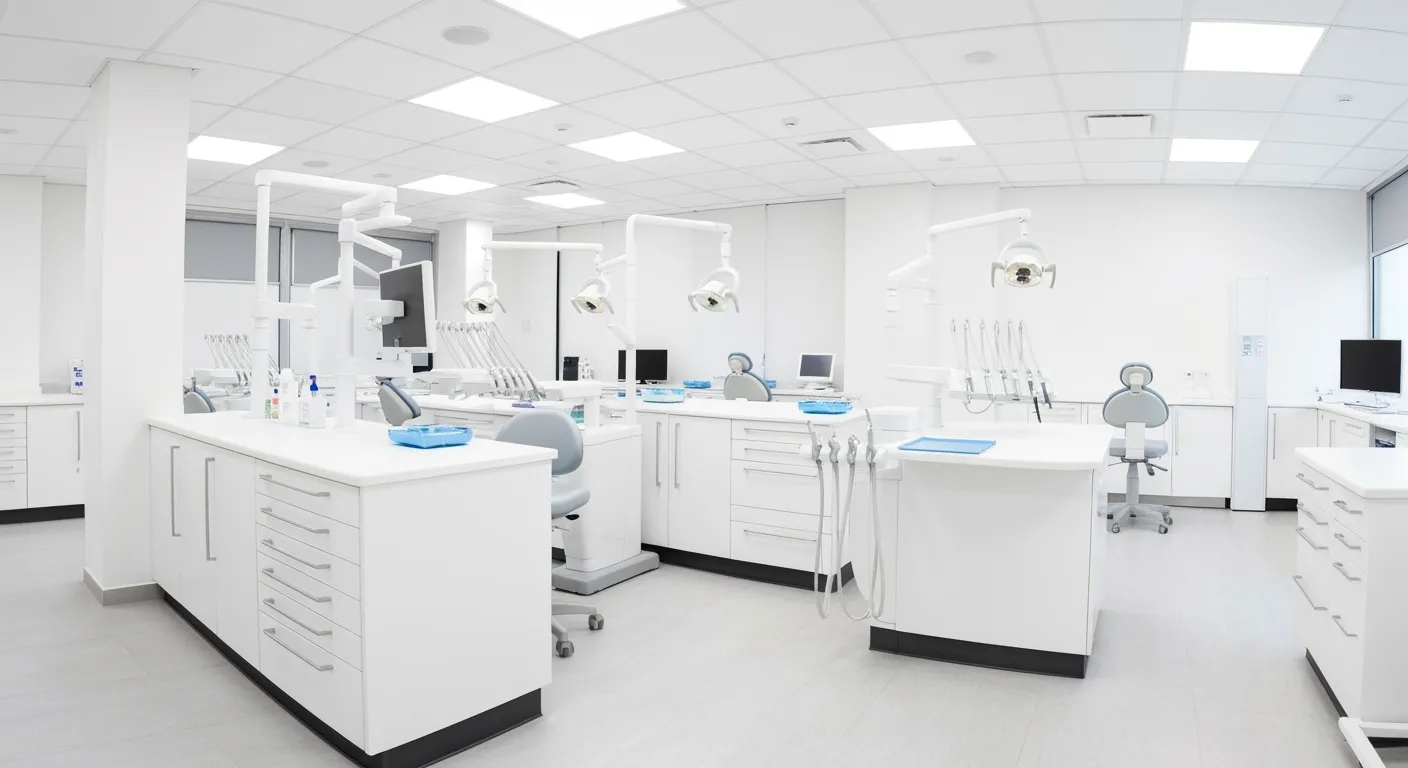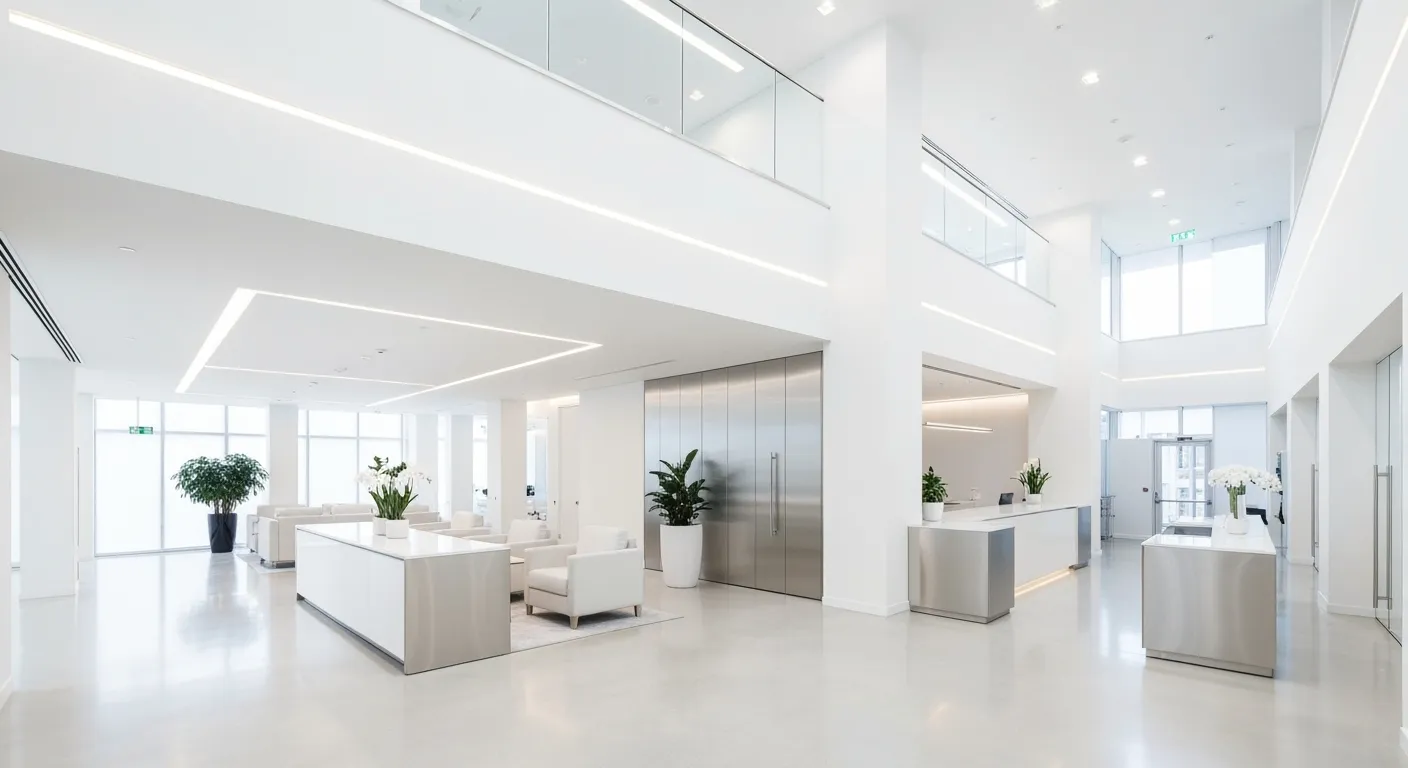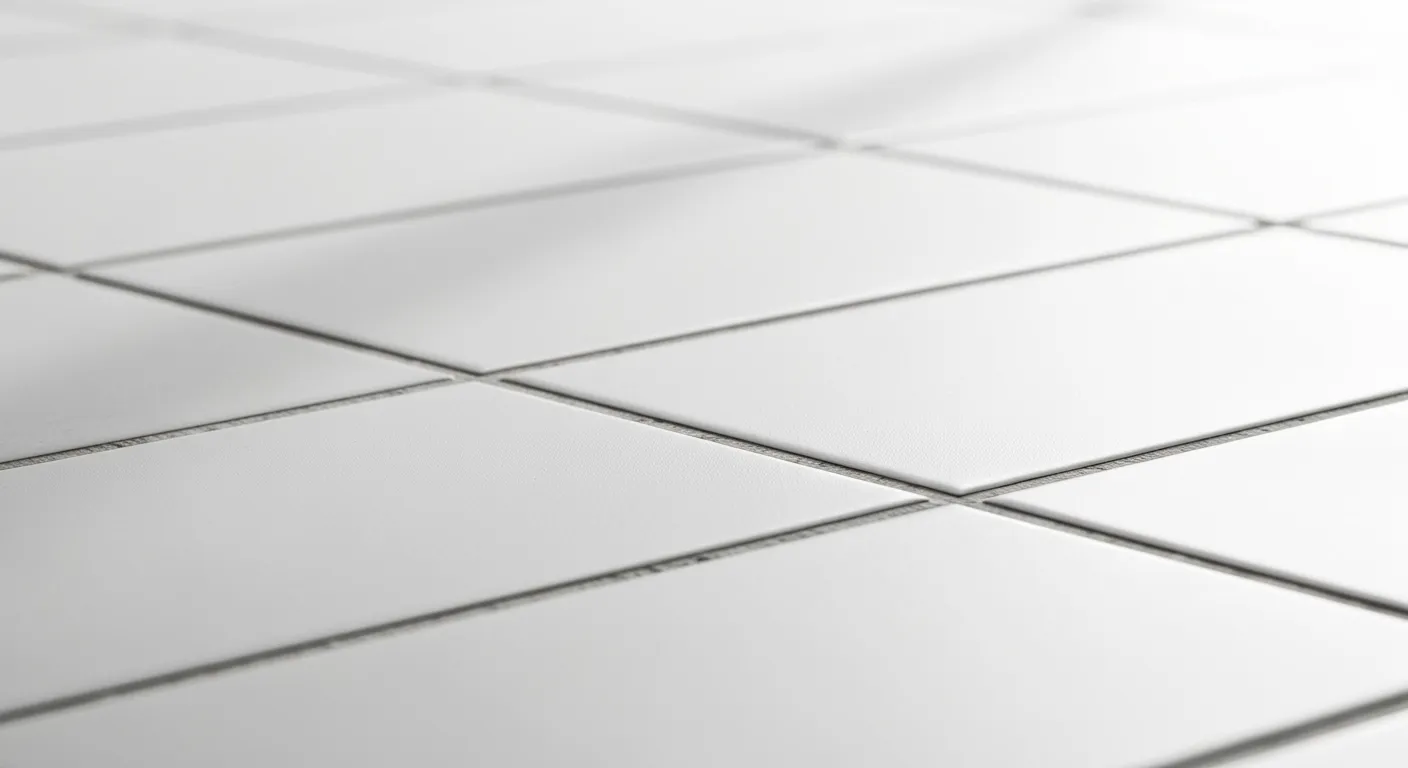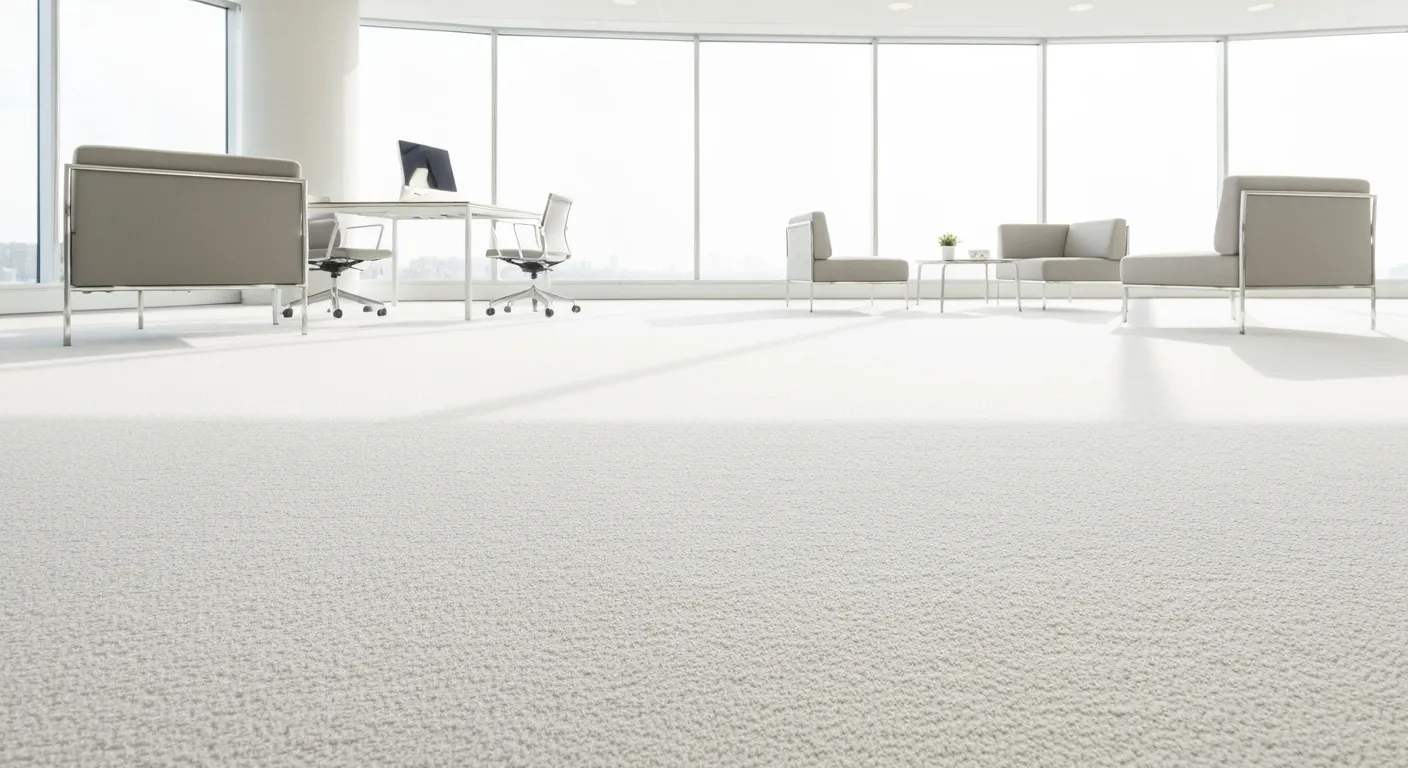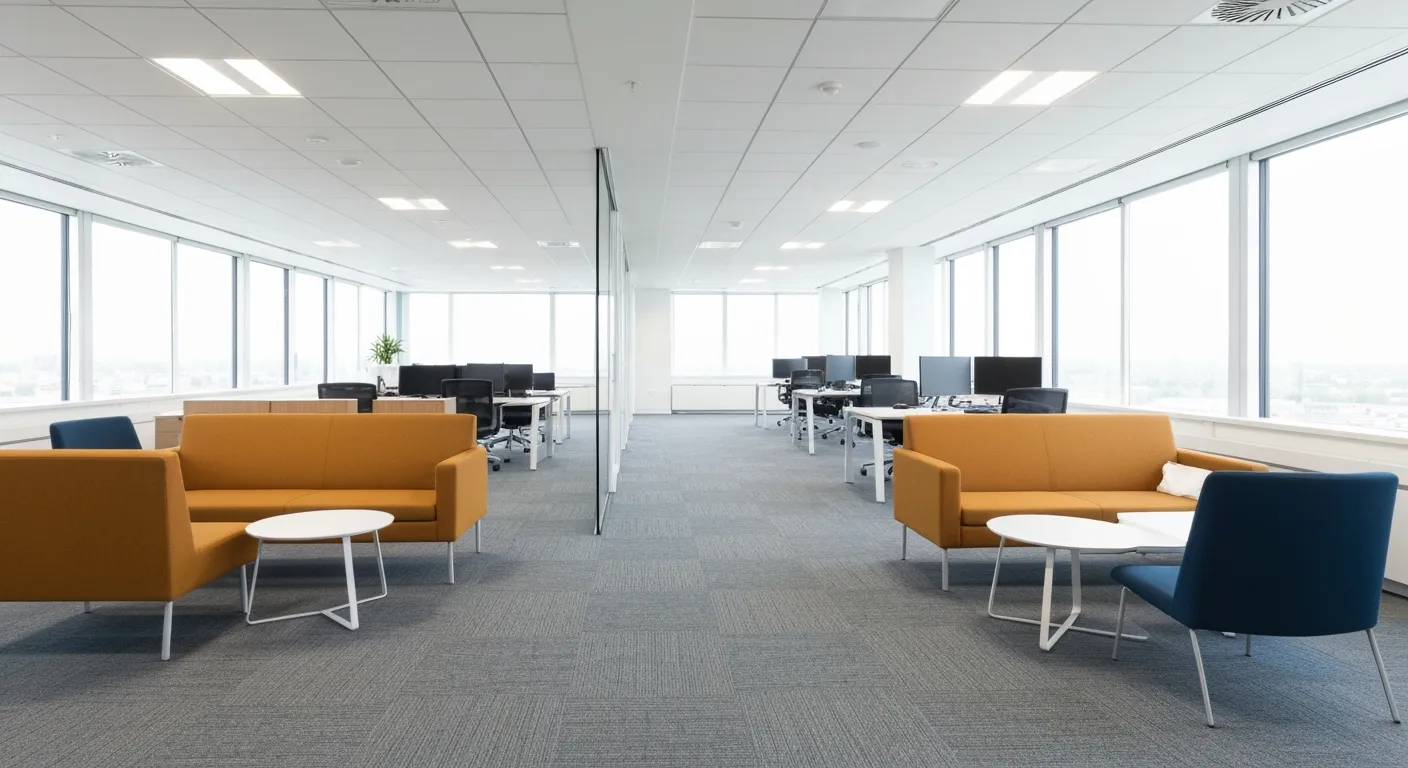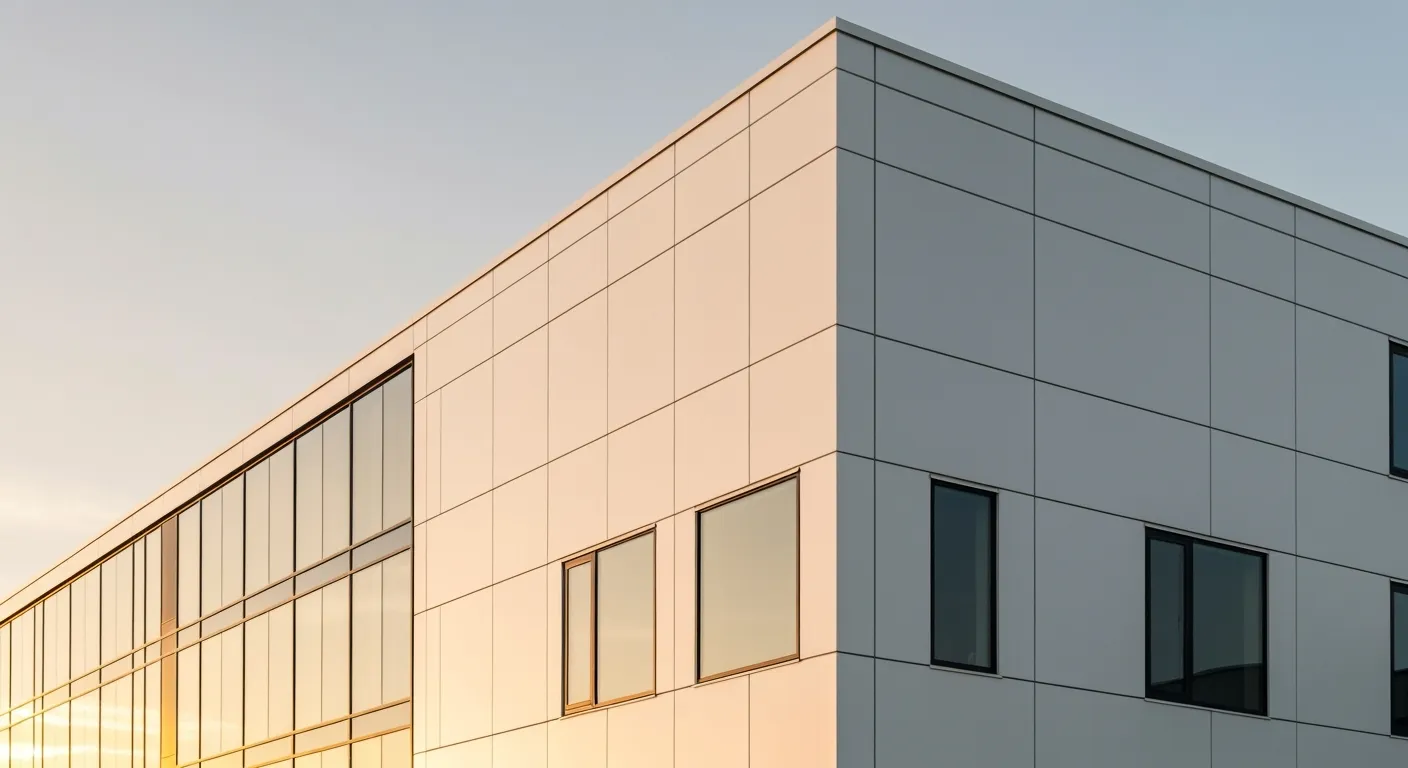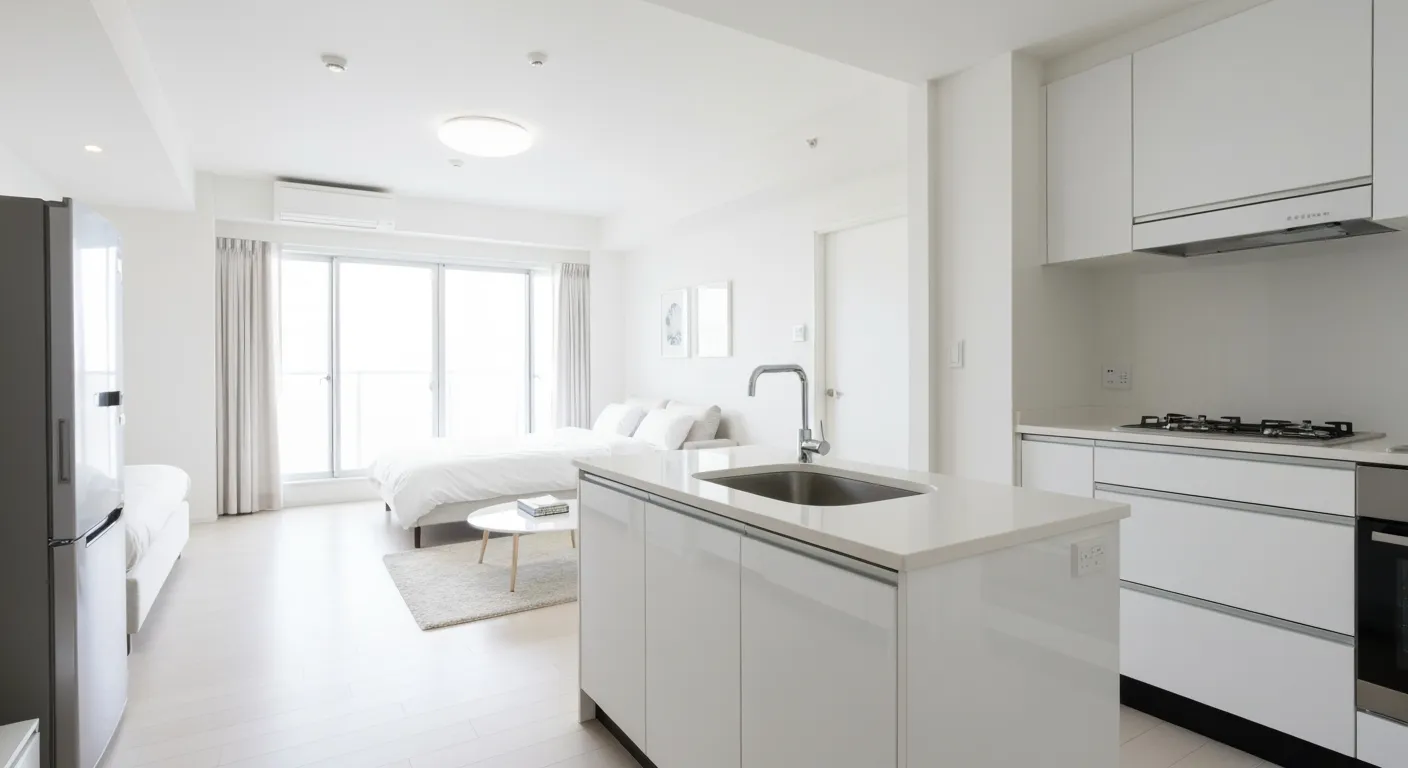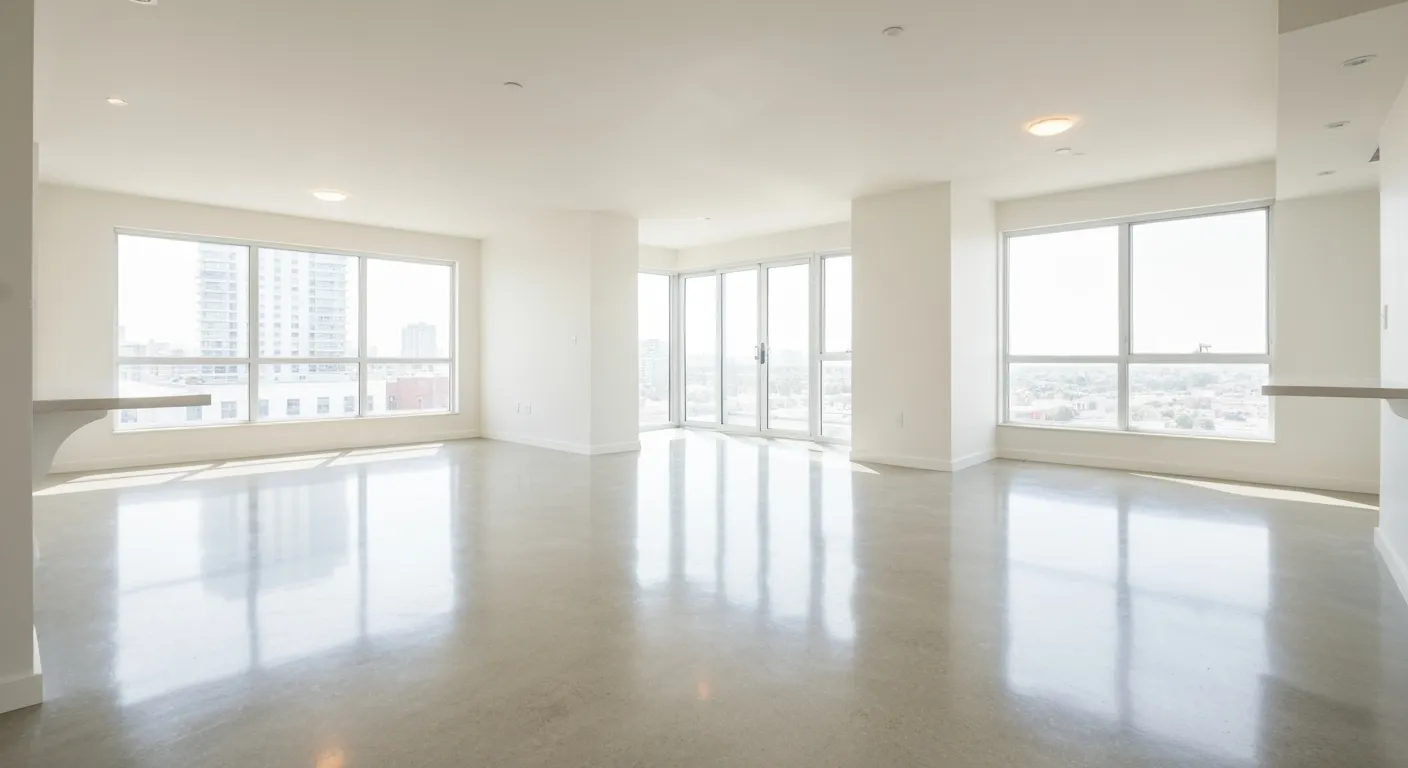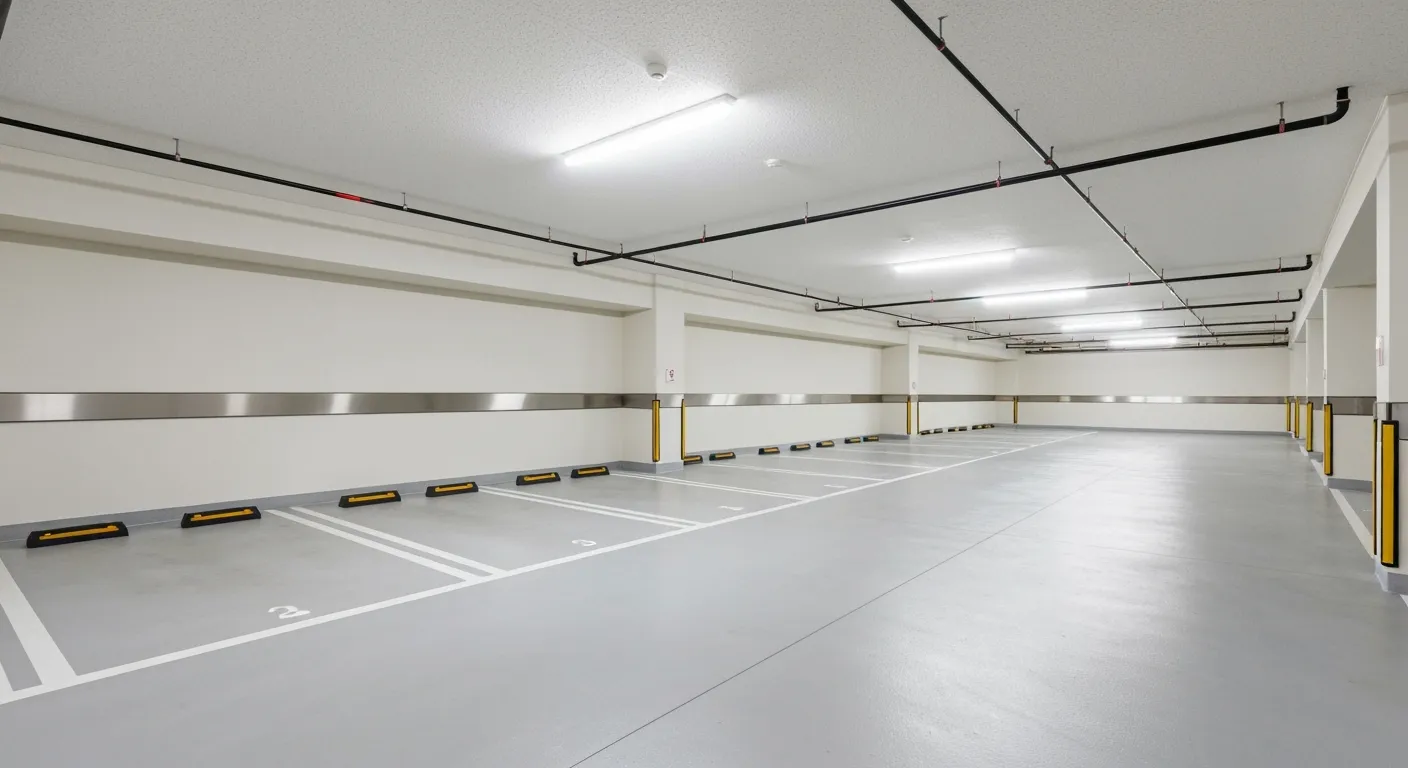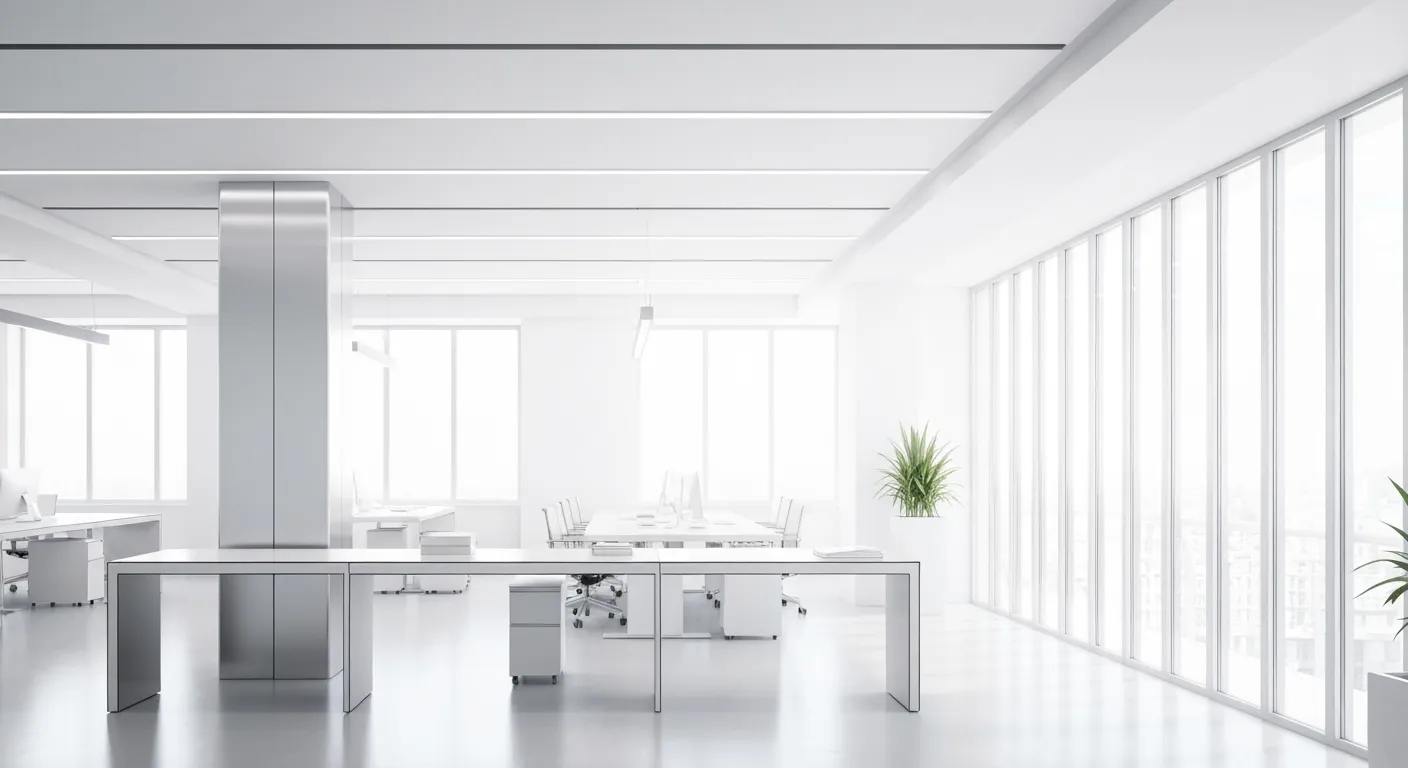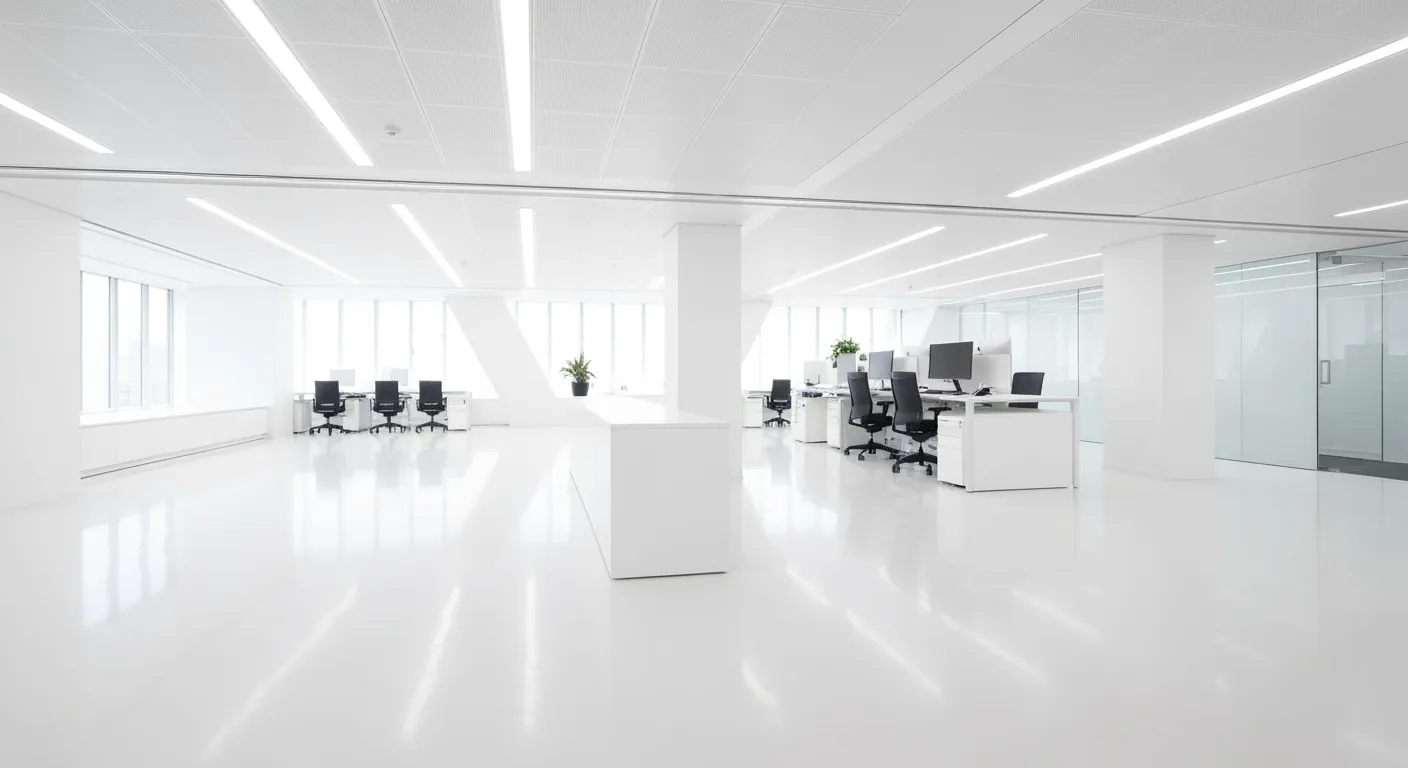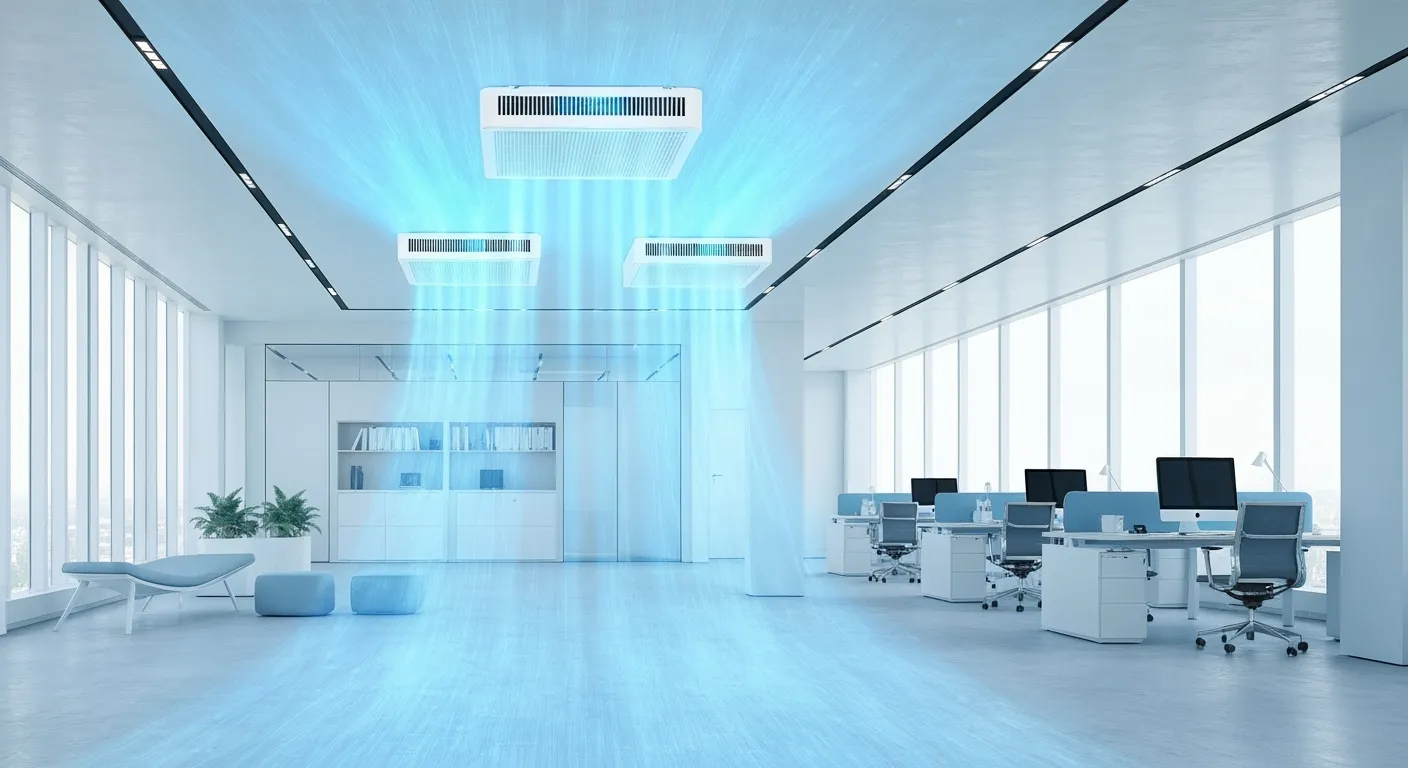Cleaning and Vacancy Rate Statistics: How Cleanliness Affects Leasing

Why Cleanliness Matters in Leasing Success
In today's competitive rental market, maintaining high cleanliness standards isn't just about hygiene—it's a key driver influencing vacancy rates, tenant decisions, and ultimately the profitability of rental properties. As vacancy rates fluctuate across regions and rental supply evolves, understanding how cleanliness impacts leasing success becomes essential for landlords and property managers looking to attract and retain quality tenants.
Cleanliness and Vacancy Rates in Rental Housing
- Research shows a significant negative correlation between neighborhood cleanliness and vacancy rates.
- Cleaner neighborhoods attract more tenants and increase occupancy rates due to higher demand.
- High standards of hygiene and maintenance routines promote longer lease renewals.
- Spatial factors such as proximity to amenities and transport notably affect vacancy patterns.
- Presence of quality amenities and infrastructure reduces vacancy rates by enhancing property appeal.
- Modern professional cleaning using advanced equipment improves indoor air quality and tenant health.
- Data-driven cleaning protocols help manage costs while maintaining high hygiene standards.
- Implementation of technology and real-time data in cleaning reduces contamination and boosts occupancy.
- Elevated cleaning standards strengthen property value and accelerate leasing speed.
- Emphasizing hygiene and property upkeep reduces tenant turnover and maintains market competitiveness.
1. Statistical Insights on Cleanliness and Vacancy Rate Correlations

What statistical correlations exist between cleanliness and vacancy rates?
Research in the rental housing sector shows that there is often a significant negative relationship between neighborhood cleanliness and vacancy rates. When areas maintain high standards of sanitation and hygiene, they tend to attract more tenants, leading to lower vacancy rates.
This means that cleaner neighborhoods are more appealing, increasing demand for rental units and, consequently, occupancy rates rise. Conversely, neighborhoods that struggle with cleanliness issues often see higher vacancy rates due to reduced tenant interest.
Beyond cleanliness, spatial factors such as proximity to amenities, transportation, and infrastructure have notable effects on vacancy patterns. Properties situated near good schools, public transit, parks, and essential services usually experience lower vacancy levels because they are more desirable.
How does neighborhood cleanliness impact occupancy?
A tidy, well-maintained environment not only attracts tenants initially but also encourages longer lease renewals. Tenants are more likely to stay in a hygienic space, appreciating the health and comfort benefits.
Property managers often highlight that consistent cleaning routines including deep cleaning, pest control, and proper garbage disposal contribute to a positive landlord-tenant relationship. These practices improve the living environment and help maintain high occupancy levels.
What role do spatial factors play in vacancy patterns?
Location inherently influences vacancy trends. Neighborhoods with superior infrastructure, safety, and accessibility tend to have lower vacancies. For example, areas with good transport links or nearby amenities see more stable occupancy rates.
In some cases, high rental supply in certain regions, such as Calgary and Edmonton, can cause higher vacancy rates despite the overall cleanliness. Conversely, markets like Toronto and Vancouver maintain tight vacancy rates due to scarce supply combined with high demand.
How do amenities and infrastructure influence vacancies?
The presence of quality amenities—such as gyms, parks, retail centers—and robust infrastructure greatly enhances property appeal. This attracts tenants looking for convenience and lifestyle benefits, reducing vacancy.
Investments in neighborhood improvements, including public spaces, roads, and safety measures, have been shown to directly correlate with tenant attraction and retention.
Below is a summarized table showing how cleanliness, amenities, and spatial factors interact with vacancy rates across different regions:
| Region | Typical Vacancy Rate | Influencing Factors | Additional Notes |
|---|---|---|---|
| Toronto | 1.1-1.7% | Cleanliness, amenities, infrastructure | Market remains competitive |
| Vancouver | ~2.6% (2020) | Urban amenities, cleanliness | Tight market despite increased supply |
| Calgary & Edmonton | Higher vacancy | Rising supply, lower demand | Less focus on neighborhood cleanliness |
| Montreal, Ottawa | Slight increase or stability | Cultural amenities, neighborhood quality | Variations based on local conditions |
Understanding the links between neighborhood cleanliness and vacancy rates as well as the importance of spatial factors can help investors, property managers, and policymakers optimize strategies for reducing vacancies and improving rental competitiveness.
2. Commercial Cleaning Practices: Driving Occupancy and Leasing Outcomes

What role does cleanliness play in property maintenance and leasing outcomes?
Cleanliness is a vital aspect of property maintenance that directly impacts leasing success. Well-maintained and hygienic rental units are more attractive to prospective tenants, making them more likely to choose and stay in a clean property. Additionally, maintaining high standards of cleanliness can increase a property's value and support higher rental rates. Prospective tenants tend to favor clean environments that emphasize safety and comfort, which can lead to reduced vacancy rates. Regular cleaning, deep cleaning, pest control, and proper waste management ensure that properties meet health standards and attract high-quality tenants.
How does professional cleaning impact leasing success?
Professional cleaning services can significantly enhance the appeal of rental properties. Deep cleans using advanced equipment and eco-friendly supplies can reduce airborne dust, VOCs, bacteria, and fungi—attributes crucial during and after the COVID-19 pandemic. These improvements lead to healthier indoor environments, which are increasingly important to tenants concerned about health and hygiene.
For landlords and property managers, investing in professional cleaning can reduce vacancy durations by making units more appealing. Well-maintained properties not only attract new tenants but also promote tenant retention, as tenants appreciate hygienic living spaces and are more likely to renew contracts.
How does advanced cleaning influence indoor air quality (IAQ)?
Recent innovations in commercial cleaning emphasize improving indoor air quality (IAQ). Advanced cleaning techniques involve using high-efficiency equipment, GREENGUARD-certified cleaning supplies, and surface testing to monitor contamination levels in real time. The result is a substantial decrease in airborne dust (by 52%), VOCs (by 42%), bacteria (by 40%), and fungi (by 61%), making indoor spaces safer and healthier.
Better IAQ encourages occupant health and satisfaction, reducing absenteeism and fostering a positive perception of the property. This directly correlates with higher occupancy rates, especially in environments where health concerns are paramount.
Post-pandemic cleaning trends and cost management
The COVID-19 pandemic has prompted a shift toward more rigorous cleaning and sanitation practices. The costs associated with deep cleaning and disinfection rose by approximately 27%, challenging property owners to balance thoroughness with budget constraints.
Implementing data-driven cleaning protocols can help manage these costs effectively. Occupancy data, heatmaps, and sensor monitoring allow managers to target high-traffic or high-touch areas, optimizing cleaning efforts and resource use. Such strategies not only ensure health and safety but also control expenses.
Use of technology and data-driven cleaning in property management
Technology plays an increasing role in maintaining hygienic environments. Real-time data collection, surface testing, and occupancy sensors help establish cleaning baselines and detect areas needing attention. This approach reduces cross-contamination risks and ensures hygiene standards are met consistently.
Furthermore, integrating cleaning data into property management systems enables proactive decisions, improves tenant satisfaction, and minimizes vacancies. Technologies like occupancy heatmaps and sensor data facilitate responsive cleaning routines that keep properties competitive in today's health-conscious rental market.
| Aspect | Impact | Additional Details |
|---|---|---|
| Vacuum Dust | 52% decrease | Using advanced filtration systems |
| VOC Reduction | 42% decrease | Greener cleaning supplies |
| Bacterial Control | 40% decrease | Disinfectants and surface testing |
| Fungal Growth | 61% decrease | Environmental controls and cleaning protocols |
| Cost Management | 27% rise | Mitigated through data-driven strategies |
Final thoughts
Effective and modern cleaning practices are now integral to maintaining high occupancy and lease renewal rates. Regular professional cleaning, especially with innovative technology, not only ensures healthier indoor environments but also enhances the property's appeal and value. For property managers and landlords, adopting advanced cleaning methods supported by data can lead to reduced vacancy rates, increased tenant satisfaction, and overall better leasing outcomes.
How Cleanliness Impacts Vacancy Rates and Leasing Success
How does cleanliness impact vacancy rates and leasing success?
Cleanliness plays a vital role in determining how quickly and effectively rental properties attract tenants. Properties that are well-maintained and hygienic stand out in competitive markets, making them more attractive to prospective renters. Well-cleaned and maintained rental units tend to stay occupied longer because tenants are more inclined to choose spaces that promise health, safety, and comfort.
Research from the commercial cleaning sector highlights that thorough cleaning routines, which involve advanced equipment and environmentally friendly supplies, can lead to a measurable decrease in airborne dust by 52%, VOCs (volatile organic compounds) by 42%, bacteria growth by 40%, and fungi by 61%. These improvements create healthier indoor environments, boosting tenant confidence and satisfaction.
Furthermore, during the COVID-19 pandemic, the importance of cleanliness surged as tenants prioritized health and hygiene more than ever. Enhanced cleaning protocols and real-time data collection helped property managers focus their resources on high-traffic areas, reducing cross-contamination risks and making properties more appealing.
What is the relationship between property upkeep and occupancy levels?
Consistent upkeep and comprehensive cleaning of rental properties contribute directly to higher occupancy rates. Well-maintained units attract quality tenants and encourage lease renewals, lowering vacancy periods. Regular maintenance, pest control, garbage disposal, and deep cleaning prevent deterioration and visible wear, which can deter potential tenants.
Data from various cities confirms that properties cared for meticulously face fewer code violations and complaints. This reflects a well-managed property that appeals to prospective tenants who prioritize safety, cleanliness, and overall quality.
In highly competitive markets, maintaining hygienic and attractive rental spaces isn't just about aesthetics but also about ensuring long-term occupancy and revenue stability. A clean, well-kept property signals professionalism and investment, making it easier for landlords to attract and retain tenants.
How does tenant retention relate to hygiene?
Tenants are more likely to stay longer in properties where hygiene and cleanliness are prioritized. Good hygiene environments enhance tenant satisfaction and health, reducing turnover rates. When tenants feel comfortable and safe in their living spaces, they are more inclined to renew their leases.
Additionally, buildings that regularly undergo deep cleaning and maintenance tend to experience fewer health-related complaints, preventing costly disputes and vacancies. The overall perception of a property’s condition impacts its market value, with cleanliness serving as a crucial factor.
Maintaining high standards of hygiene through regular cleaning, timely repairs, and pest control directly contributes to tenant loyalty. This, in turn, reduces vacancy rates and fosters a stable, thriving rental community.
| Aspect | Impact | Additional Notes |
|---|---|---|
| Property Attractiveness | Higher | Clean and maintained properties appeal more to tenants, reducing vacancy times |
| Health and Safety | Improve | Better indoor air quality and hygiene decrease health risks |
| Tenant Satisfaction | Increase | Clean environments promote tenants' well-being and retention |
| Property Value | Boost | Well-kept units command higher rents and attract high-quality tenants |
| Vacancy Duration | Shorten | Upkeep speeds up tenant turnover process |
Understanding the influence of cleanliness on rental markets underscores the importance of adopting rigorous cleaning standards and maintenance routines. These practices not only improve indoor environments but also significantly impact vacancy rates, leasing success, and overall property value.
Cleanliness Standards Shaping Rental Market Dynamics and Property Appeal

How do cleanliness standards affect rental market dynamics and property attractiveness?
Cleanliness has emerged as a crucial factor influencing rental market performance. Properties that are consistently clean and well-maintained attract more tenants, reducing vacancy rates and enabling landlords to set higher rents. A clean environment not only makes a property more appealing visually but also signals good management and safety, which are highly valued by potential tenants.
The ongoing emphasis on hygiene, especially during and after the COVID-19 pandemic, has elevated cleanliness to a priority for renters. Well-maintained properties with thorough cleaning routines, pest control, and hygienic indoor environments tend to retain tenants longer and draw high-quality applicants. Additionally, properties that implement advanced cleaning practices—using environmentally friendly supplies and modern equipment—can gain a competitive edge.
Events such as the rising vacancy rates in many Canadian cities during 2020 and 2024 illustrate the impact of external factors on rental demand. The pandemic caused increased awareness around health and sanitation, making cleanliness a crucial element in tenant decision-making. Properties that adapt to these expectations by maintaining higher cleaning standards not only thrive in such markets but also contribute to overall market stability.
In what ways does cleanliness improve tenant attraction?
A clean rental unit offers an immediate visual impression of good management and safety, making it more attractive to prospective tenants. Regular cleaning and timely maintenance foster a hygienic environment that appeals especially to health-conscious renters.
Enhanced cleanliness practices, such as deep cleaning, surface testing, and improved indoor air quality, have been shown to significantly reduce airborne dust, VOCs, bacteria, and fungi. These improvements translate into healthier living spaces that are desirable to tenants and reduce the risk of health-related complaints or liabilities.
Furthermore, properties that prioritize cleanliness and hygiene tend to experience higher renewal rates, as tenants are more inclined to stay in environments that they perceive as safe and well-cared-for. This sustained tenant satisfaction helps reduce turnover and vacancy cycles.
How do environmental and regulatory effects influence cleanliness standards?
Environmental regulations from agencies like OSHA (Occupational Safety and Health Administration) and EPA (Environmental Protection Agency) set standards that influence commercial cleaning practices, including indoor air quality measures. These regulations push property managers to adopt greener cleaning solutions and advanced air purification technologies.
Implementing compliant cleaning protocols not only meets legal standards but also adds to a property's competitive appeal. Advances in cleaning technology—such as using eco-friendly supplies and real-time sensor data—help facility managers optimize sanitation efforts efficiently.
Studies indicate that such practices lead to healthier indoor environments, with notable decreases in airborne particles and microbial growth. These benefits appeal directly to tenants and visitors, boosting property reputation and occupancy rates.
What is the impact of cleanliness on rental affordability?
While maintaining high cleanliness standards often costs more initially—due to specialized cleaning, equipment, and sustainable materials—these expenses can be offset by increased rental income through higher rents and reduced vacancy periods.
In markets where rental demand remains strong despite rising prices, tenants are willing to pay a premium for hygienic and safe environments, especially in the context of heightened health concerns. Conversely, inadequate cleaning standards may lead to property depreciation, unappealing environments, and higher tenant turnover, which can indirectly influence affordability by increasing costs.
In summary, an emphasis on cleanliness not only enhances the visual and health appeal of rental units but also influences broader market dynamics. Properties that adapt to these standards secure a competitive position, attract quality tenants, and maximize rental income, all while adhering to evolving environmental and regulatory expectations.
| Aspect | Impact | Additional Details |
|---|---|---|
| Market Dynamics | Improves demand, reduces vacancies, increases rents | Cleanliness as a differentiator in competitive markets |
| Tenant Attractiveness | Higher renewal rates, better applicant quality | Reflects management quality and safety |
| Environmental/Regulatory Effects | Promotes greener practices, improves indoor air quality | Compliance with OSHA, EPA, and other standards |
| Affordability | Potential to command higher rents, reduce turnover costs | Cost of cleaning balanced against rental gains |
Cleanliness Influences on Leasing Trends and Property Value

How does cleanliness impact lease renewals and tenant turnover?
A clean and well-maintained property is a crucial factor in tenant satisfaction. When rental units are regularly cleaned and properly maintained, tenants are more likely to renew their leases. This reduces vacancy rates and ensures steady rental income for property owners.
Conversely, properties that are neglected or show signs of poor hygiene often face higher tenant turnover. Tenants tend to leave or avoid renewing leases if spaces are dirty, poorly maintained, or unsanitary. Regular cleaning, deep cleaning routines, pest control, and prompt maintenance contribute to creating a hygienic environment, which promotes tenant retention.
What is the relationship between cleanliness and property value preservation and growth?
A property’s cleanliness directly affects its overall condition and attractiveness, which are vital for maintaining its value. Well-kept and hygienic properties enter the market with a higher appeal, commanding premium rents and attracting high-quality tenants.
Cleanliness also extends the lifespan of building components—such as flooring, appliances, and fixtures—by reducing wear and tear. This prevention of deterioration helps preserve the property's value over time.
Furthermore, properties that remain consistently clean and well-maintained are perceived as higher quality investments, often appreciating in value faster. Good hygiene standards also reduce costly repairs caused by neglect or pest infestations, supporting long-term growth.
How does hygiene impact leasing speed?
A clean and hygienic property attracts prospective tenants quickly. In competitive markets, cleanliness can be a decisive factor influencing leasing speed.
Showcasing well-maintained, spotless units expedites decision-making among potential renters and fewer units remain vacant for extended periods. Enhanced hygiene practices, such as regular cleaning and advanced disinfection, especially during health crises like COVID-19, have become even more critical.
During high demand, properties emphasizing cleanliness often lease faster, gaining a competitive edge over less maintained alternatives. This trend underscores the importance of investing in professional cleaning and hygiene strategies to optimize occupancy levels.
Summarizing the Impact
| Impact Area | Effect of Cleanliness | Additional Benefits |
|---|---|---|
| Lease renewals & tenant turnover | Increases tenant satisfaction, boosts renewal rates | Reduces vacancy, stabilizes revenue |
| Property value preservation & growth | Maintains aesthetic appeal and reduces deterioration | Enhances market value, attracts premium tenants |
| Leasing speed | Attracts tenants faster, reduces time on market | Improves occupancy, minimizes lost income |
Maintaining high standards of cleanliness isn’t just about appearance—it's a strategic approach that sustains property value, increases income stability, and accelerates leasing processes. As the real estate market continues to rebound and evolve, hygiene and property upkeep will remain vital to attracting and retaining tenants.
Tenant Decisions and Property Competitiveness Driven by Cleanliness

How does cleanliness influence tenant decisions and property competitiveness?
Cleanliness plays a crucial role in shaping tenant choices and the overall attractiveness of rental properties. A well-maintained, hygienic environment signals safety, good management, and concern for occupant health — factors that tenants find highly appealing.
Properties that are regularly cleaned and well-kept tend to stand out in competitive markets. They attract higher-quality tenants willing to pay premium rents, reducing vacancy periods. Conversely, dirty or poorly maintained units can deter potential renters, leading to longer vacancies and lower rental income.
In today's rental landscape, good hygiene is more important than ever. It directly impacts tenant perceptions of safety and quality, which are especially heightened amid health concerns like those seen during the COVID-19 pandemic.
Competitive advantage through hygiene
A property's cleanliness can be a decisive factor in leasing decisions. Landlords and property managers who prioritize hygiene, adopt advanced cleaning practices, and maintain high standards of upkeep often gain a competitive edge.
Implementing regular cleaning routines, deep cleaning protocols, pest control, and garbage management can improve property appeal. Additionally, modern cleaning methods involving greener supplies and high-efficiency equipment can further distinguish a property.
Properties with high standards of cleanliness are often seen as safer and healthier, attracting health-conscious tenants and those willing to pay higher rents. This strategic focus on hygiene can lead to increased occupancy rates and longer lease durations.
Impact on rent levels and vacancy
Hygienic, well-maintained properties tend to command higher rents. The perception of cleanliness adds value, particularly in markets where renters are sensitive to health standards.
Moreover, a clean environment reduces vacancies by encouraging tenant retention. Happy tenants are more likely to renew leases, decreasing turnover costs for landlords.
In markets with high vacancy rates, emphasizing cleanliness and property upkeep can be a remedy to attract tenants despite increased supply. Conversely, poorly maintained units risk becoming vacant and dragging down rental income.
Role of maintenance and curb appeal
Effective property management extends beyond interior cleanliness to include curb appeal and exterior maintenance. Well-manicured lawns, clean walkways, and attractive façades appeal to prospective tenants and reinforce perceptions of a hygienic, cared-for property.
Regular maintenance tasks such as painting, pest control, and landscaping contribute significantly to maintaining competitiveness.
Overall, cleanliness and maintenance are intertwined with tenant satisfaction and the financial success of rental properties. By investing in these areas, landlords can enhance their property’s appeal, reduce vacancy durations, and secure sustainable rental income.
| Aspect | Influence on Rental Market | Additional Details |
|---|---|---|
| Tenant choice factors | Cleanliness impacts perceived safety, quality, and health | Signifies good property management and concern for tenant well-being |
| Competitive advantage | Hygiene differentiates properties in a crowded market | Attracts tenants willing to pay premium rents and reduces vacancy periods |
| Rent and vacancy | Well-maintained, clean properties command higher rents and lower vacancies | Hygiene as a value indicator; reduces tenant turnover |
| Maintenance and curb appeal | Exterior and interior upkeep bolster property attractiveness | Includes lawn care, painting, pest control, enhancing overall image |
By recognizing the integral role of cleanliness, property owners can better meet tenant expectations and stay competitive in evolving rental markets.
The Cleanliness Factor: Essential for Thriving Rental Markets
As vacancy rates continue to ebb and flow amidst changing market conditions, the undeniable influence of cleanliness emerges as a critical factor for leasing success. From statistical evidence showing lower vacancies in cleaner neighborhoods to advances in commercial cleaning improving indoor air quality and tenant satisfaction, cleanliness underpins tenant attraction, retention, and property value. Property owners who prioritize proactive cleanliness and upkeep not only enhance their competitiveness but also foster healthier living environments that appeal to discerning renters. In the evolving rental landscape, cleanliness is more than hygiene—it is a strategic investment that drives occupancy rates, sustains property values, and solidifies leasing outcomes.
References
- 11 Ways To Reduce Rental Vacancy Rate In 2025 - Marco Pedri
- Fall 2024 Rental Market Report - CMHC
- Challenges and Opportunities Facing Cleaning Businesses
- Data Brings Clarity to Cleanliness - CBRE
- Rentals.ca's 3rd Annual Rental Market Predictions From Experts ...
- Boosting Property Value: Hygiene & Cleanliness Key in Rentals
- The Role of Professional Cleaning in Property Management
- Decarbonising the rental housing market: An experimental analysis ...


